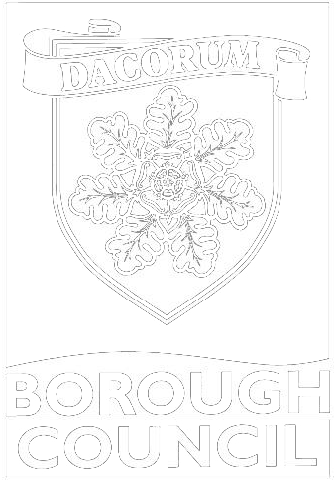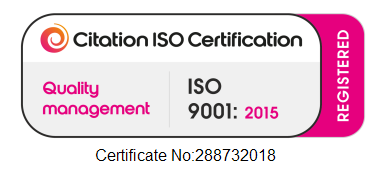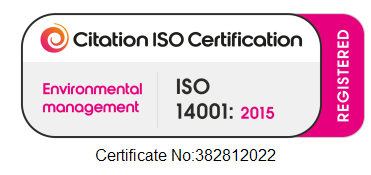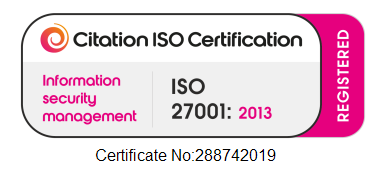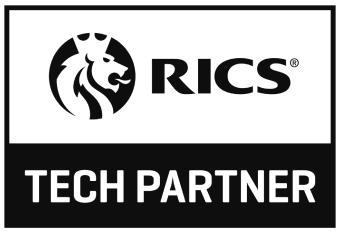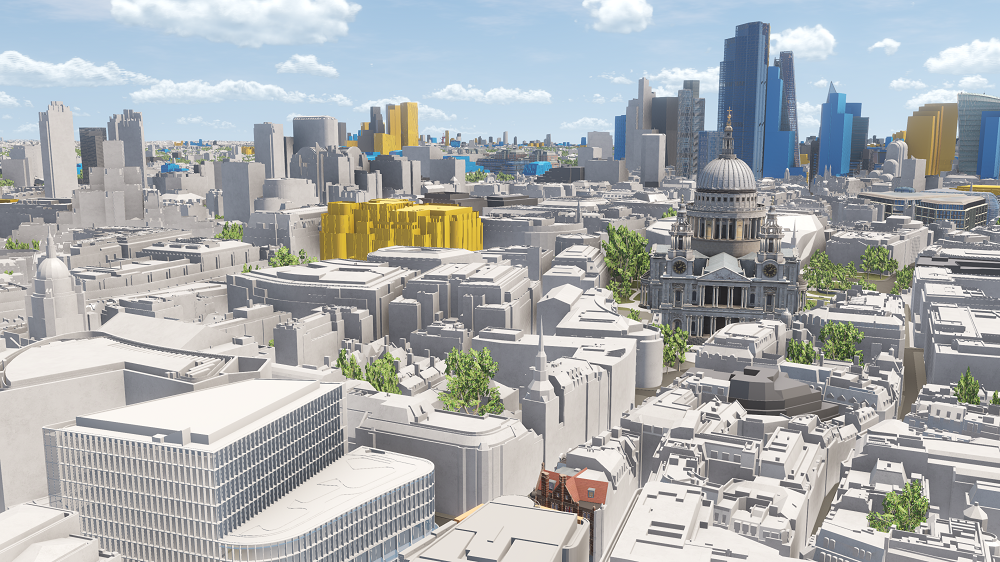
LONDON
VU.CITY London is being rapidly adopted to address fundamental questions around planning and development: what will a development look like, who will it affect, and how?
Our complete 3D digital model of London is helping everyone in design and the planning process organise, visualise and analyse the potential of a development in the clearest and most accessible way, to make the best decision possible for the capital.
The Greater London Authority's (GLA) London Plan sets the city’s planning framework with policies relating to the massing, density and height of new developments. These apply across every borough and a 3D digital platform, such as VU.CITY, can demonstrate the much-needed context and impact of every new project in a visual and easily digestible way.
VU.CITY London is the largest, most accurate interactive model available of the capital, helping the built environment make better, faster and more cost-efficient planning and design decisions about the city’s future. VU.CITY London covers the entire 1,619 sq km to 15cm of accuracy, with a combination of functionality and data.
Over 80% of London boroughs already use VU.CITY: improving pre-app through open, transparent conversations about density and height; giving planning submissions and committees better insight on how a scheme will work in context; and allaying anxieties by helping citizens understand a scheme’s impact and merits in public consultations.
Architects such as Foster + Partners, BDP, Allford Hall Monaghan Morris, Bennetts Associates and Farrells have also seen the many benefits of using VU.CITY on projects. VU.CITY London has helped them improve communications with clients, win contracts, and create an inclusive narrative with all stakeholders – local authorities, project teams, politicians and communities – on how schemes will work and succeed.
VU.CITY LONDON: HIGHLIGHTS

Consented Schemes Timeline
Realise a site’s potential by viewing and assessing recently consented developments across London

Test Massing
Assess multiple initial massing options at an early stage and GEA potential quickly.

Import Designs
Easily import your designs from external 3D software (such as Revit, Rhino, SketchUp & 3ds Max) into the model of London and test how they will work in situ.

Sunlight Analysis
Quickly view and assess the initial impact of light from your proposed developments.

Camera Studies and Presenter Tool
Conduct high-level townscape and visual impact assessments. Agree on key views to analyse further. Select key views and confidentially present your proposals to take stakeholder on the journey of design.

Zone of Theoretical Visibility
Save time by eliminating unnecessary views for analysis. Understand where your scheme can be seen from and which views are critical to assess.

Annotate with Tags
Mark up comments and actions and easily collaborate on a site or scheme with project team members.

Scope, Design & Collaborate
VU.CITY's project collaboration space, the Hub, allows you to seamlessly communicate with stakeholders, to make better design & planning decisions, faster.

London View Management Framework
There are some important views across London, from parks and other public spaces that take in important buildings. These important views are visualized in VU.CITY London so you design schemes in these areas with clarity on height restrictions.
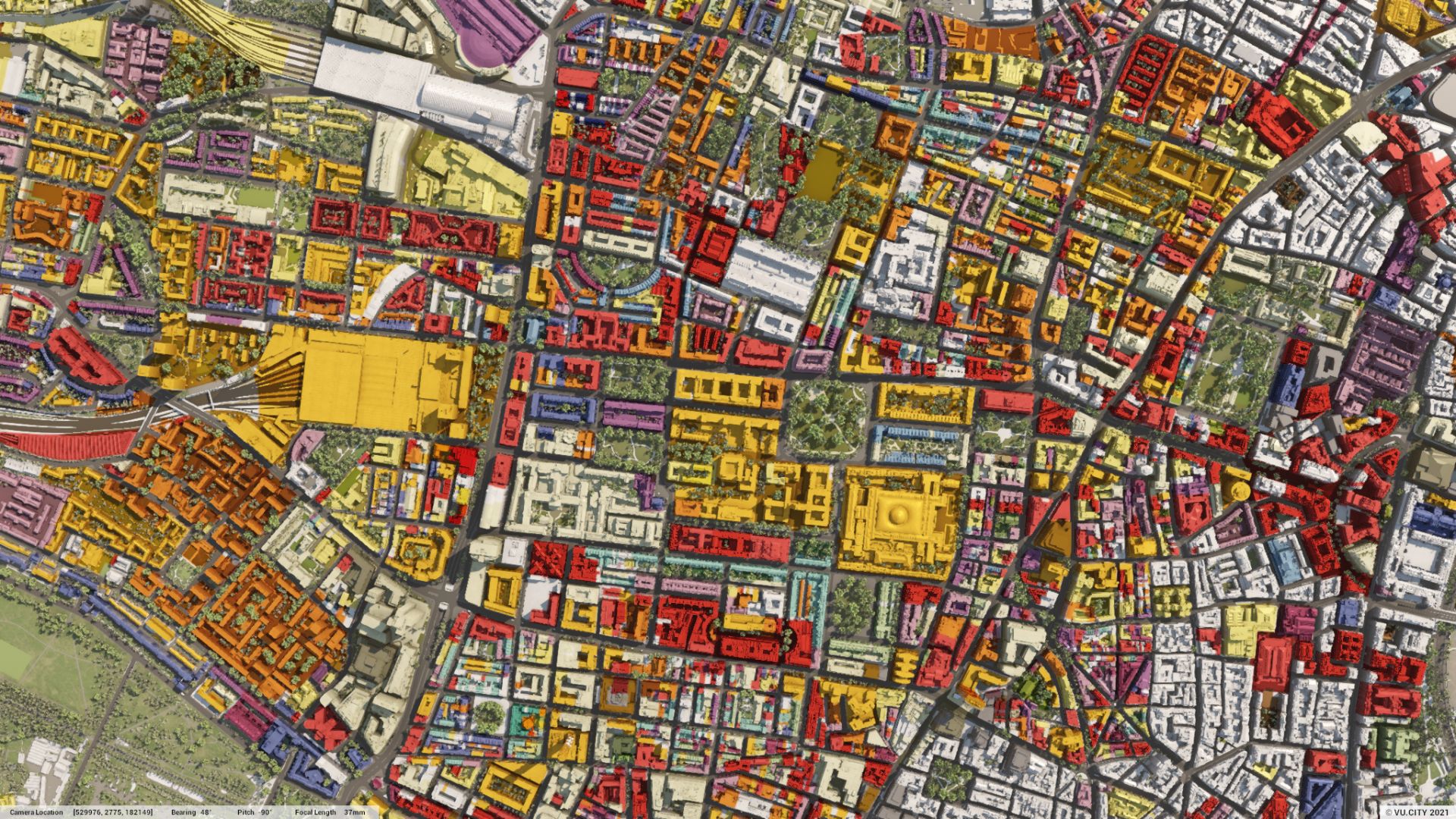
Data Layers

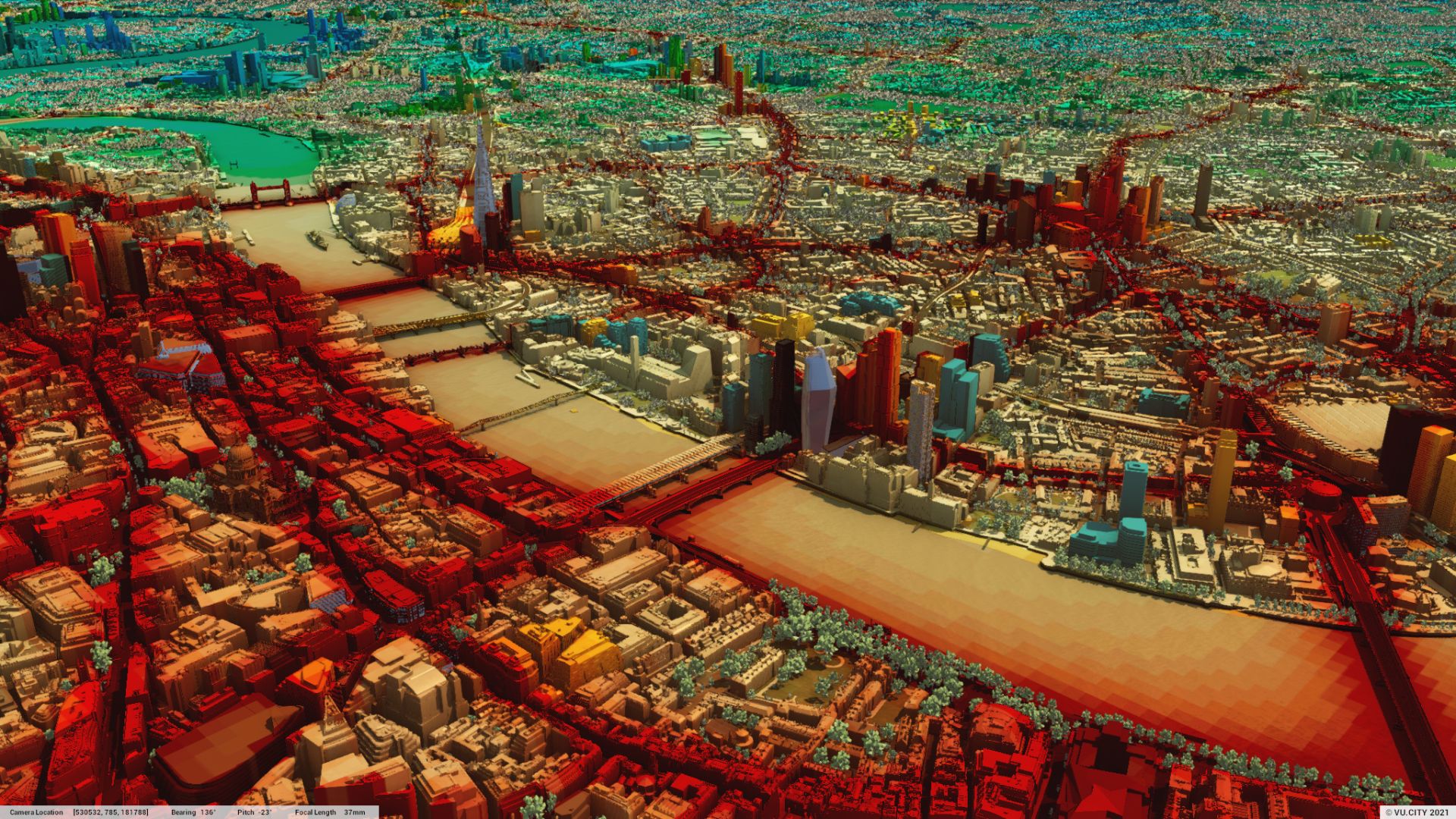
Data Layers

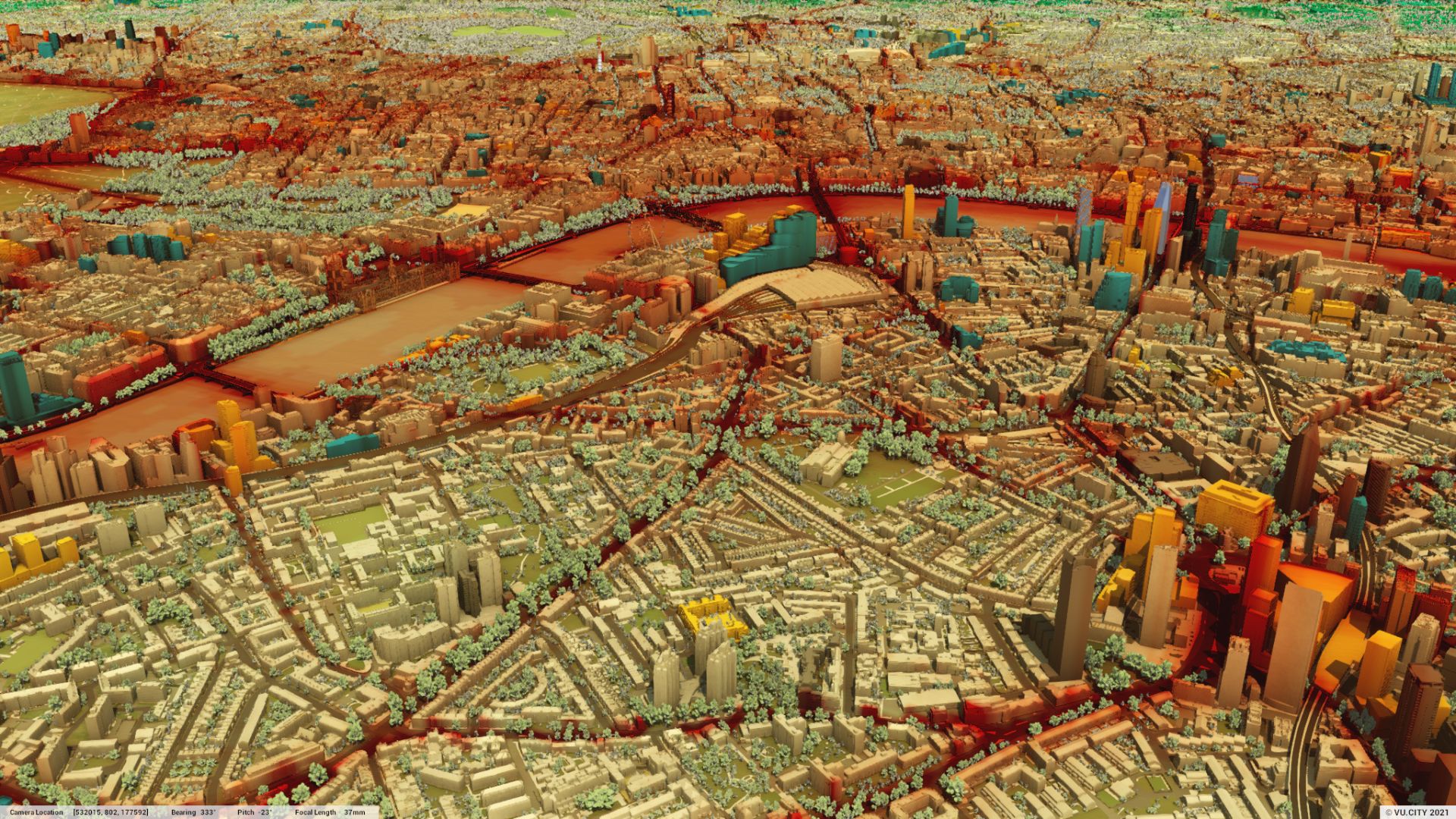
Data Layers

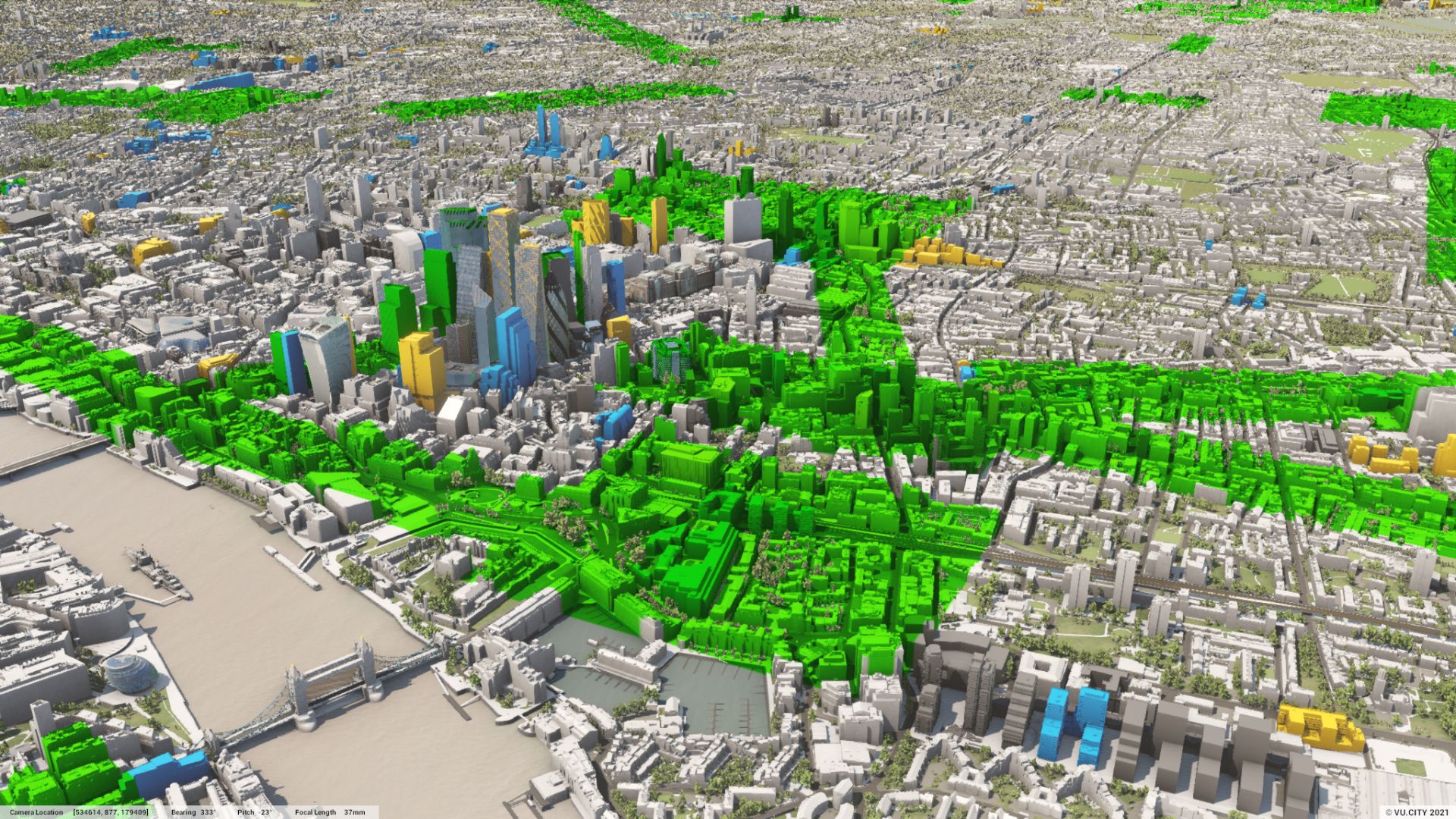
Data Layers

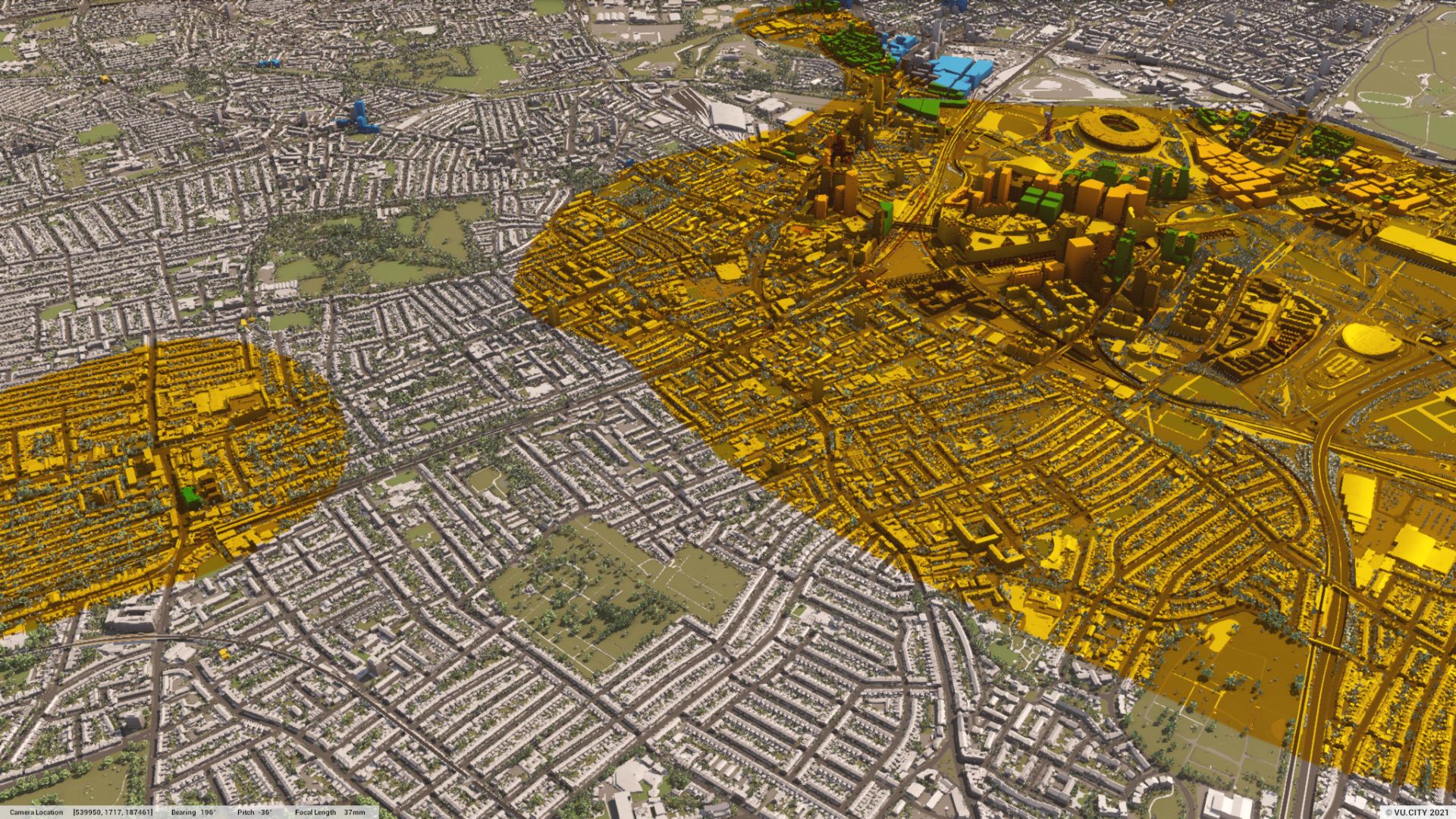
Data Layers

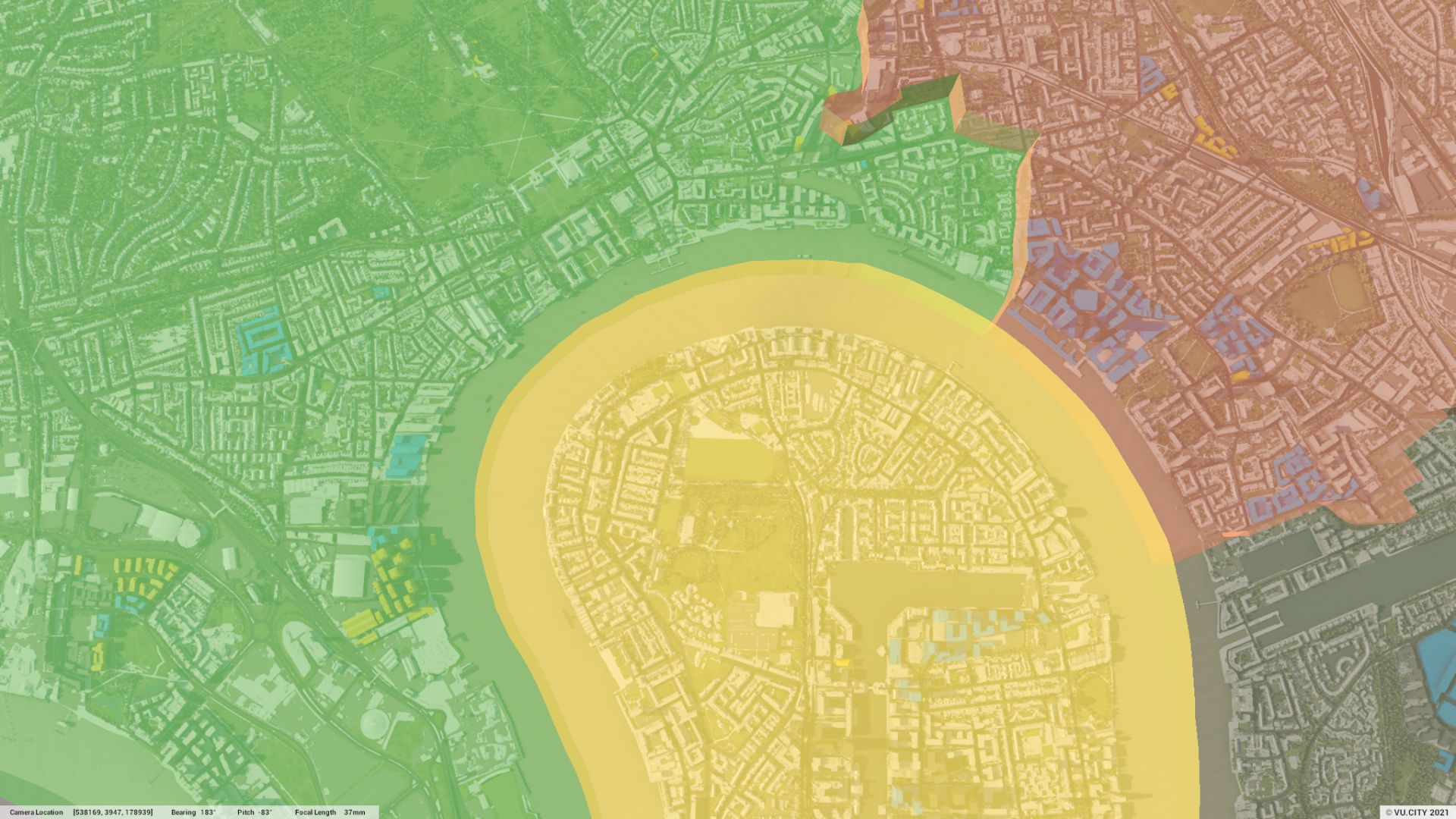
Data Layers

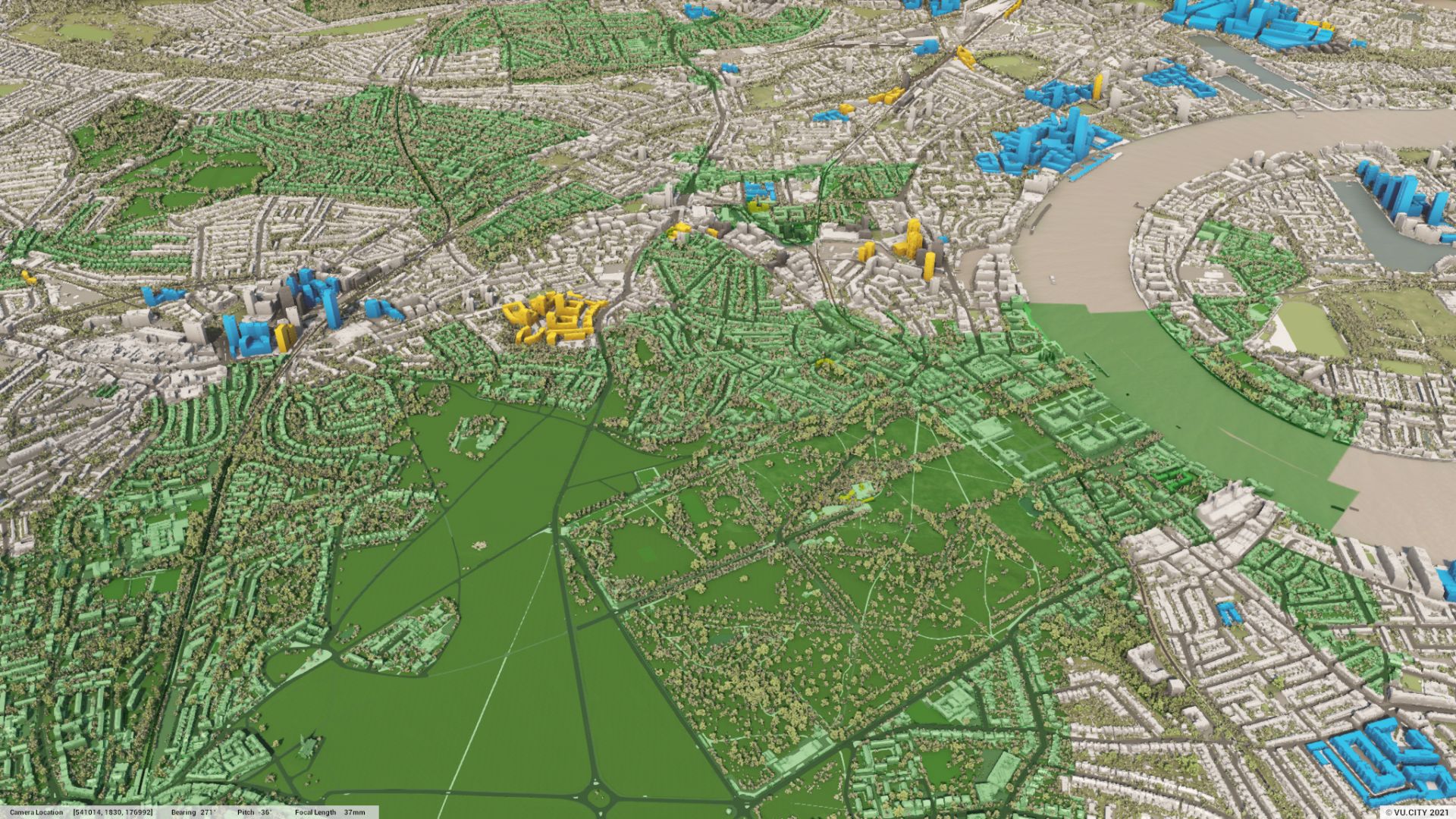
Data Layers

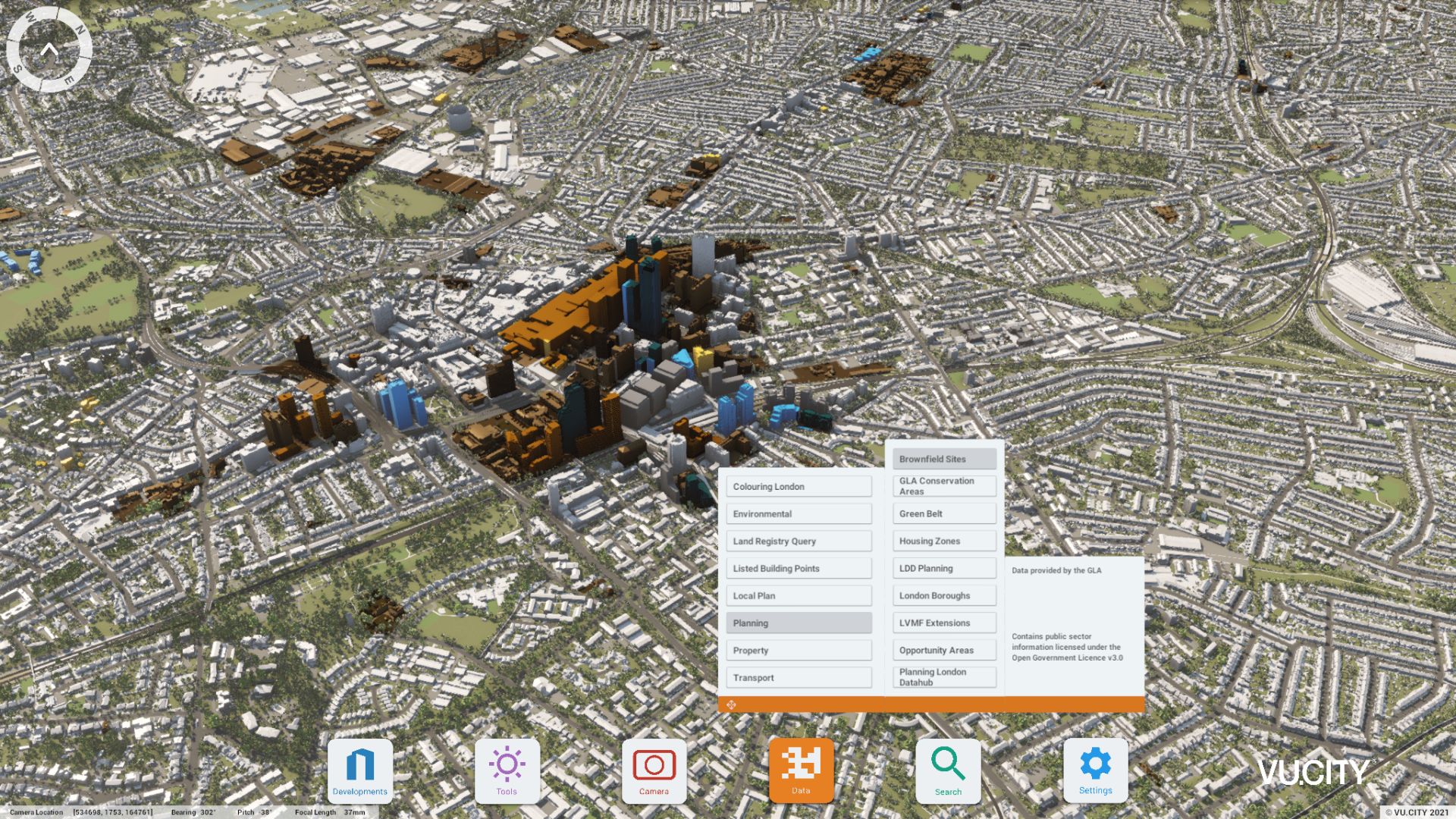
Data Layers

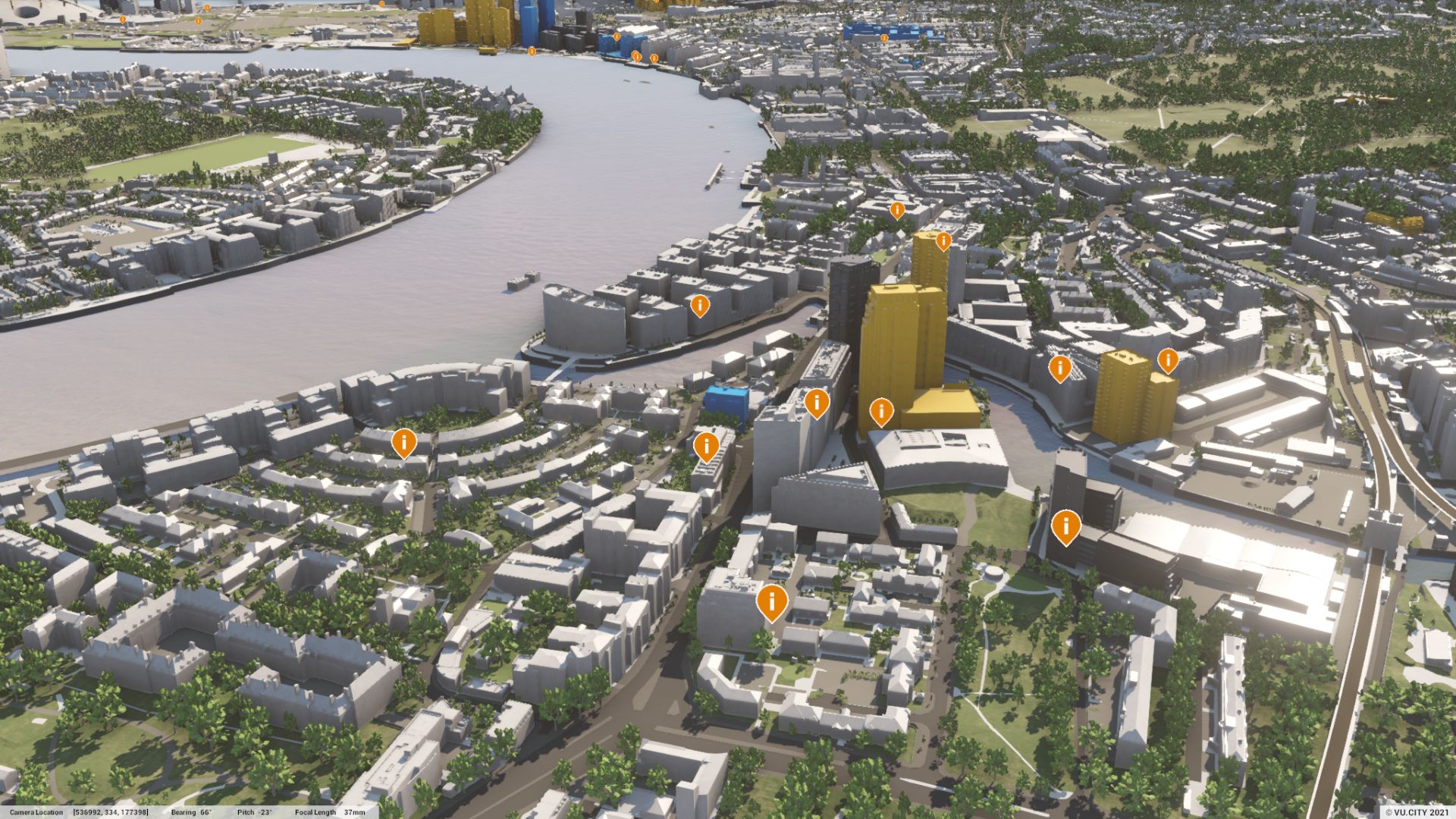
Data Layers

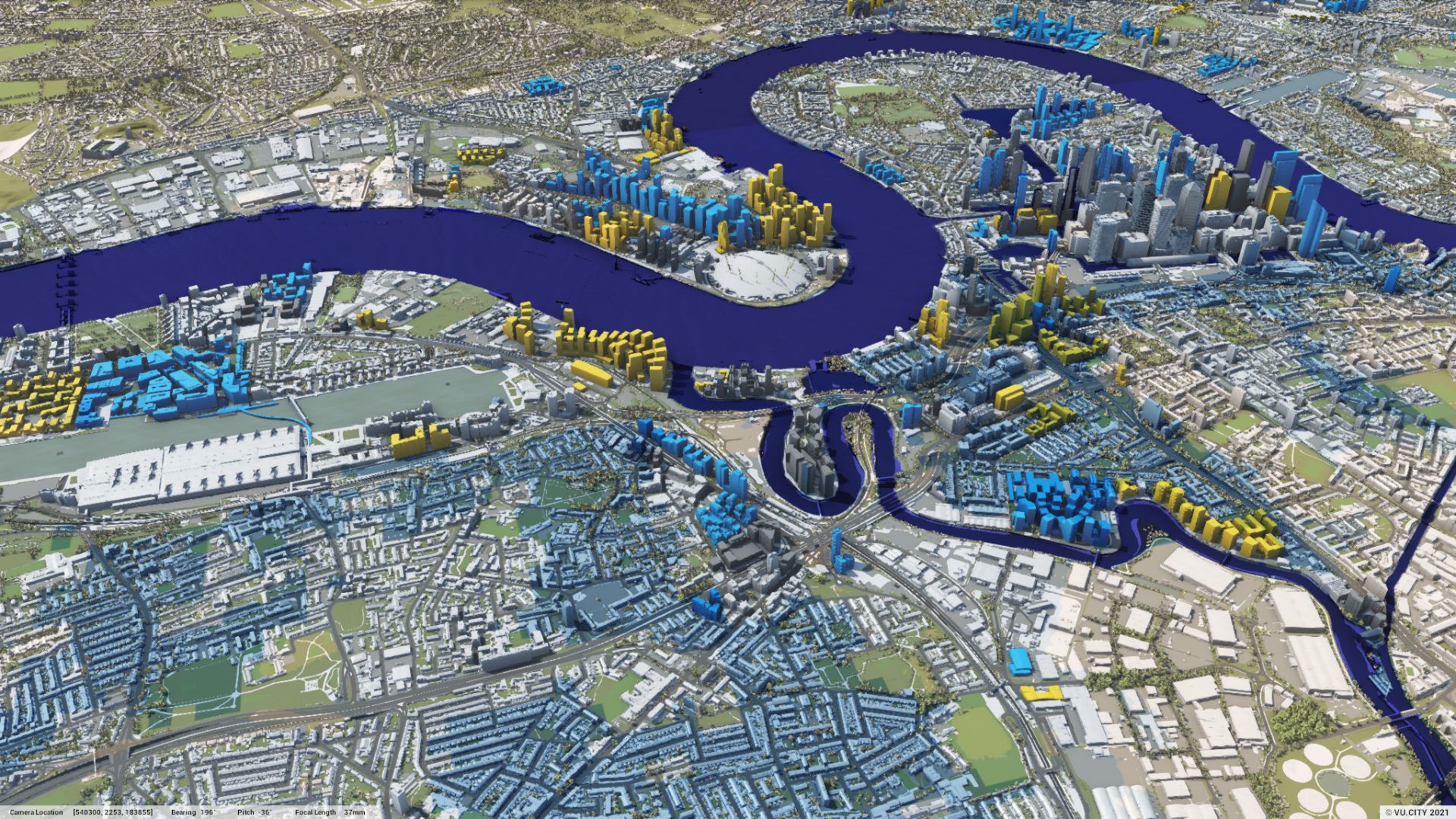
Data Layers

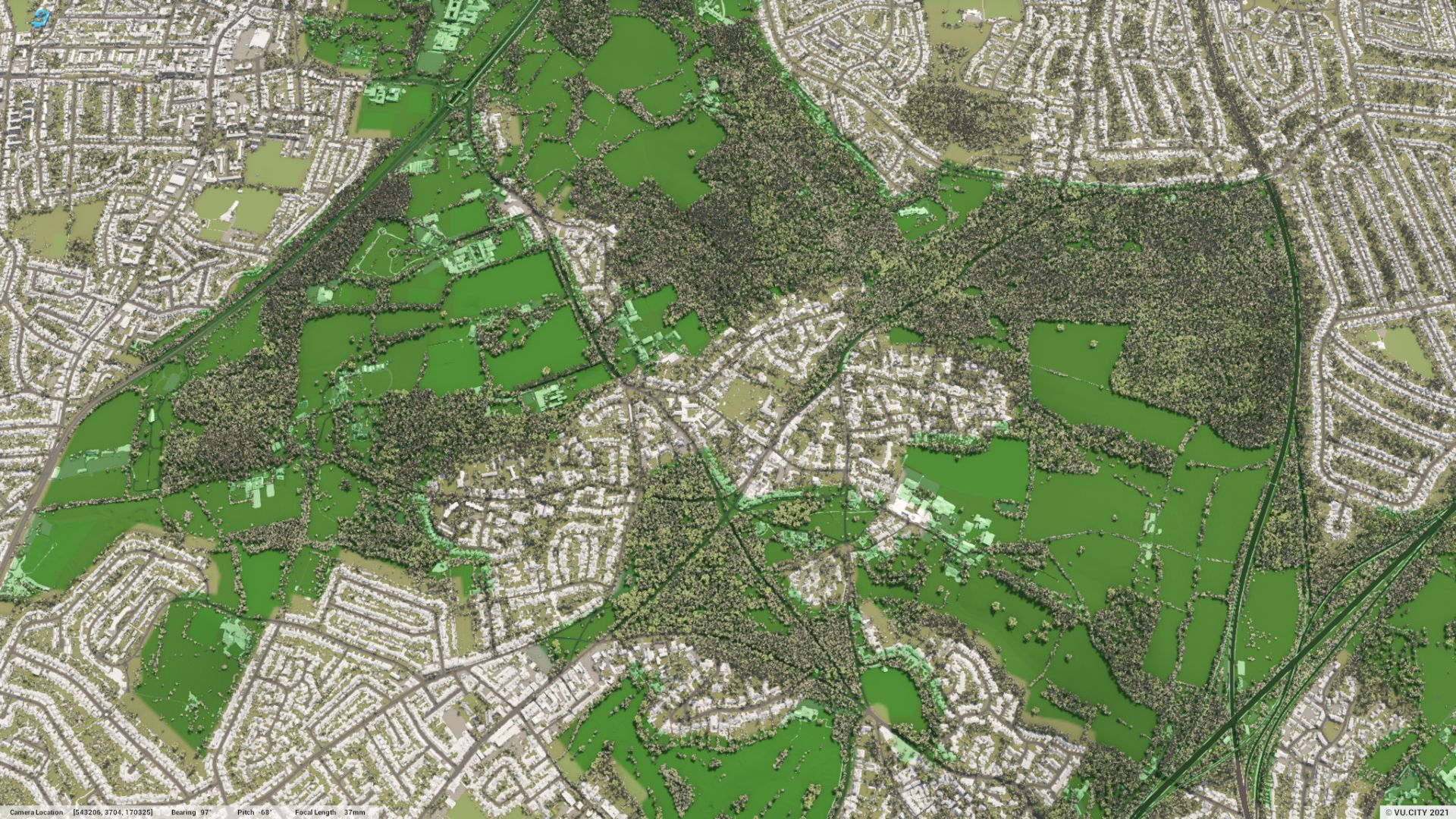
Data Layers

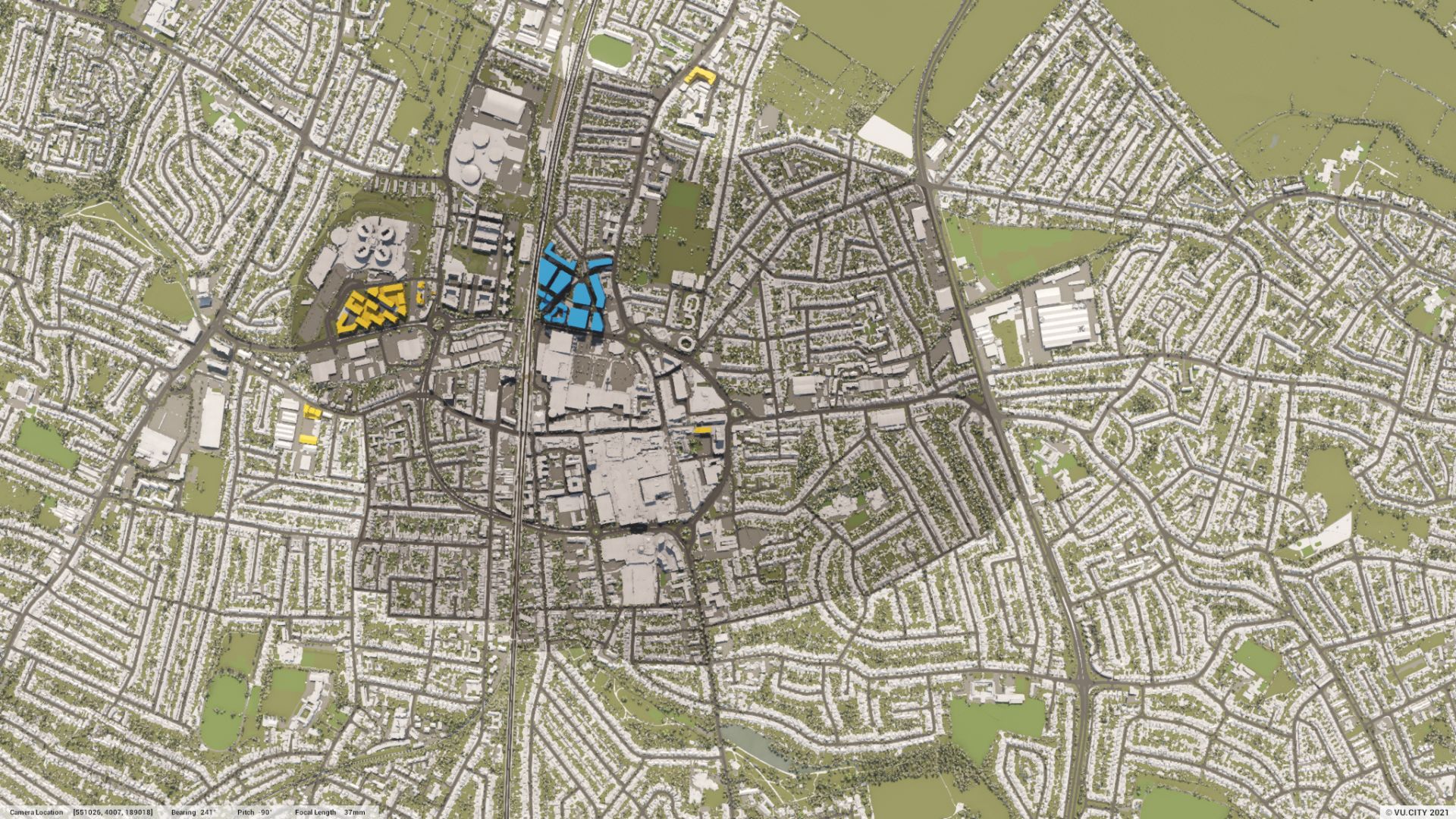
Data Layers

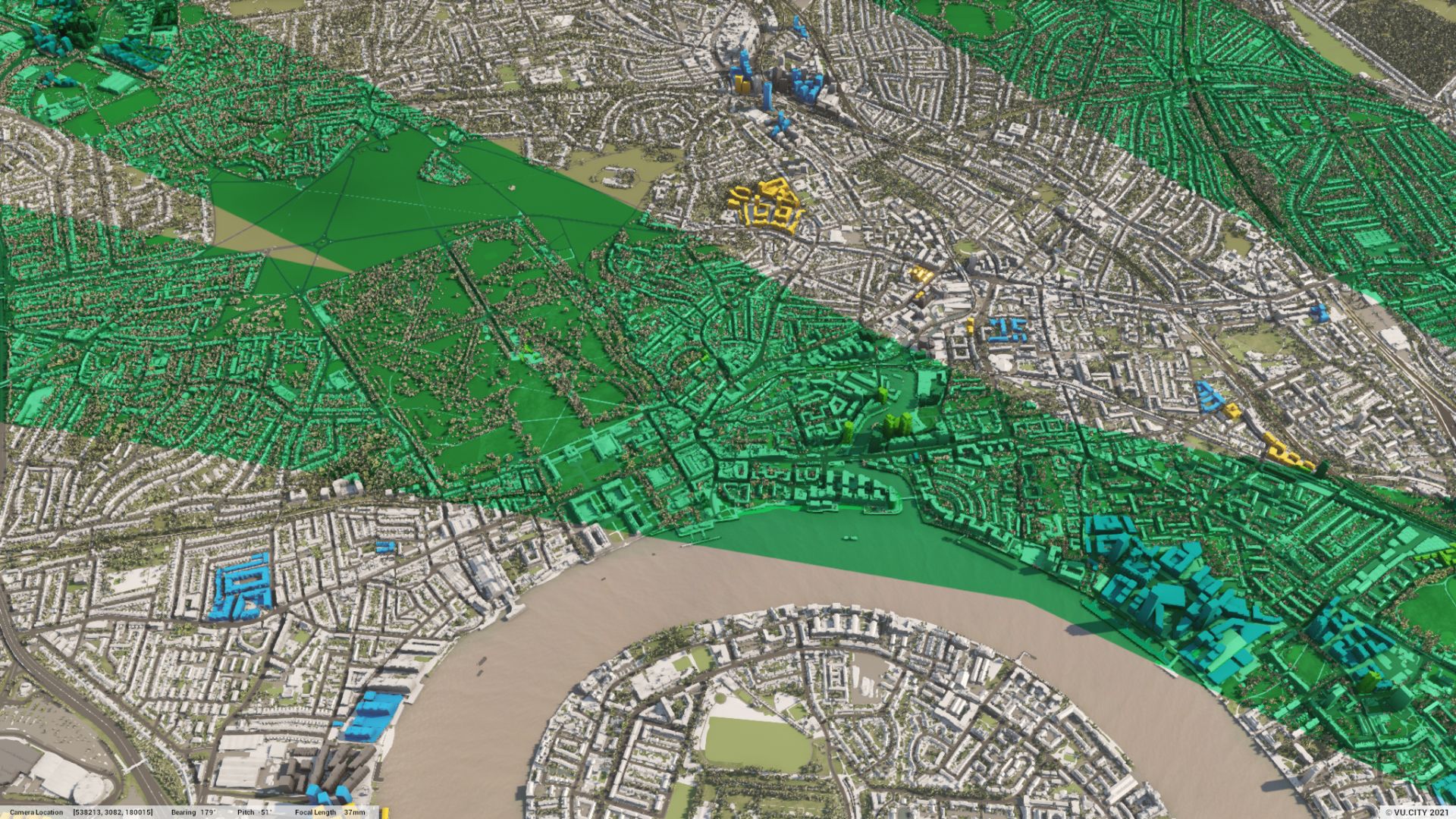
Data Layers

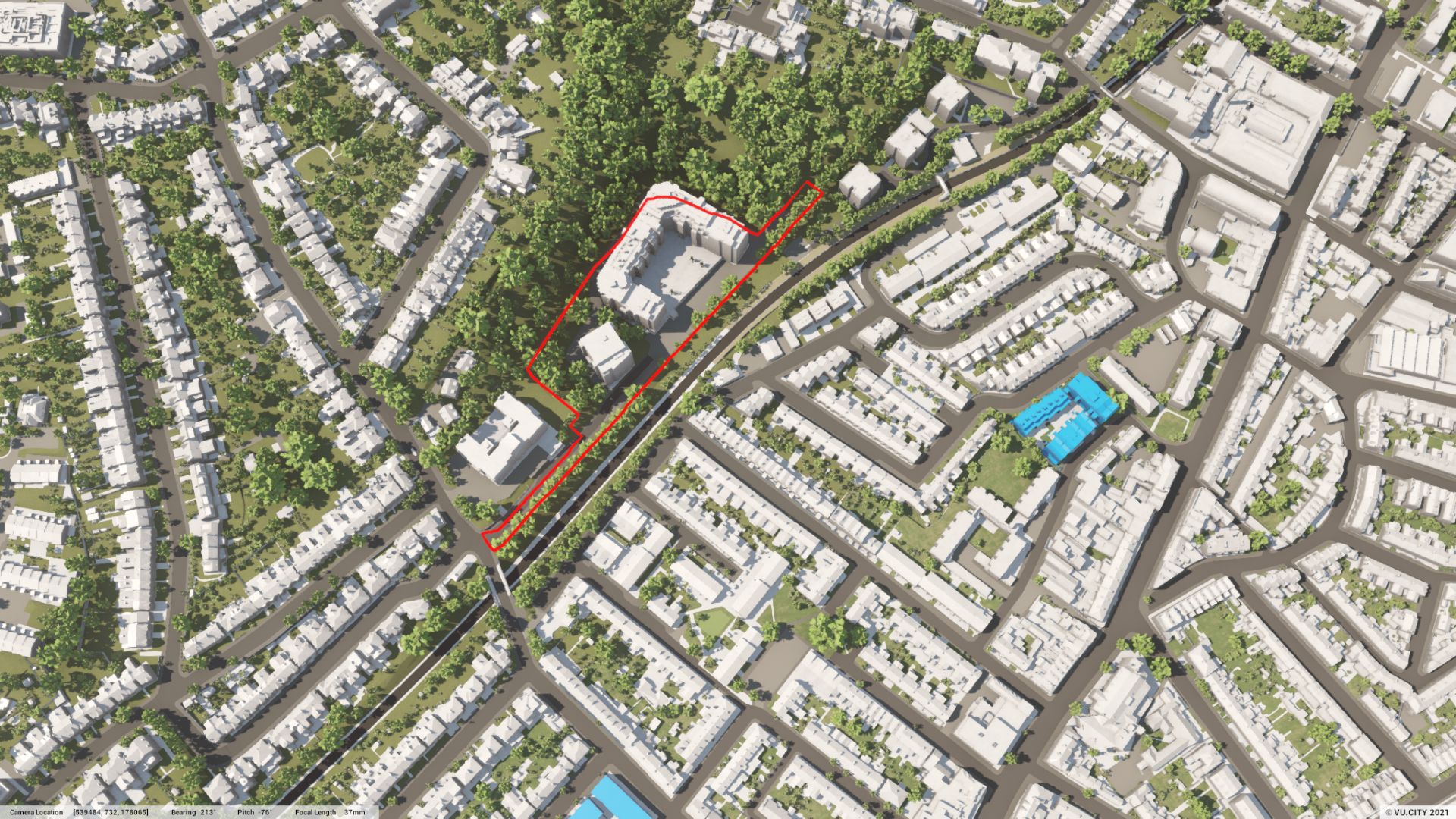
Data Layers

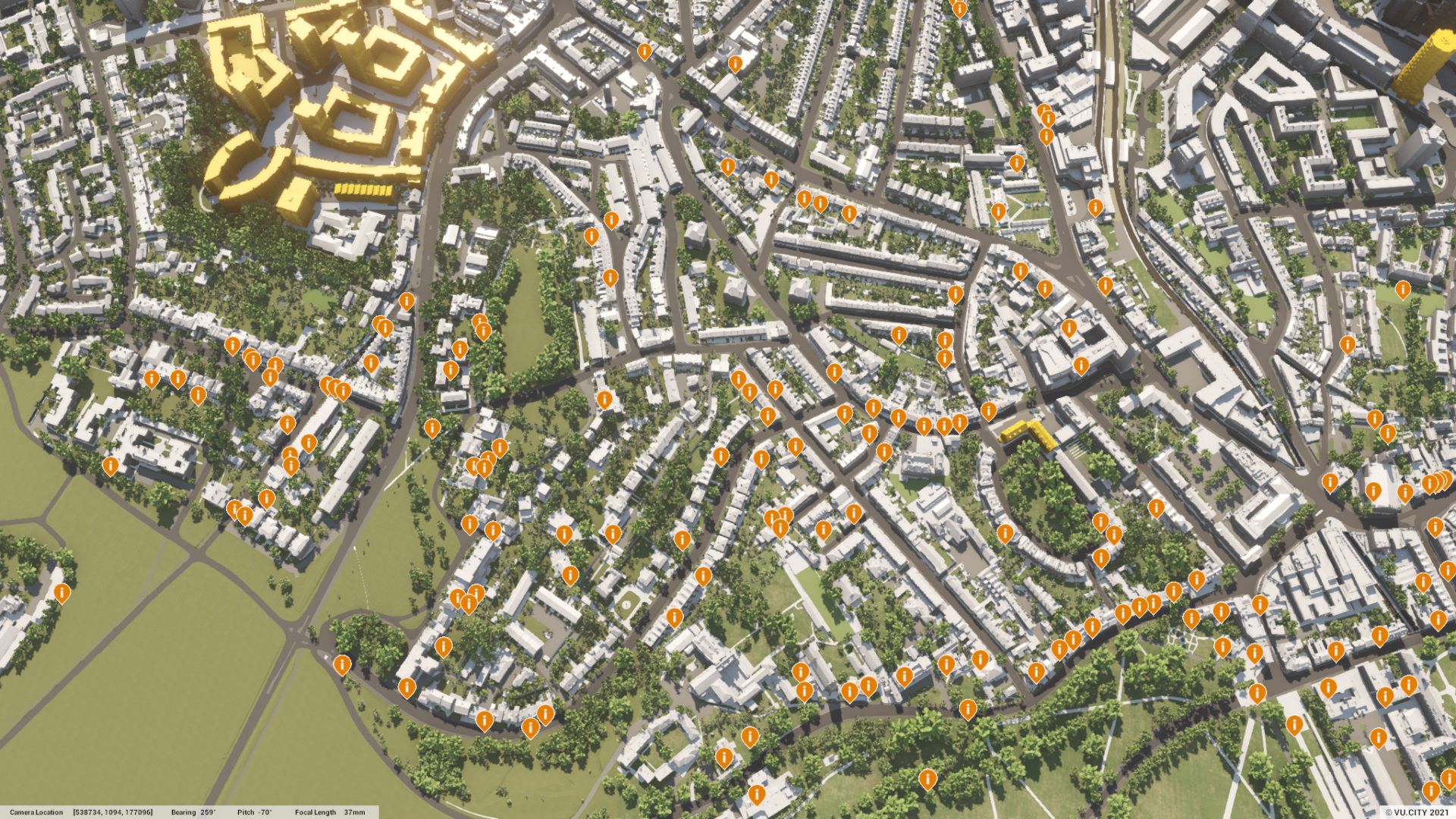
Data Layers

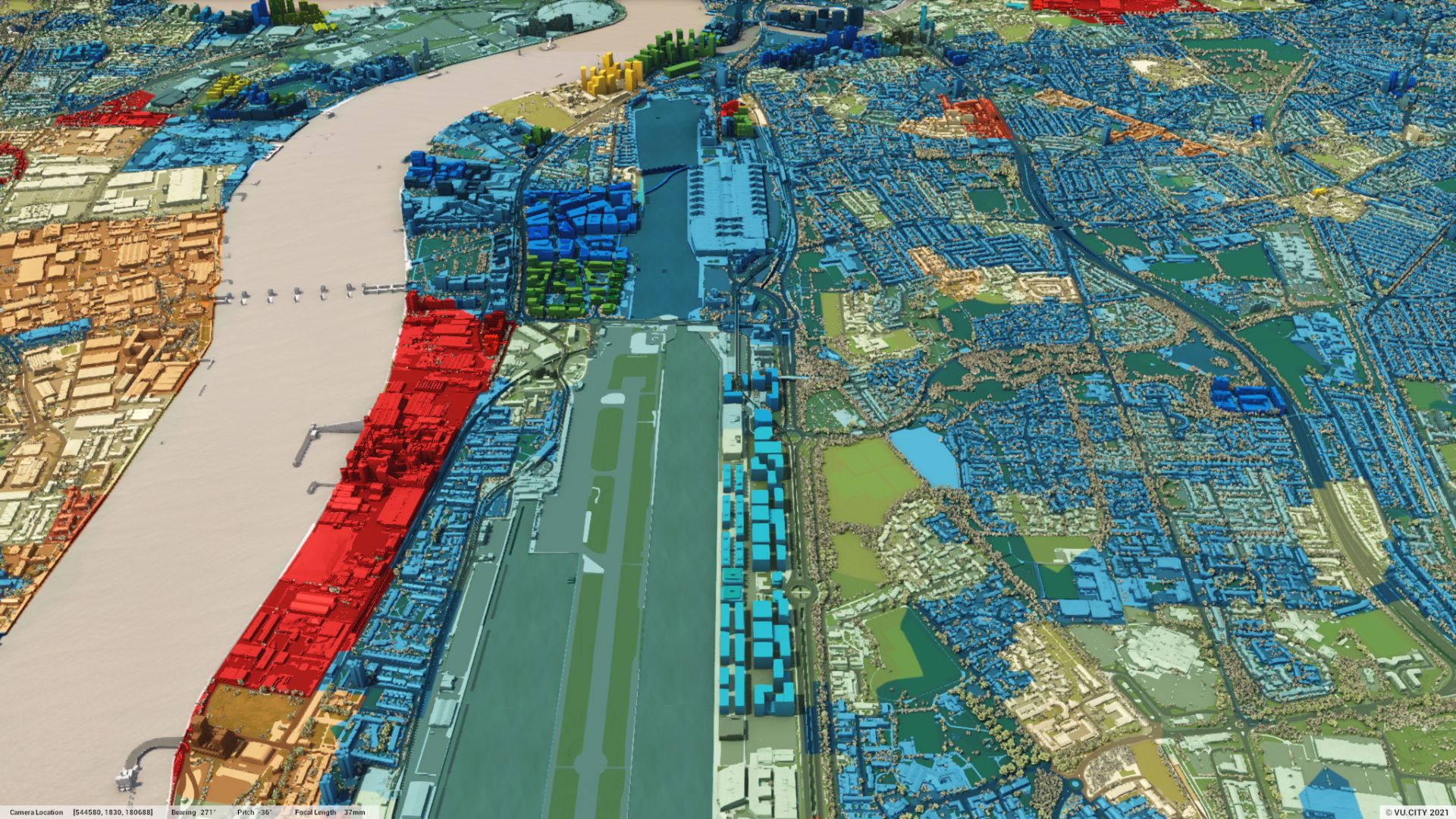
Data Layers

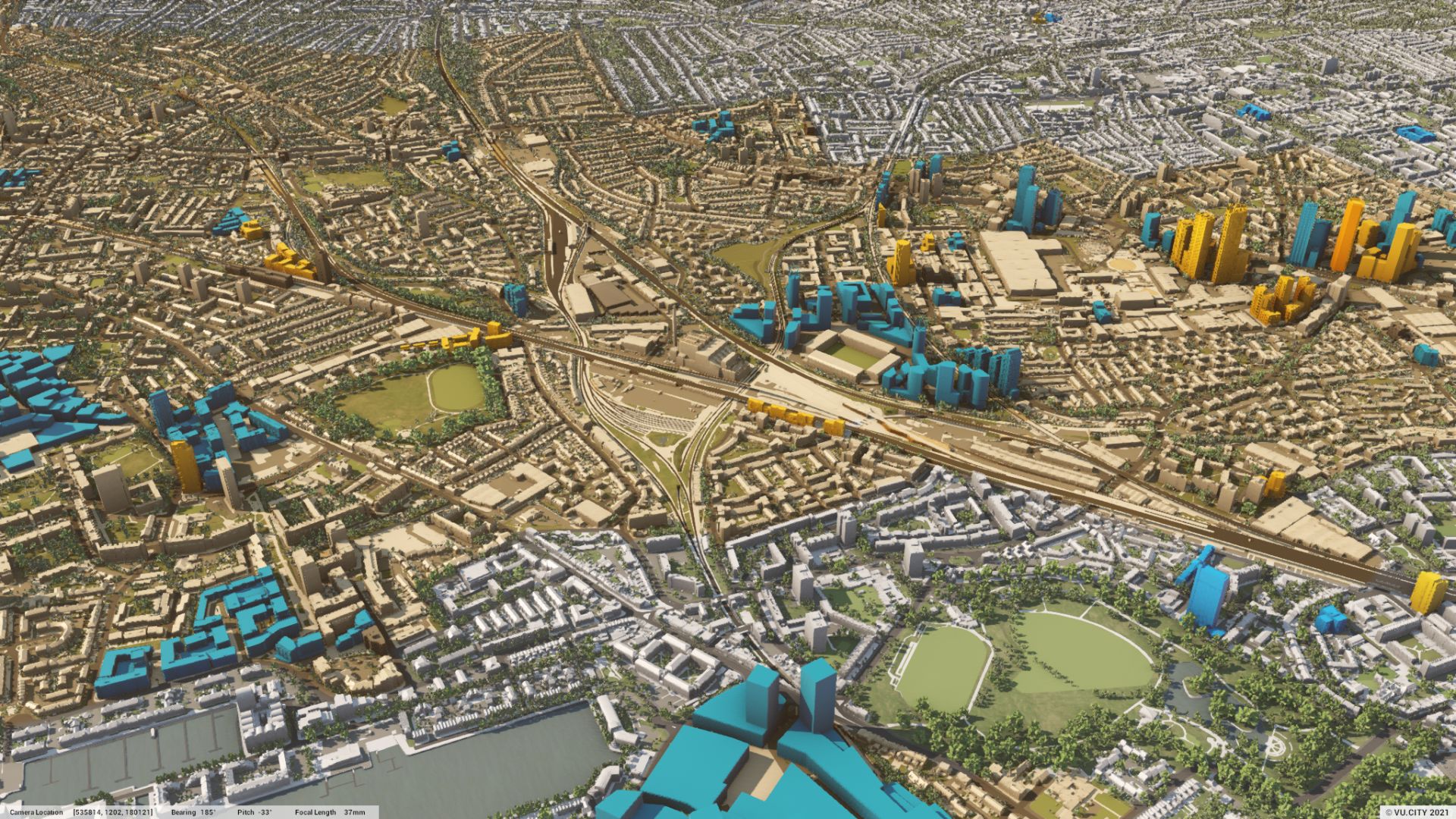
Data Layers

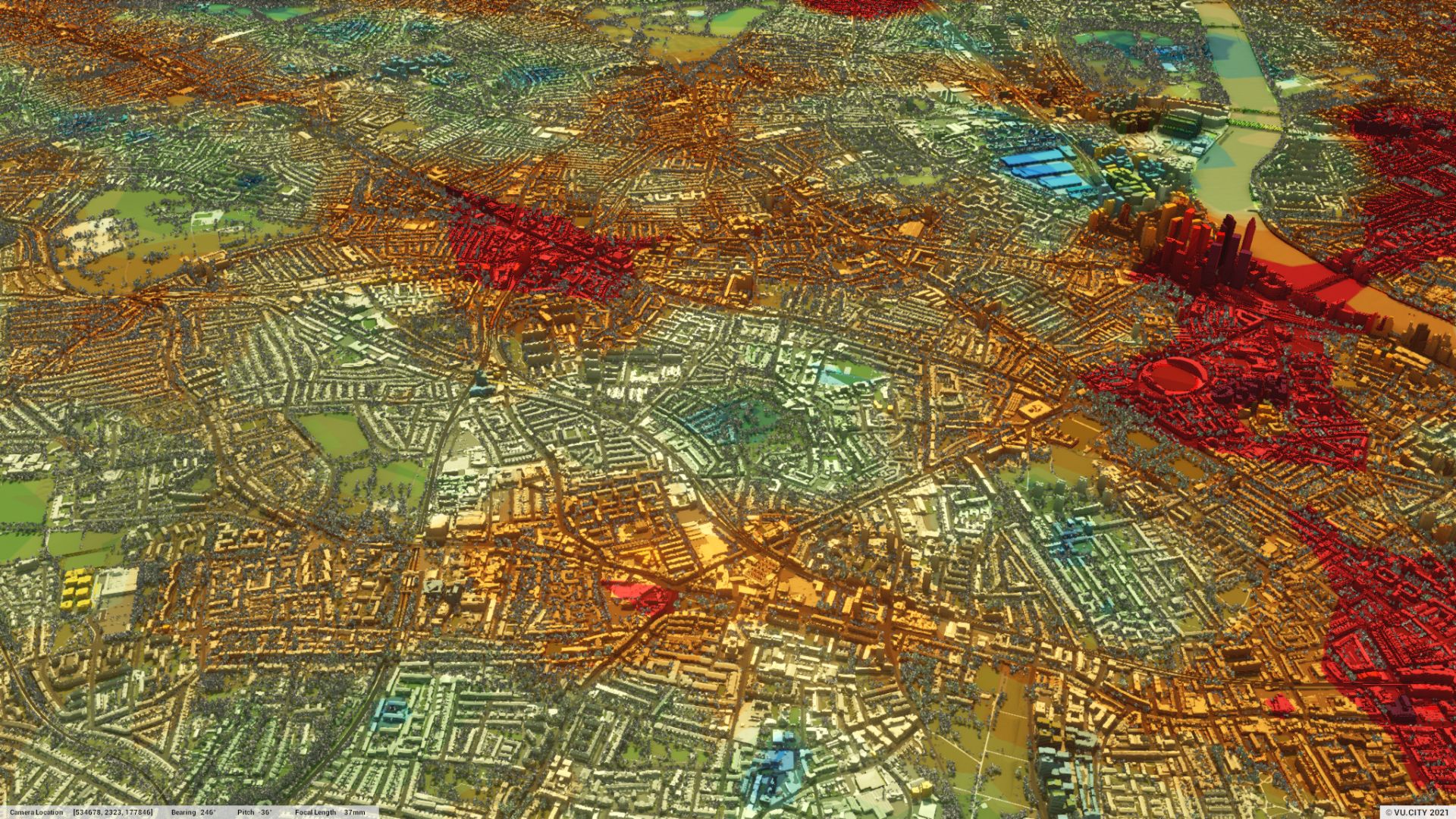
Data Layers

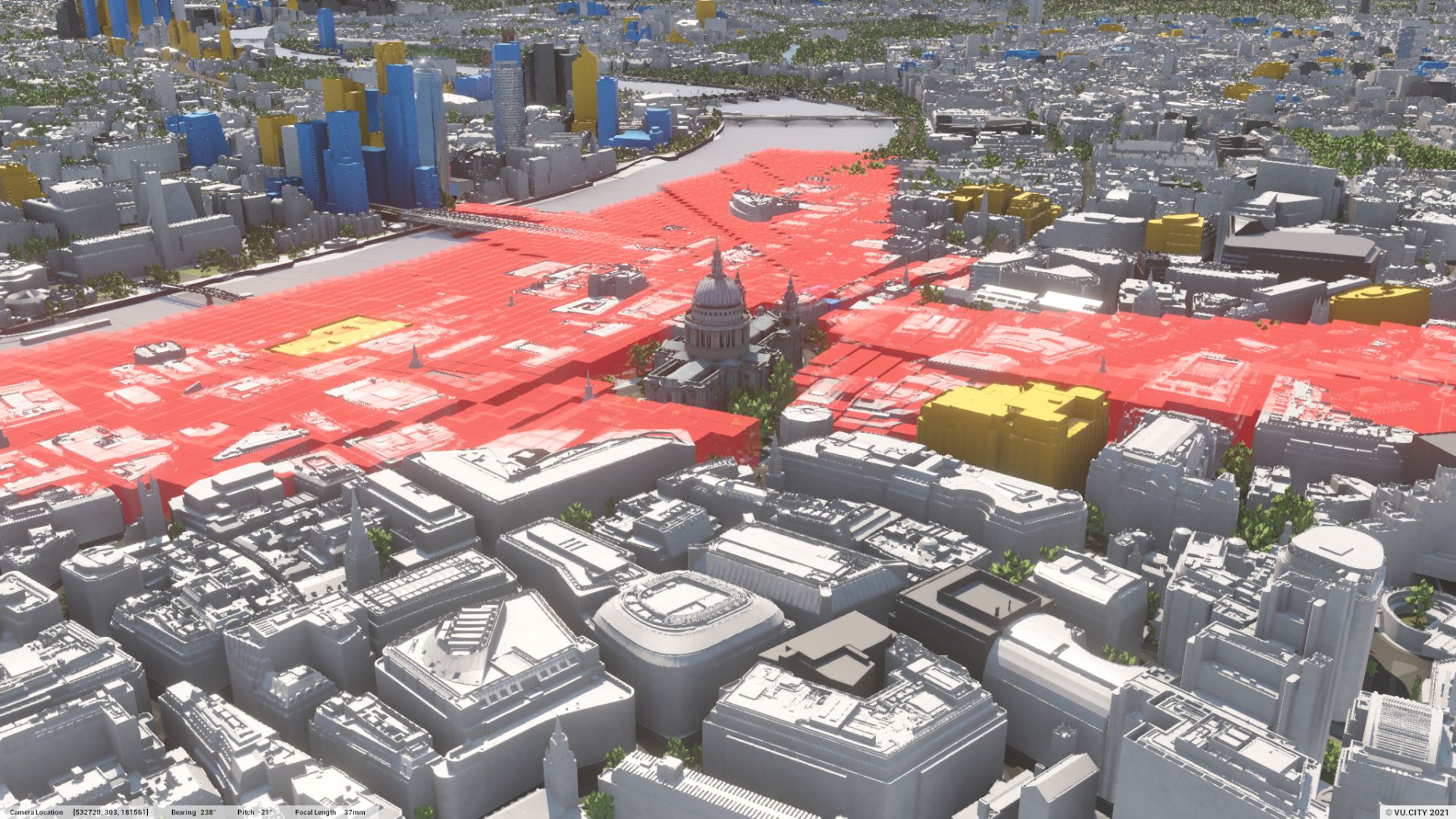
Data Layers

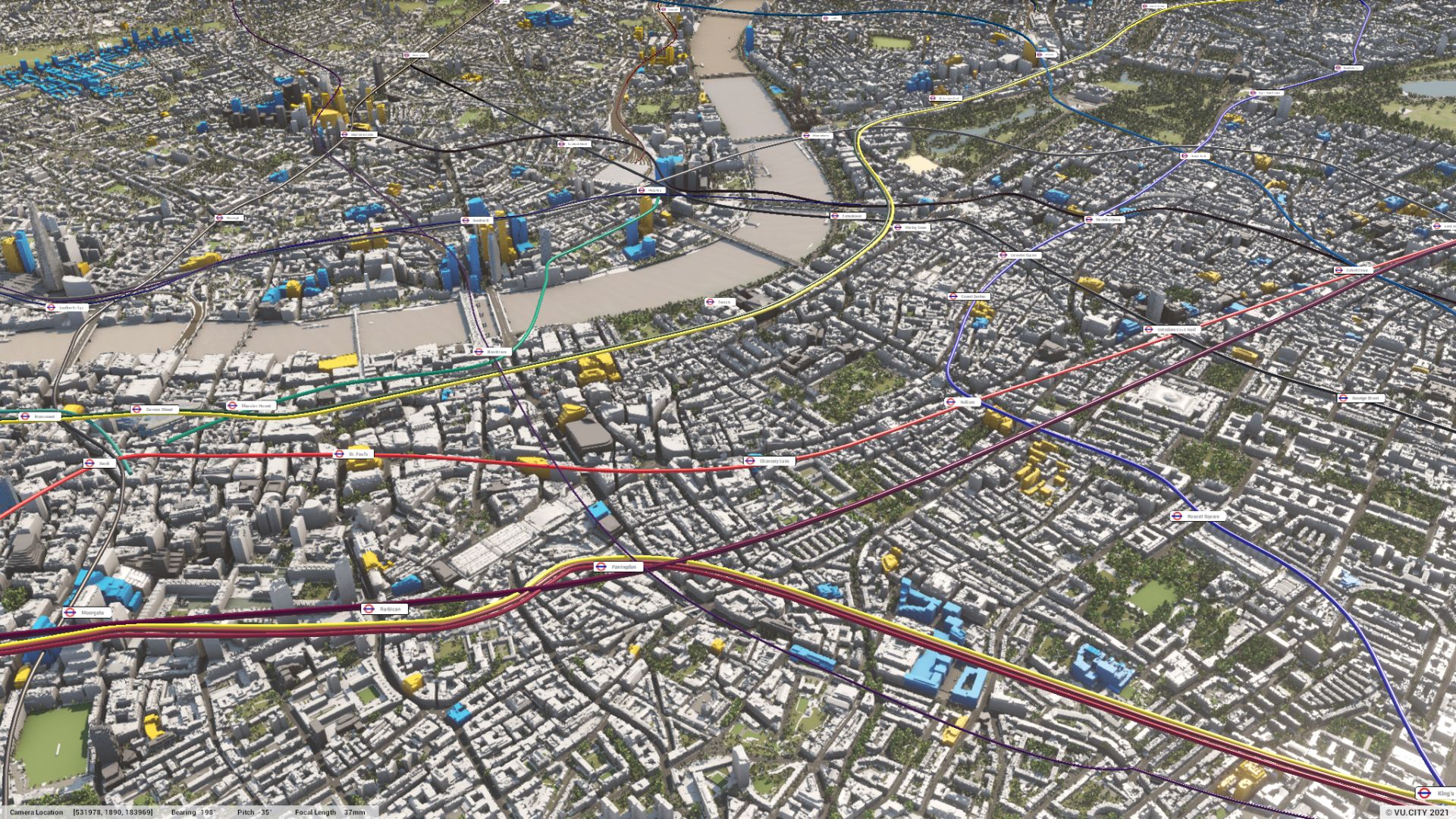
Data Layers

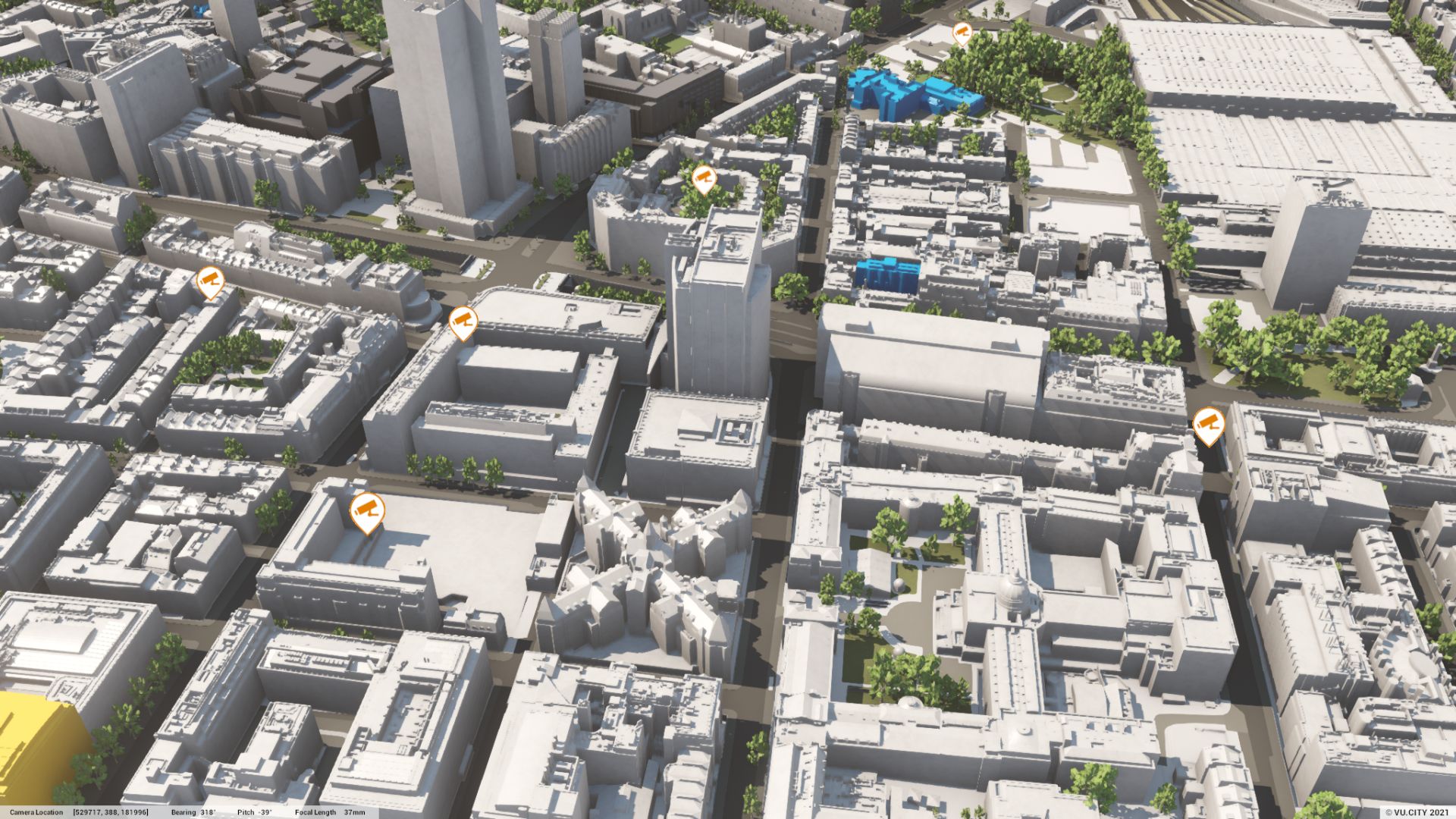
Data Layers

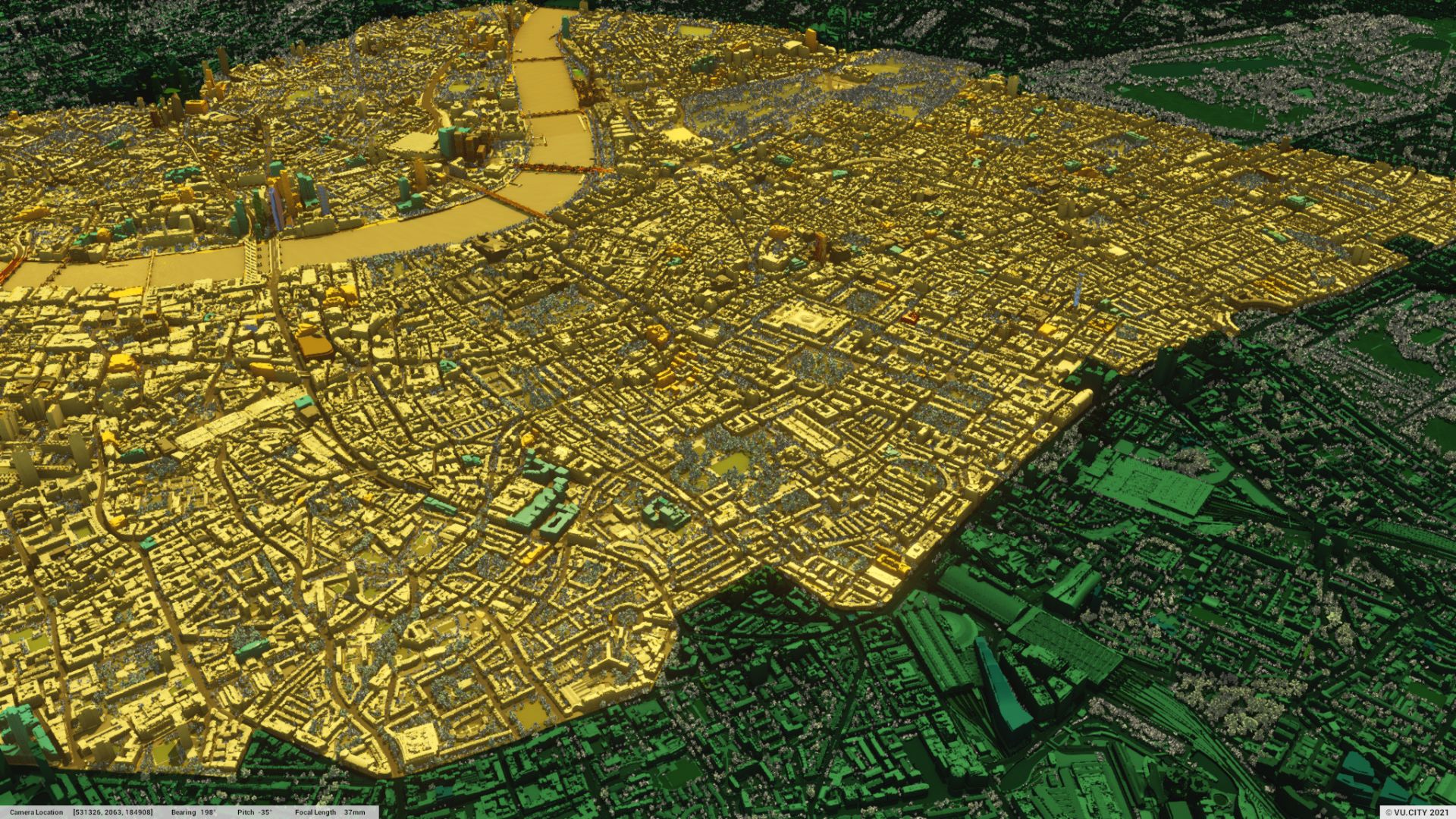
Data Layers

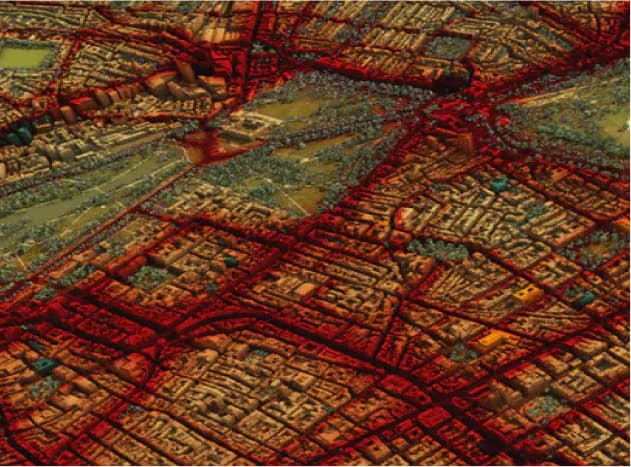
Data Layers

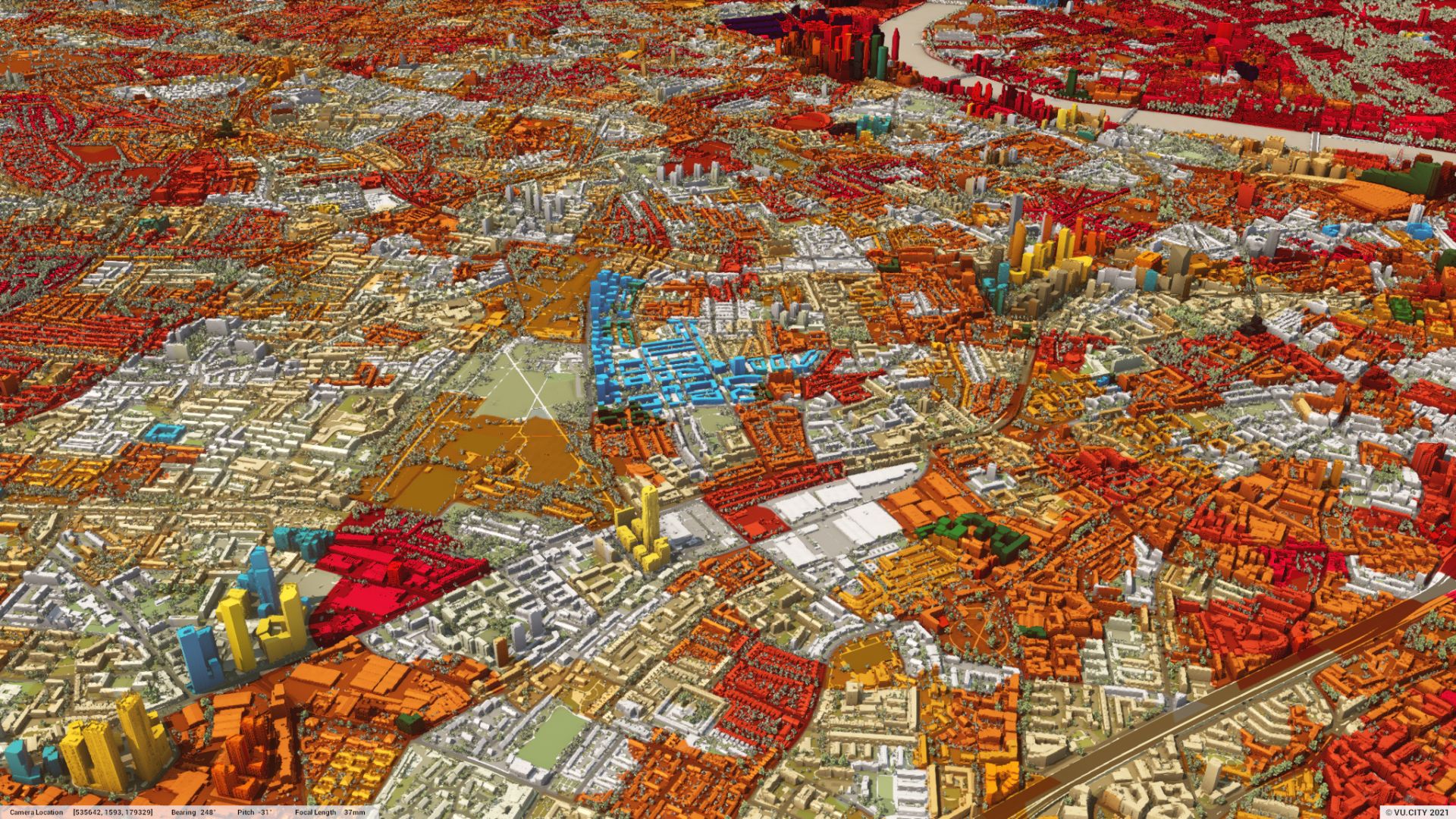
Data Layers

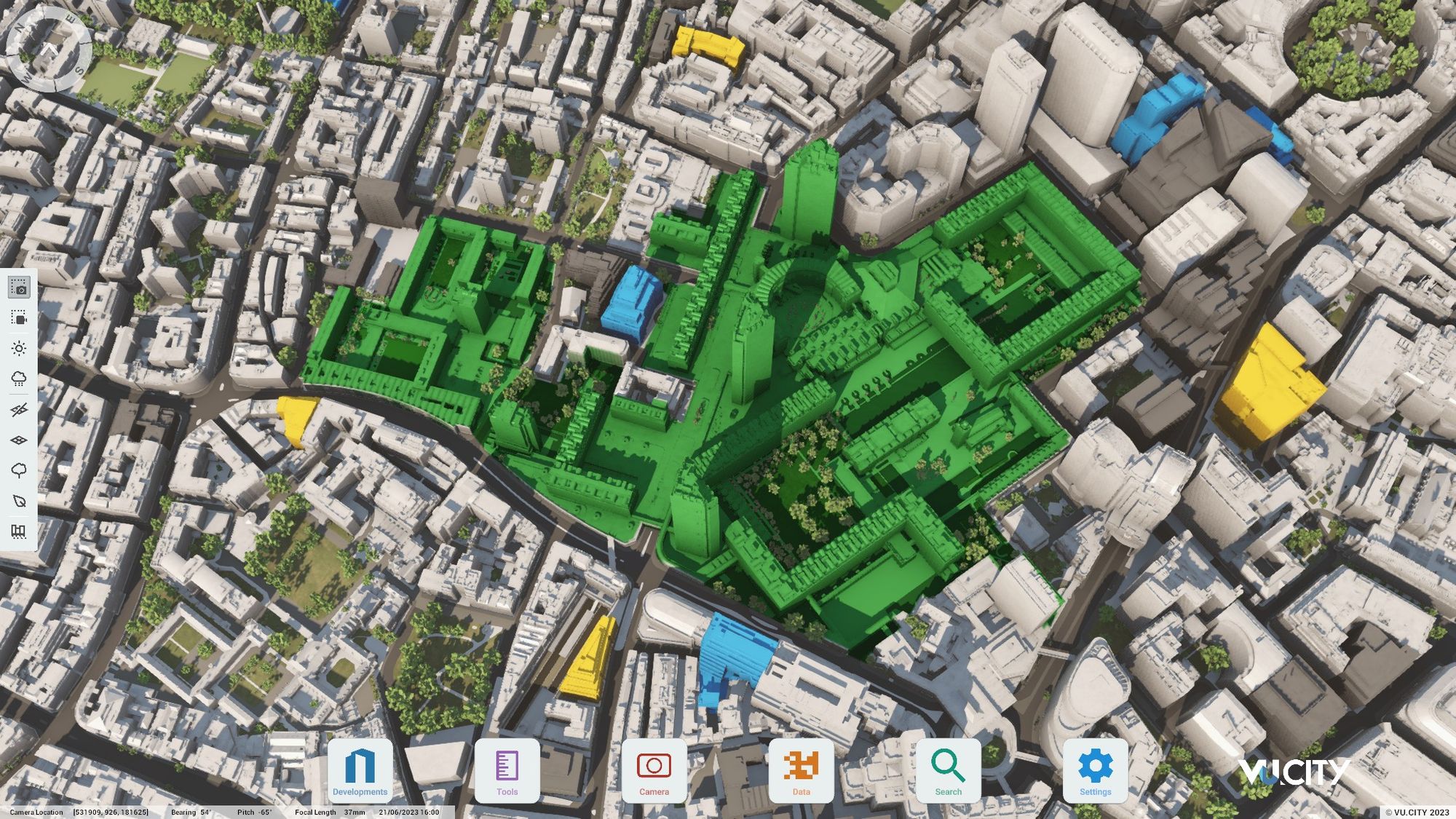
Data Layers

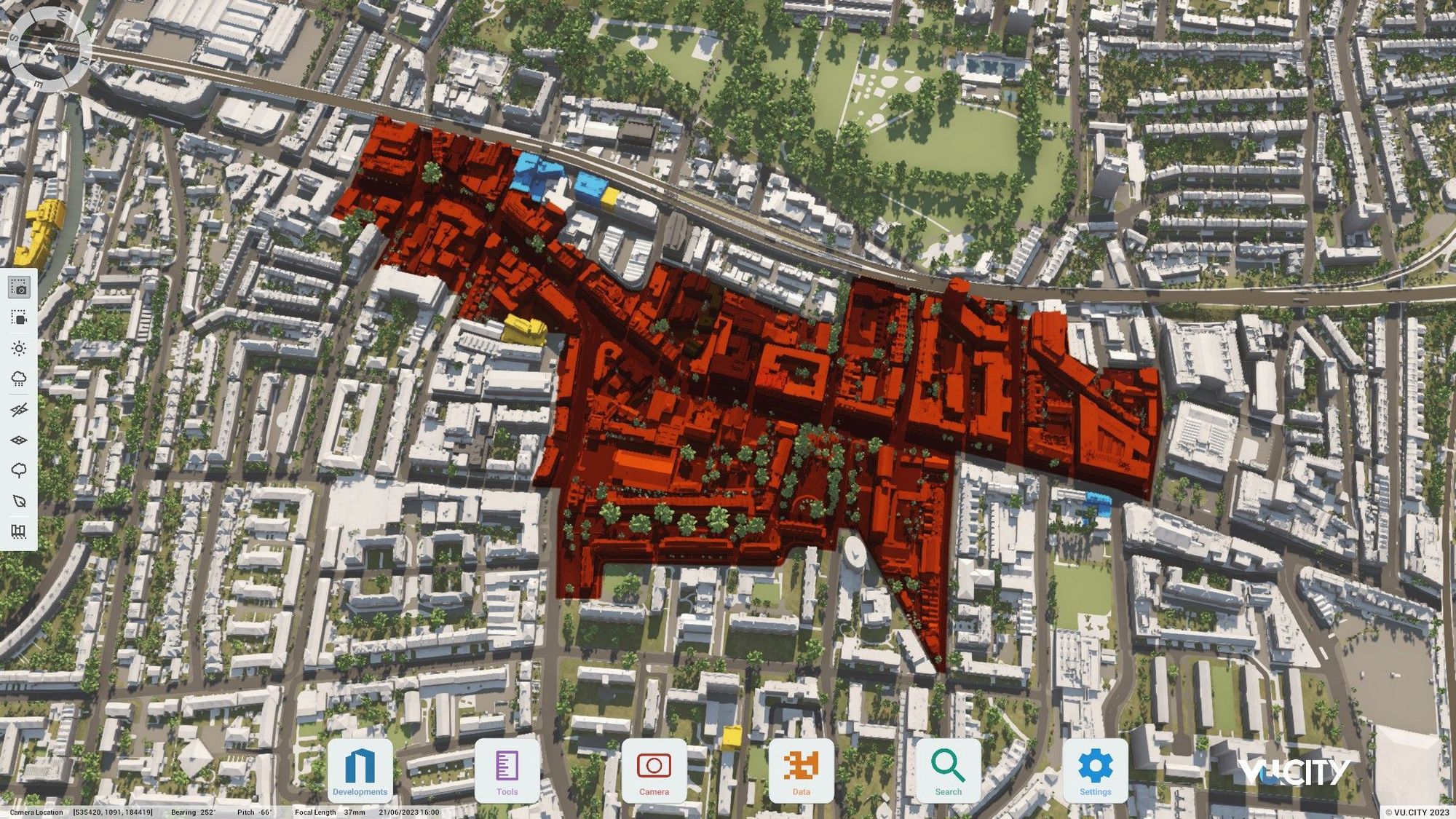
Data Layers

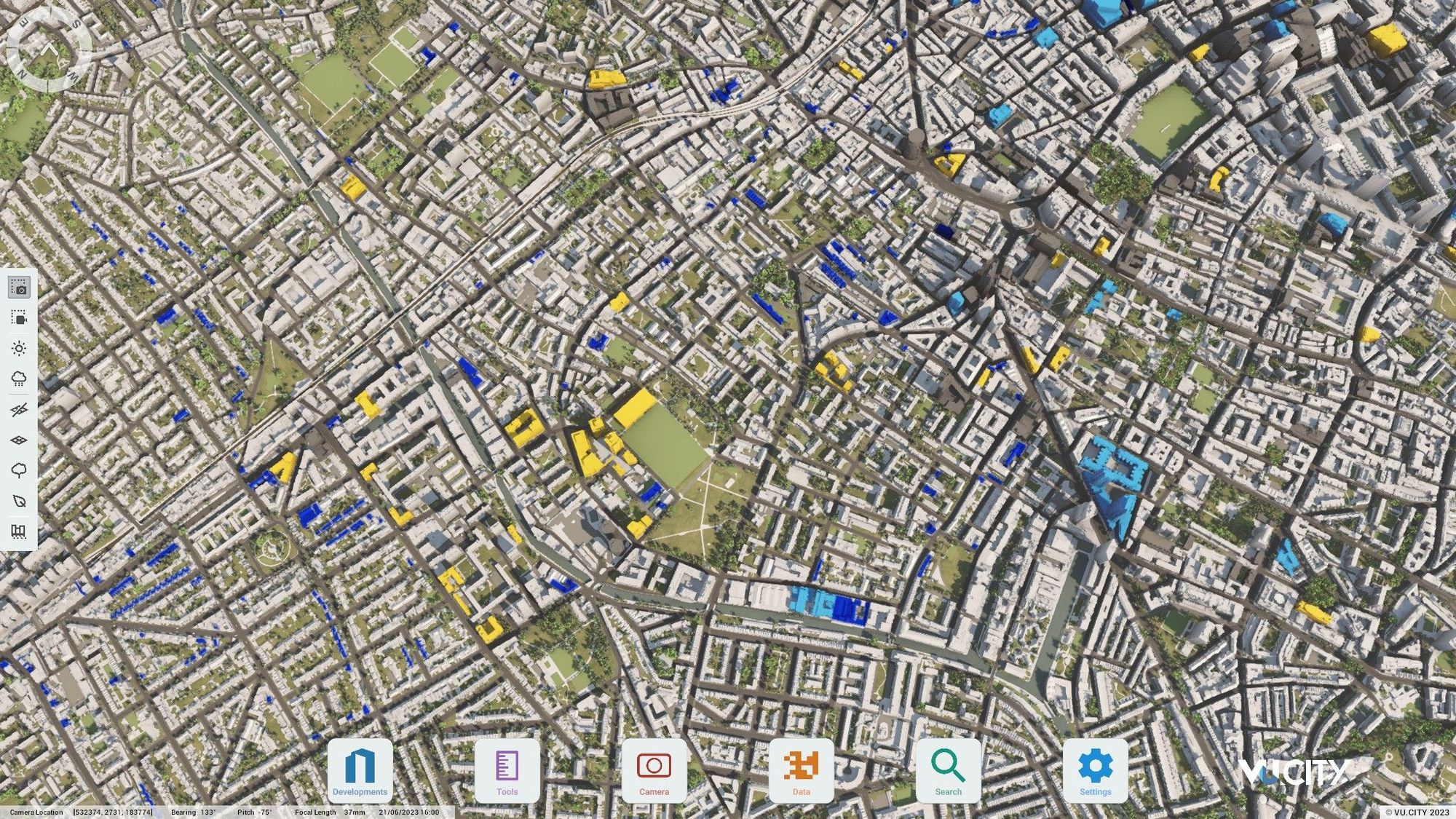
Data Layers

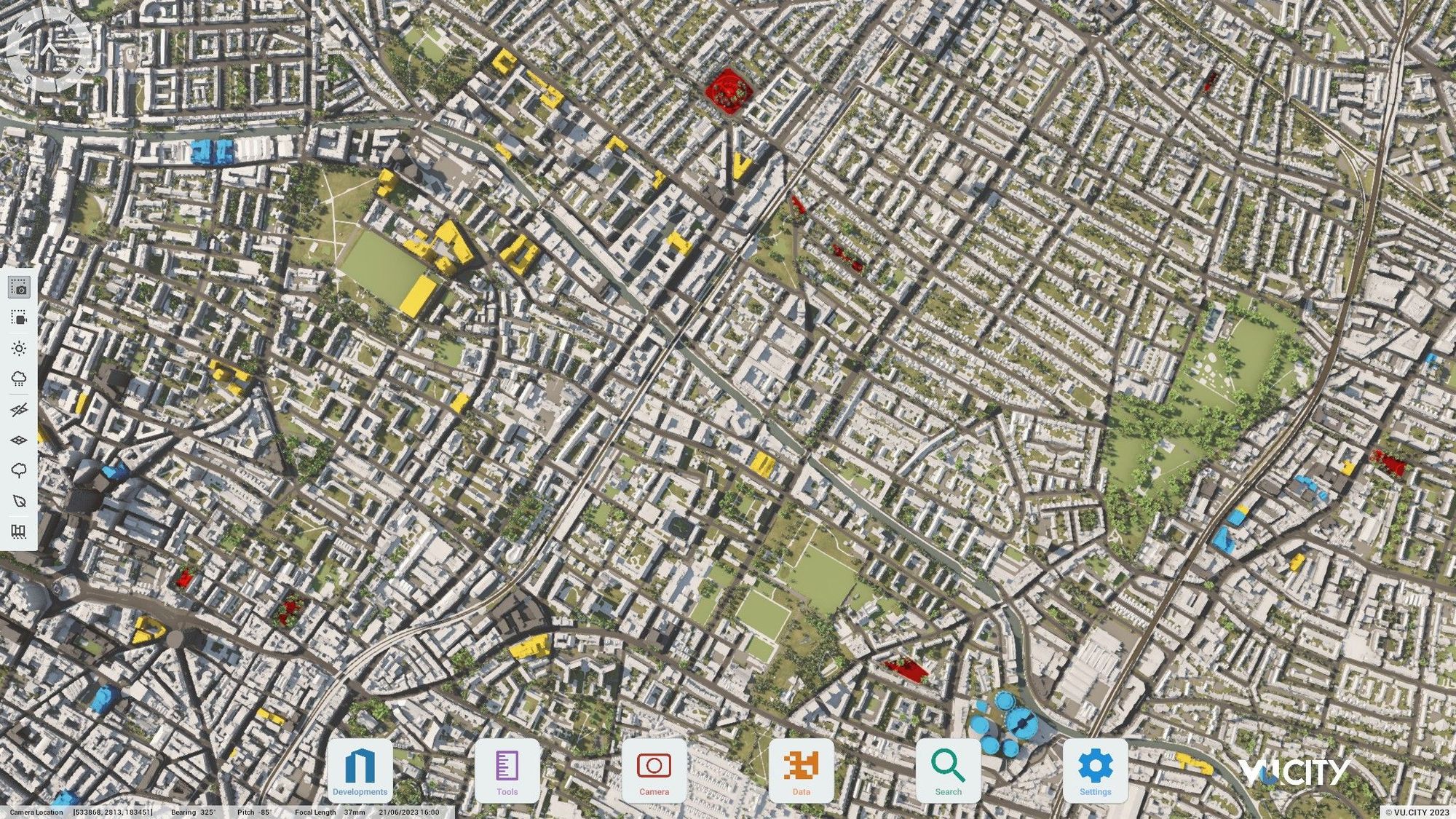
Data Layers

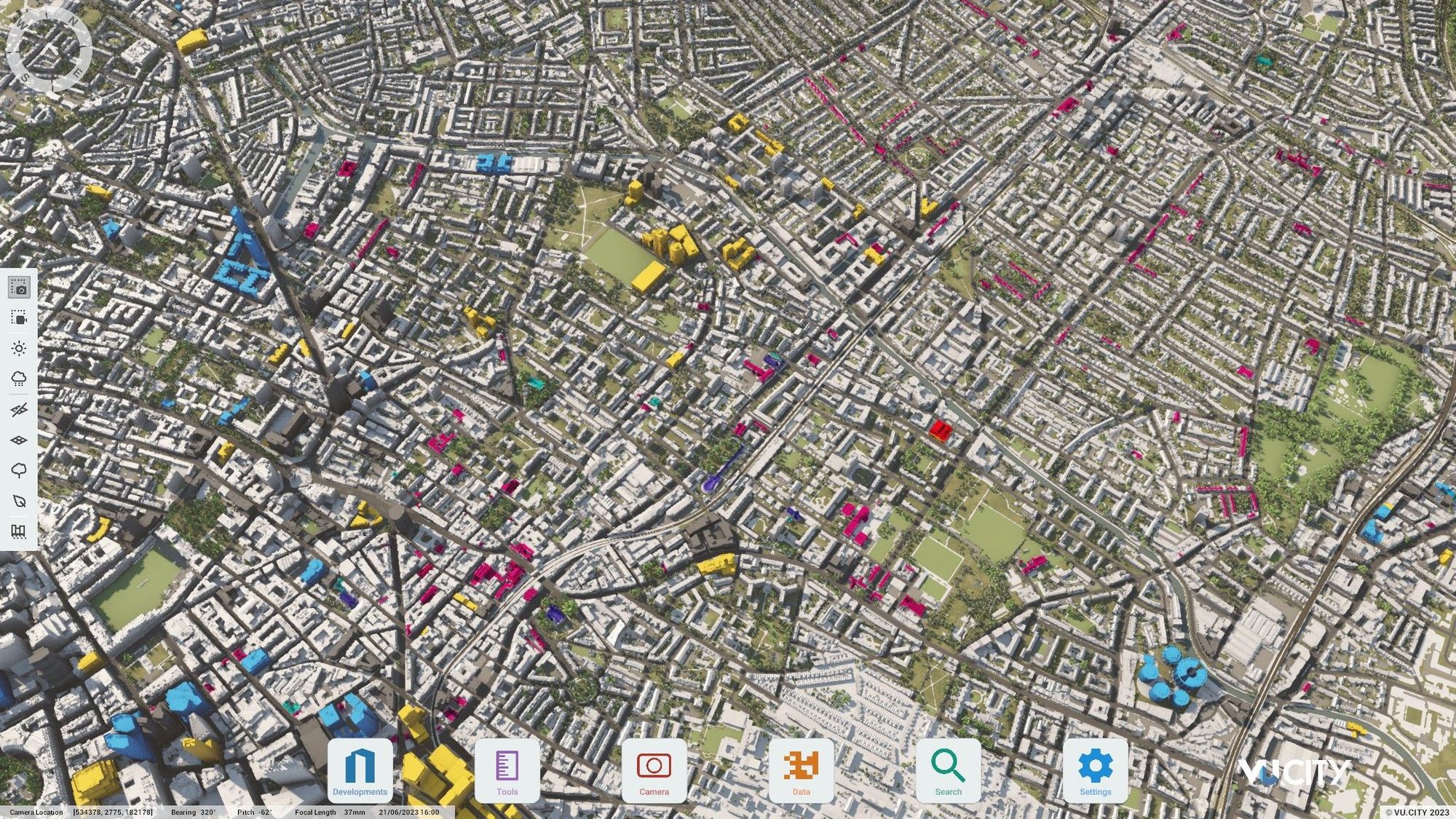
Data Layers

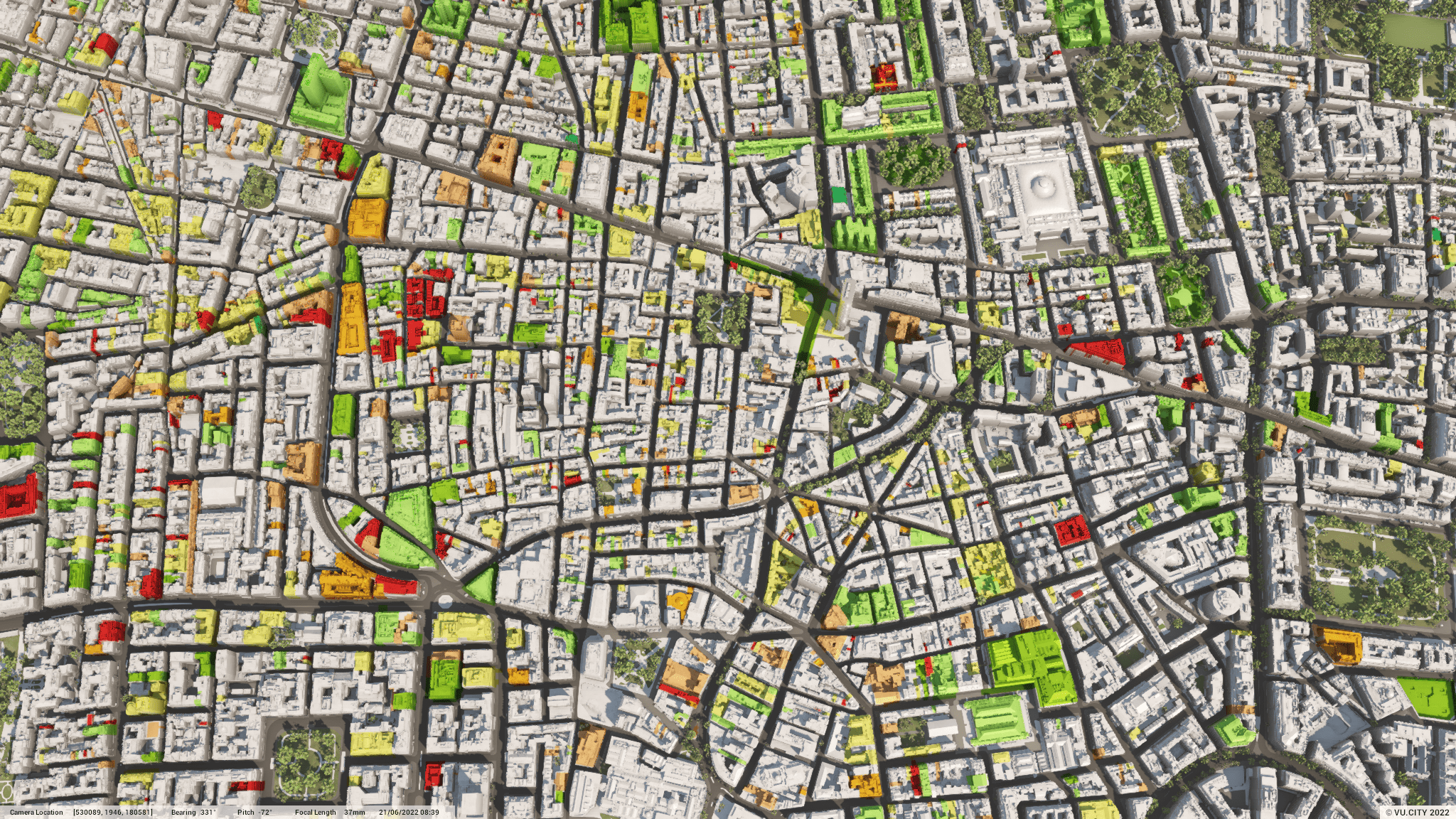
Data Layers

.jpg)
Data Layers

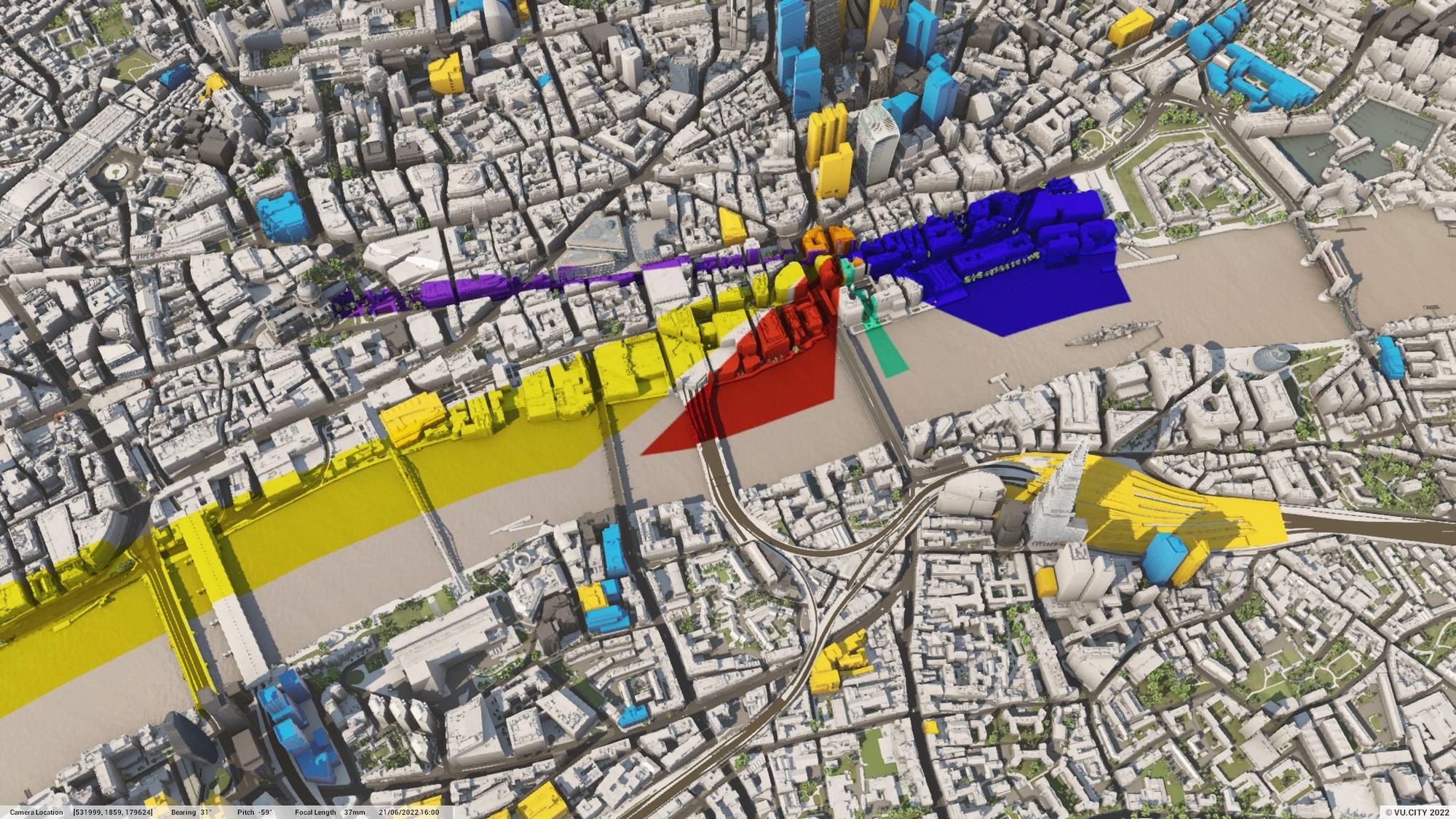
Data Layers

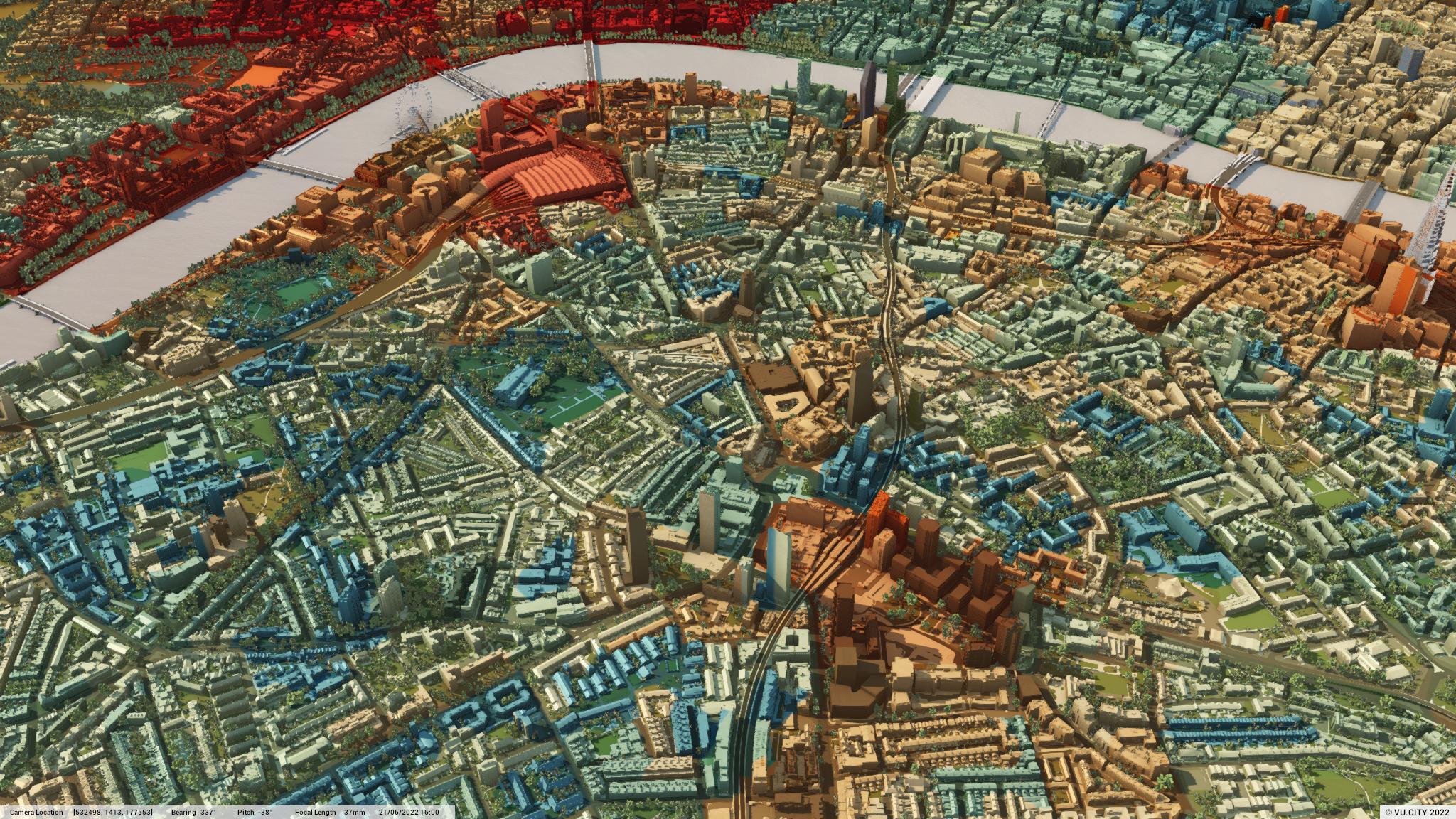
Data Layers

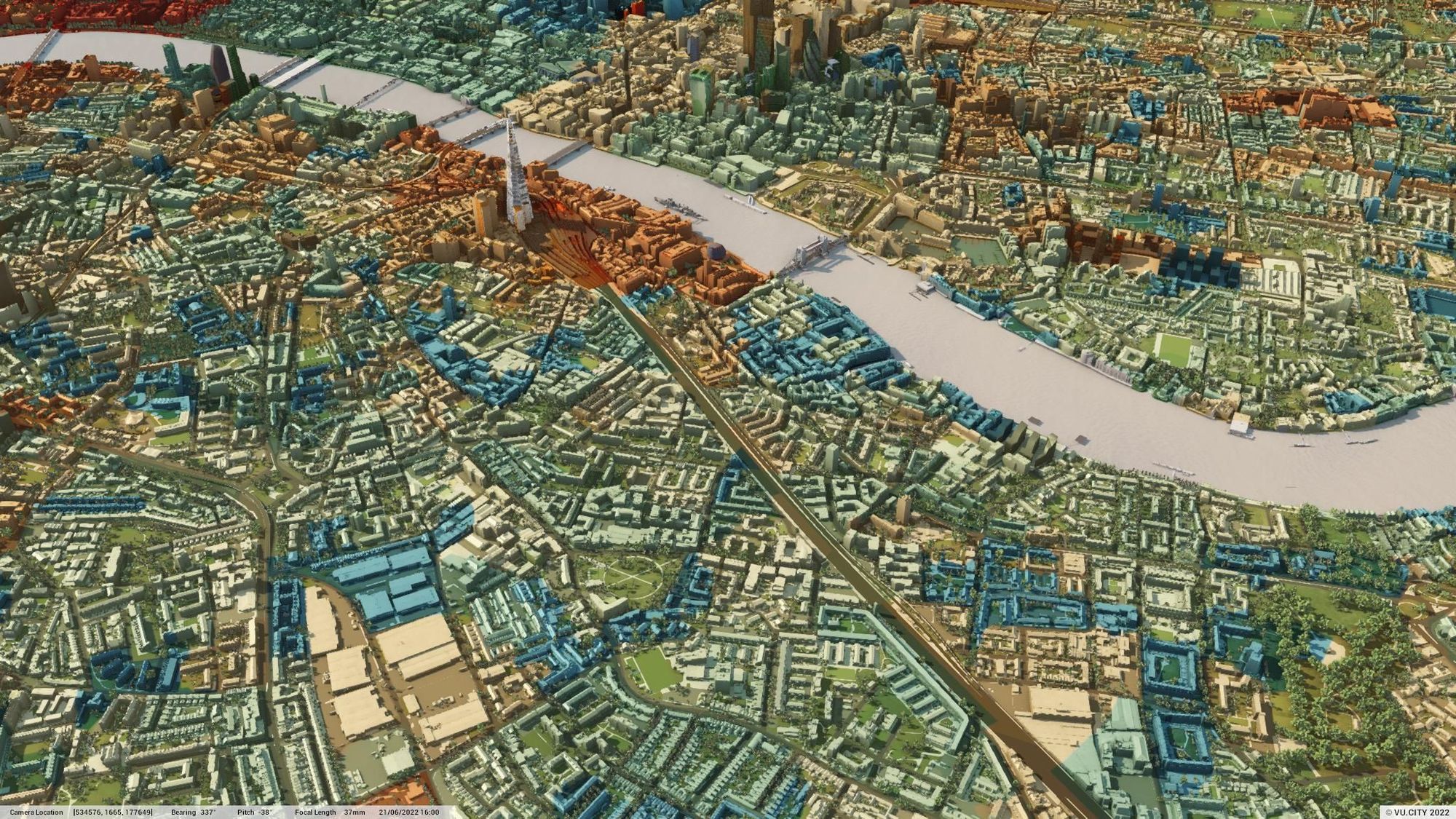
Data Layers

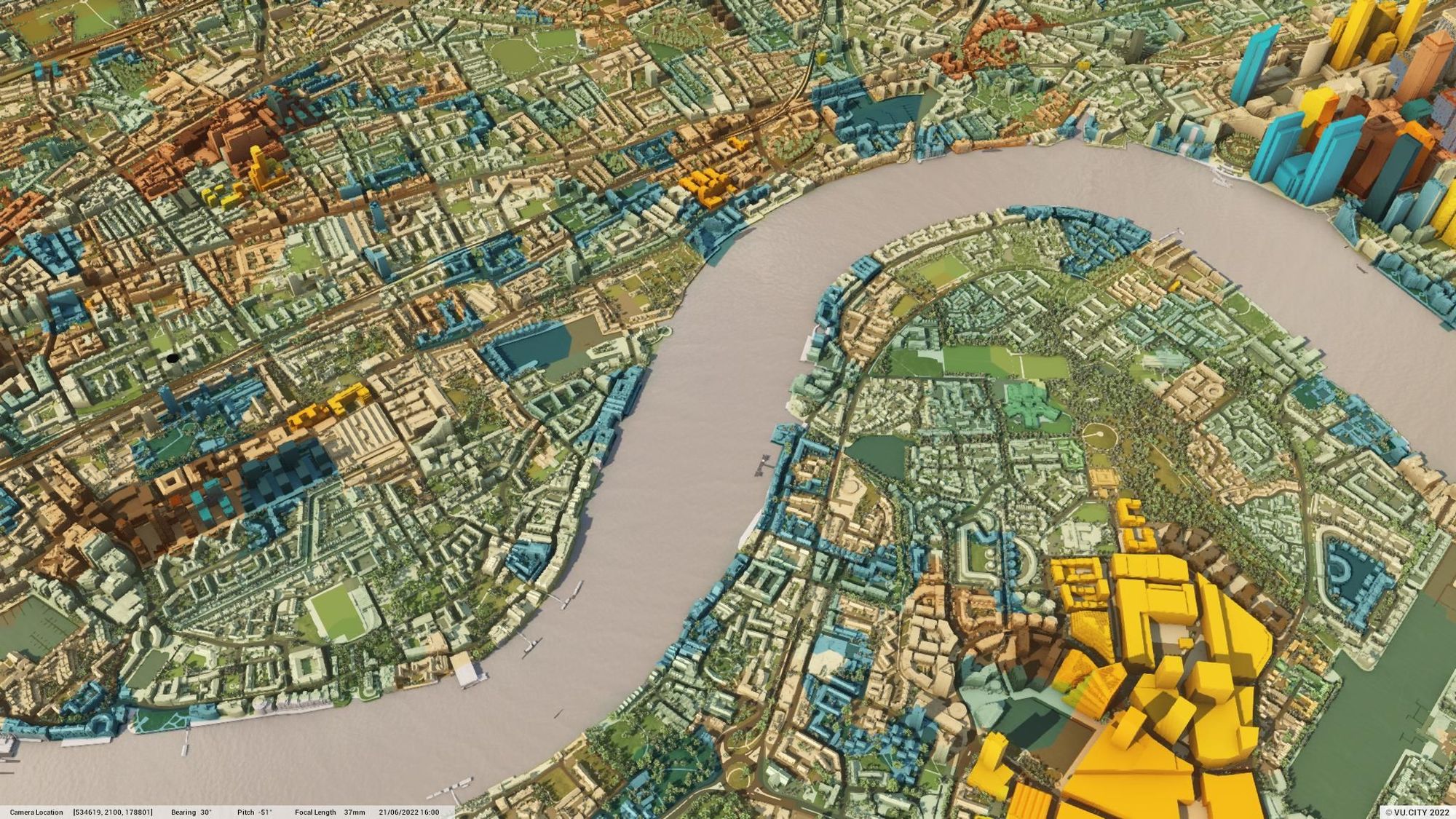
Data Layers

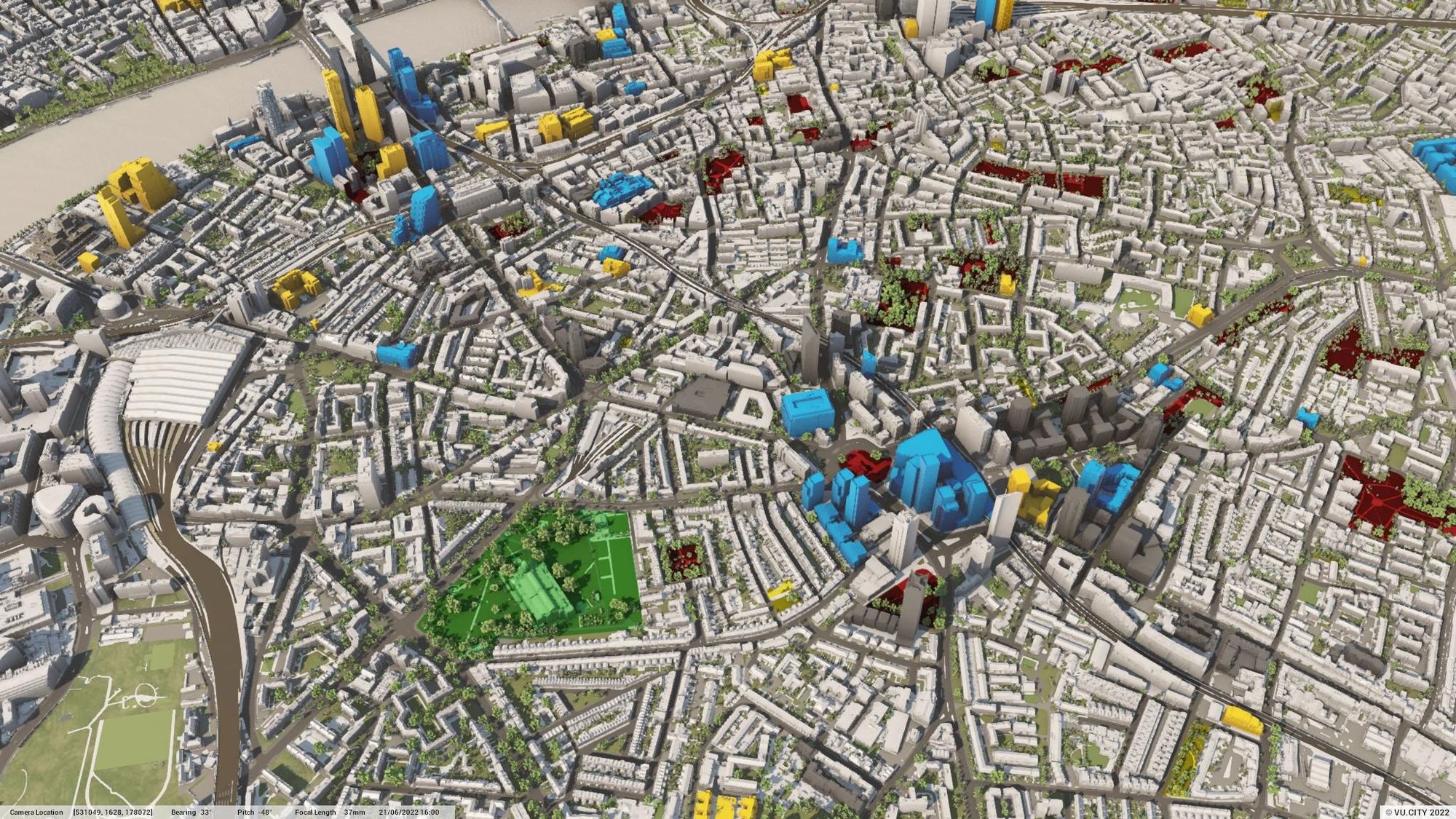
Data Layers

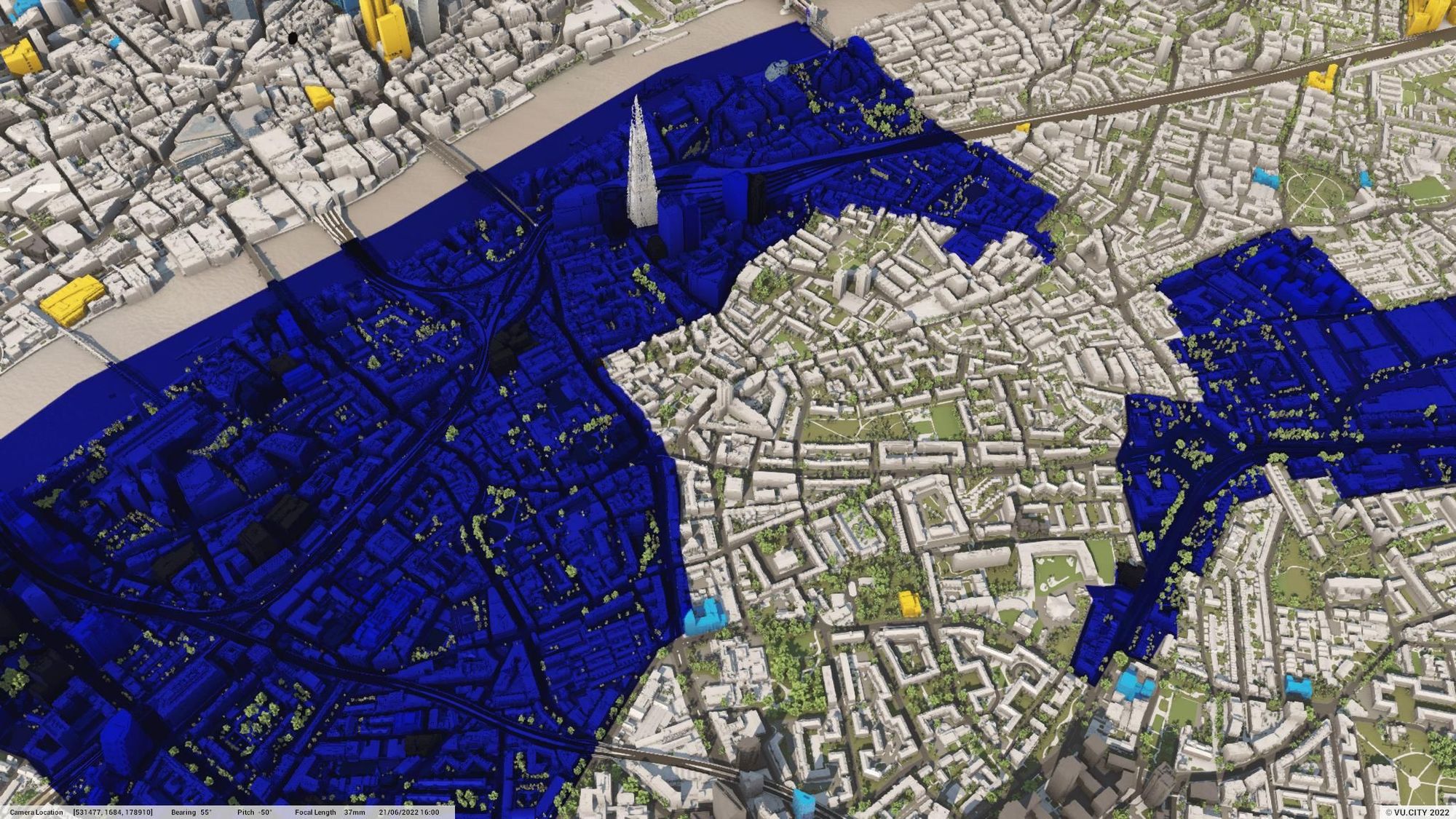
Data Layers

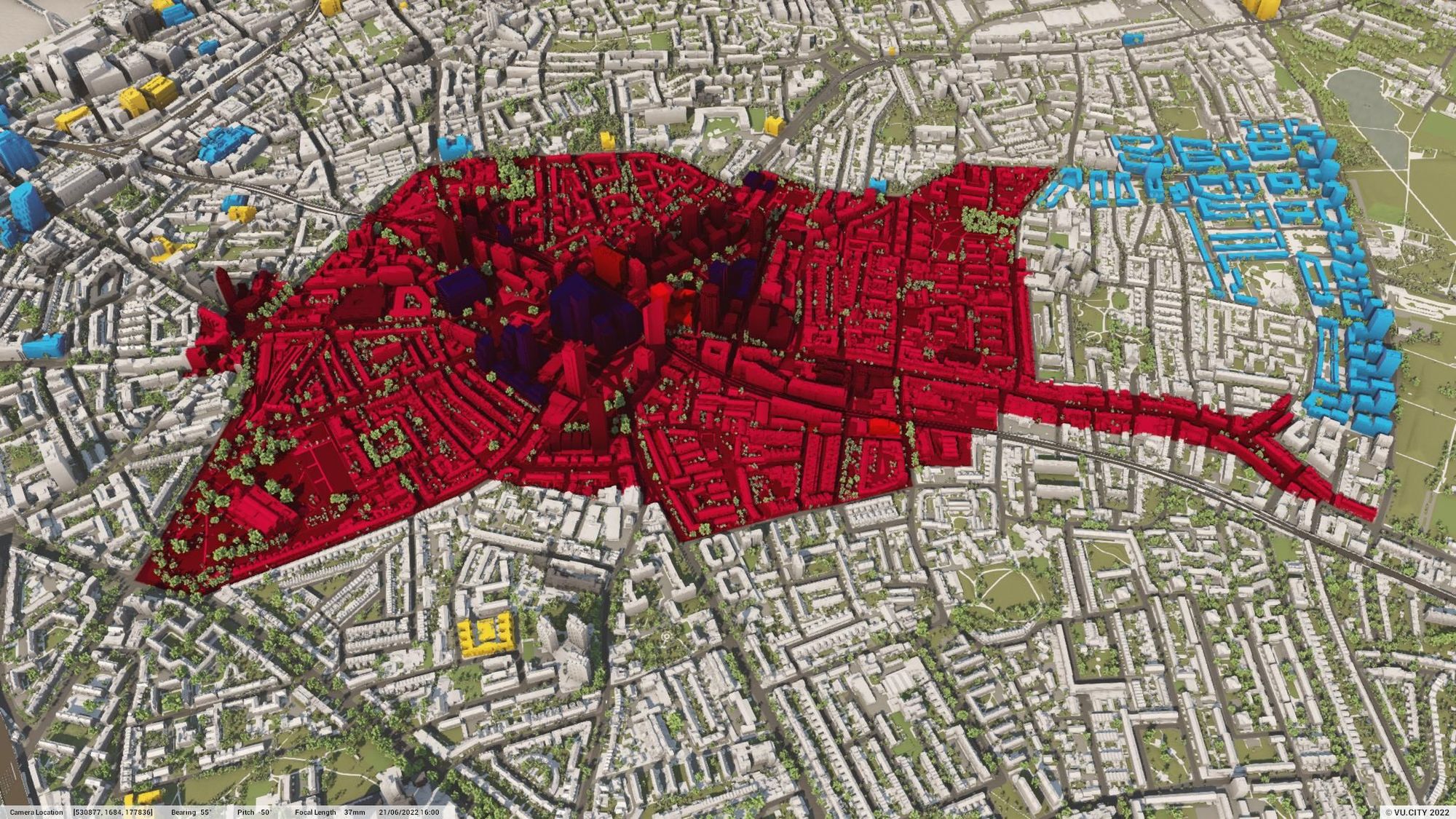
Data Layers

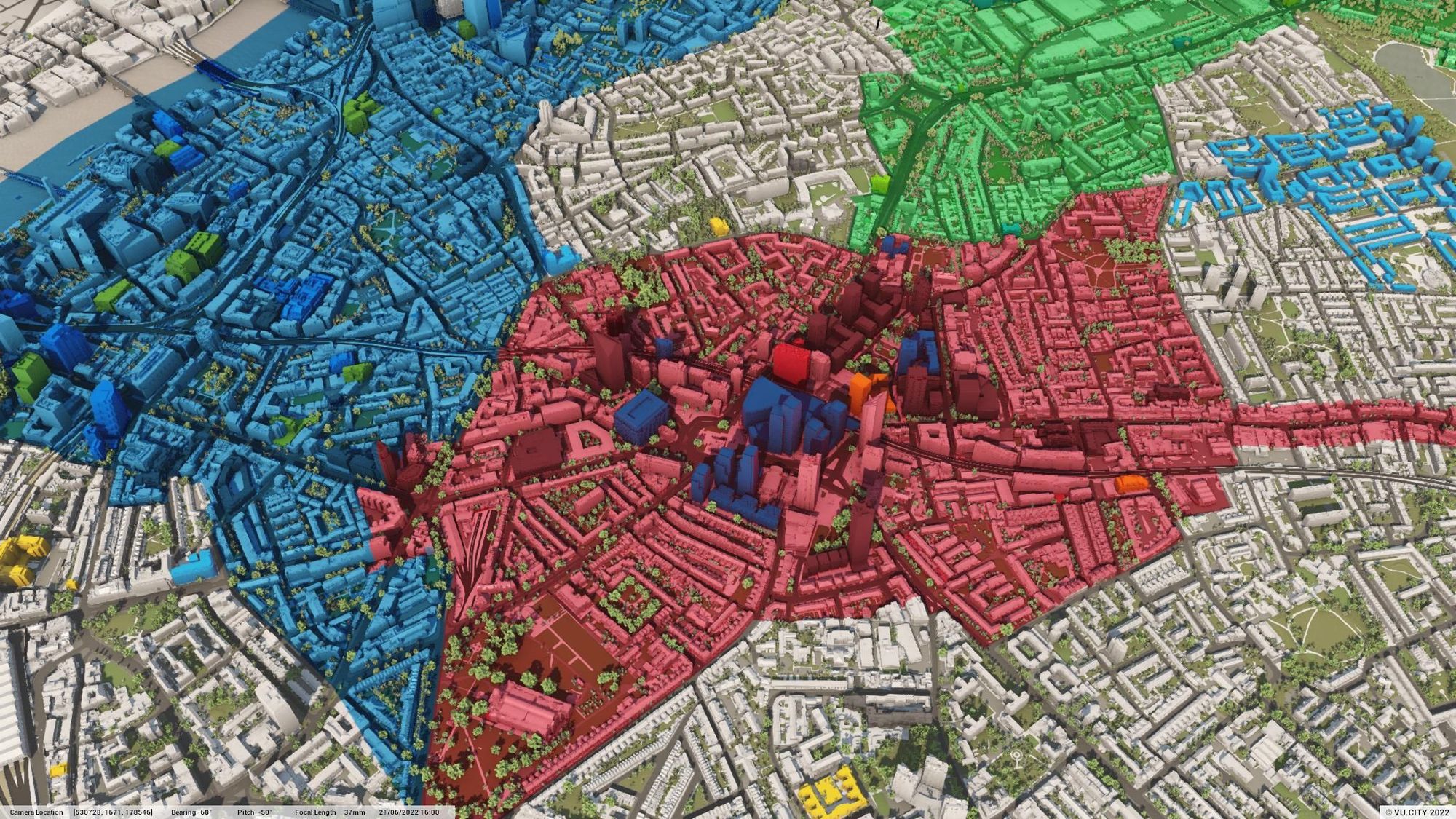
Data Layers

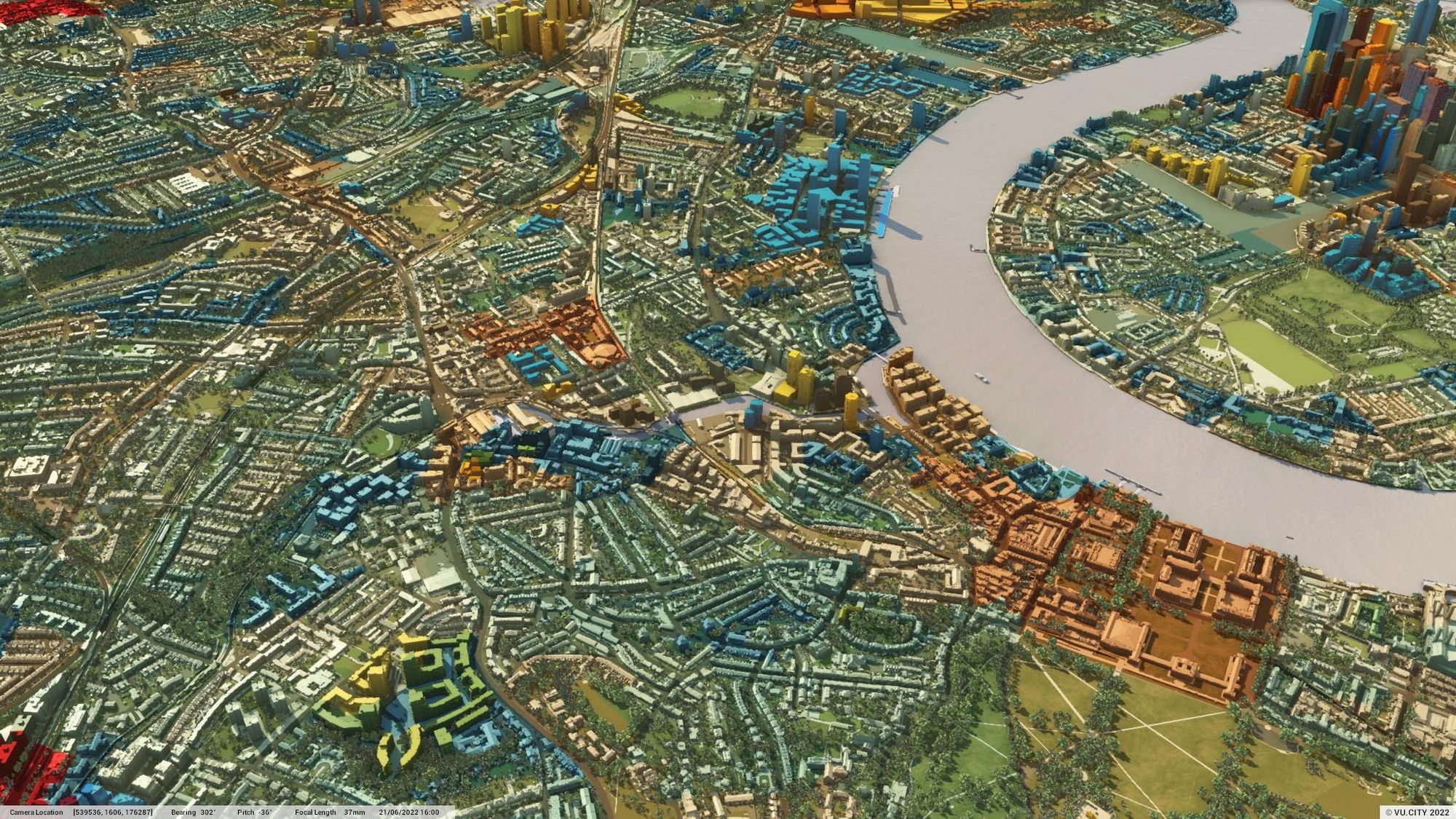
Data Layers

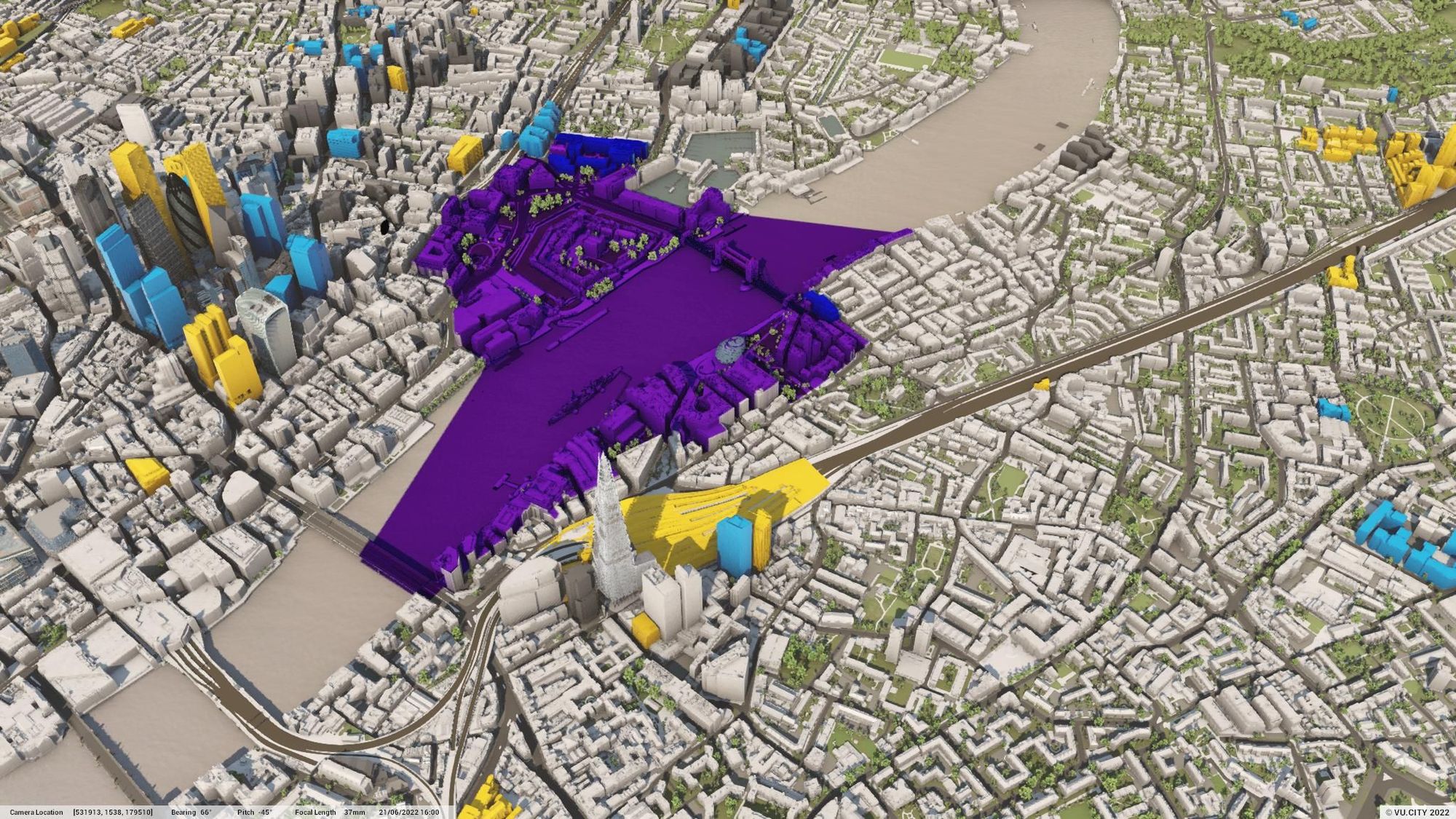
Data Layers

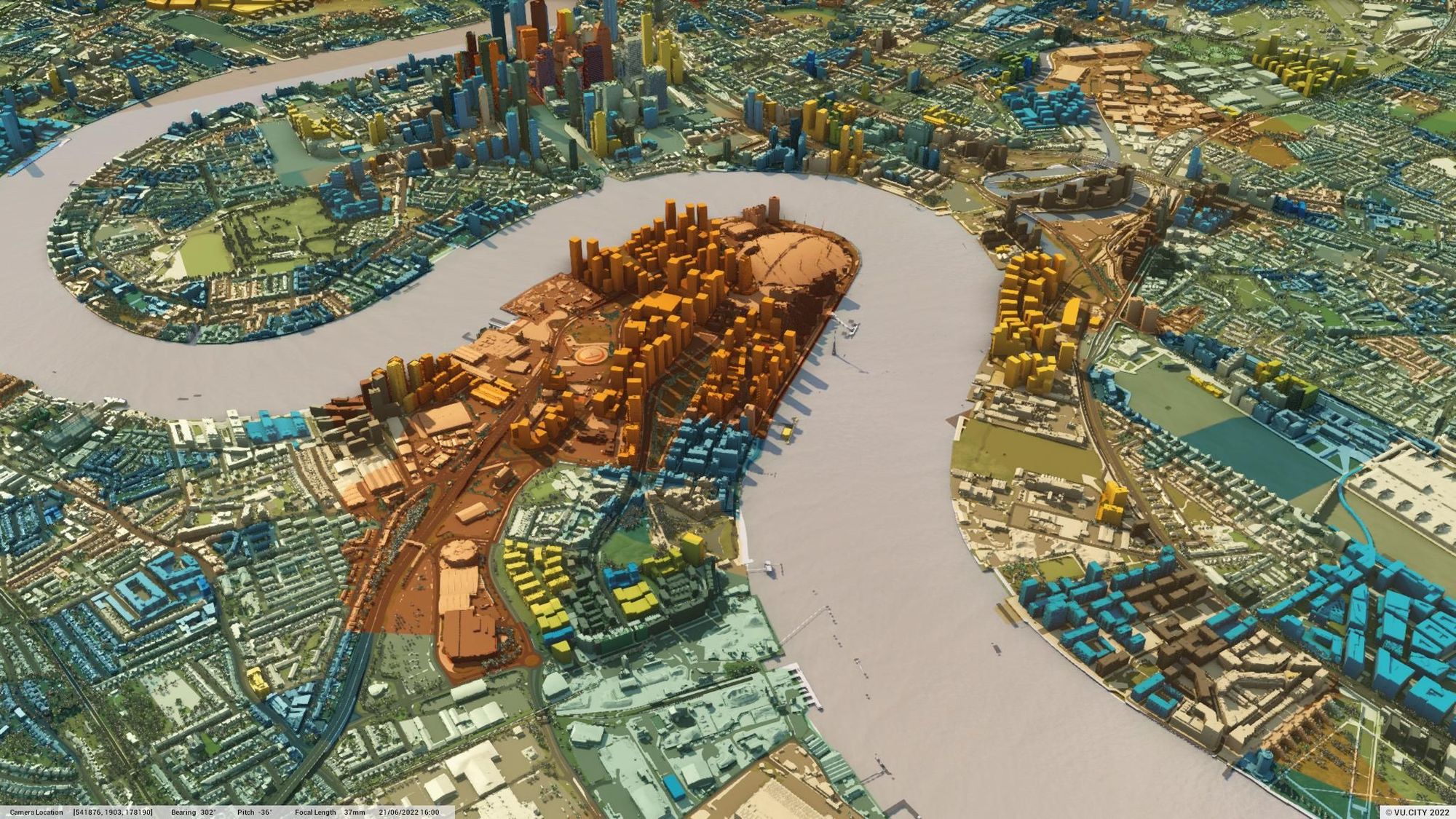
Data Layers

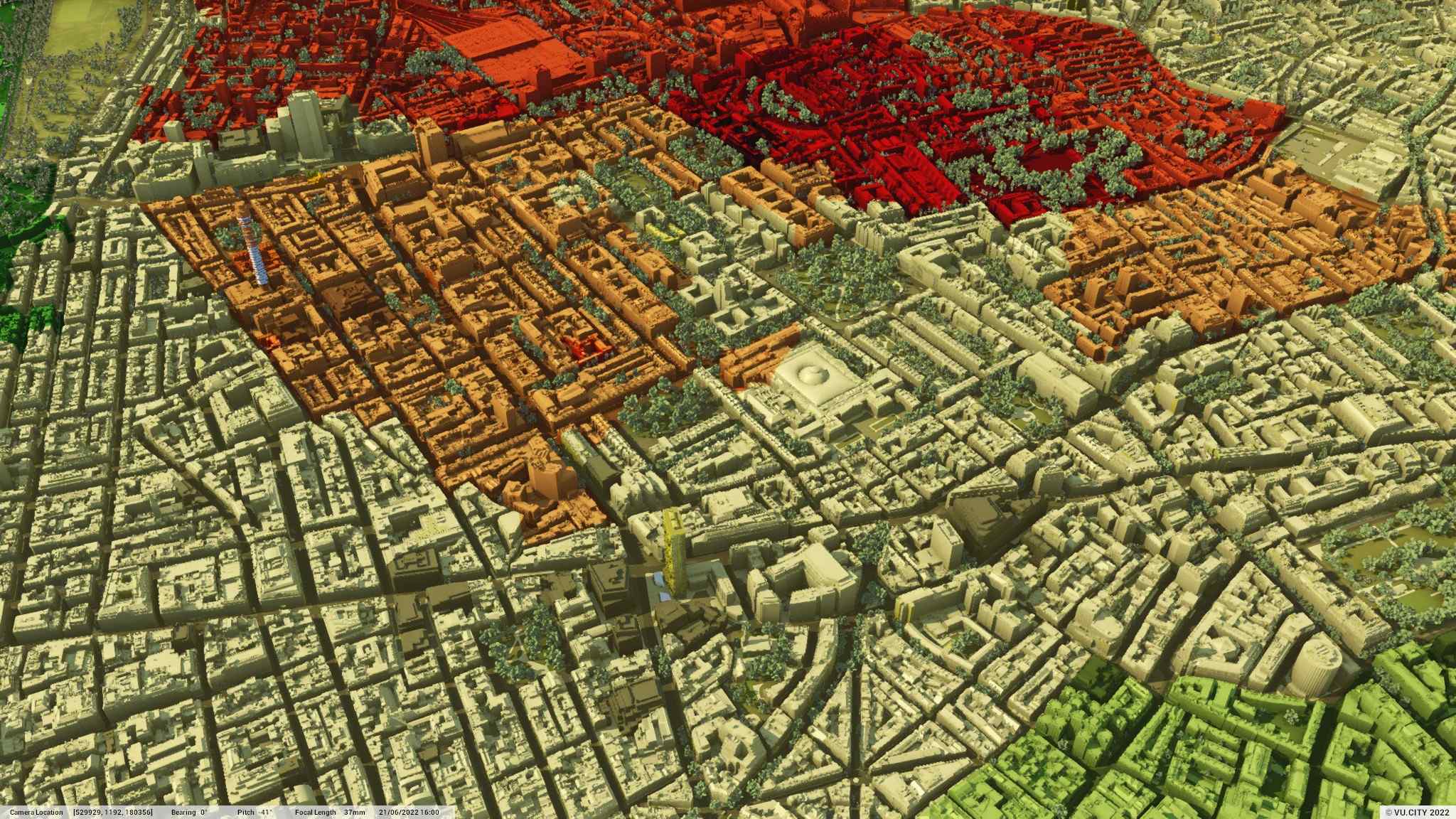
Data Layers

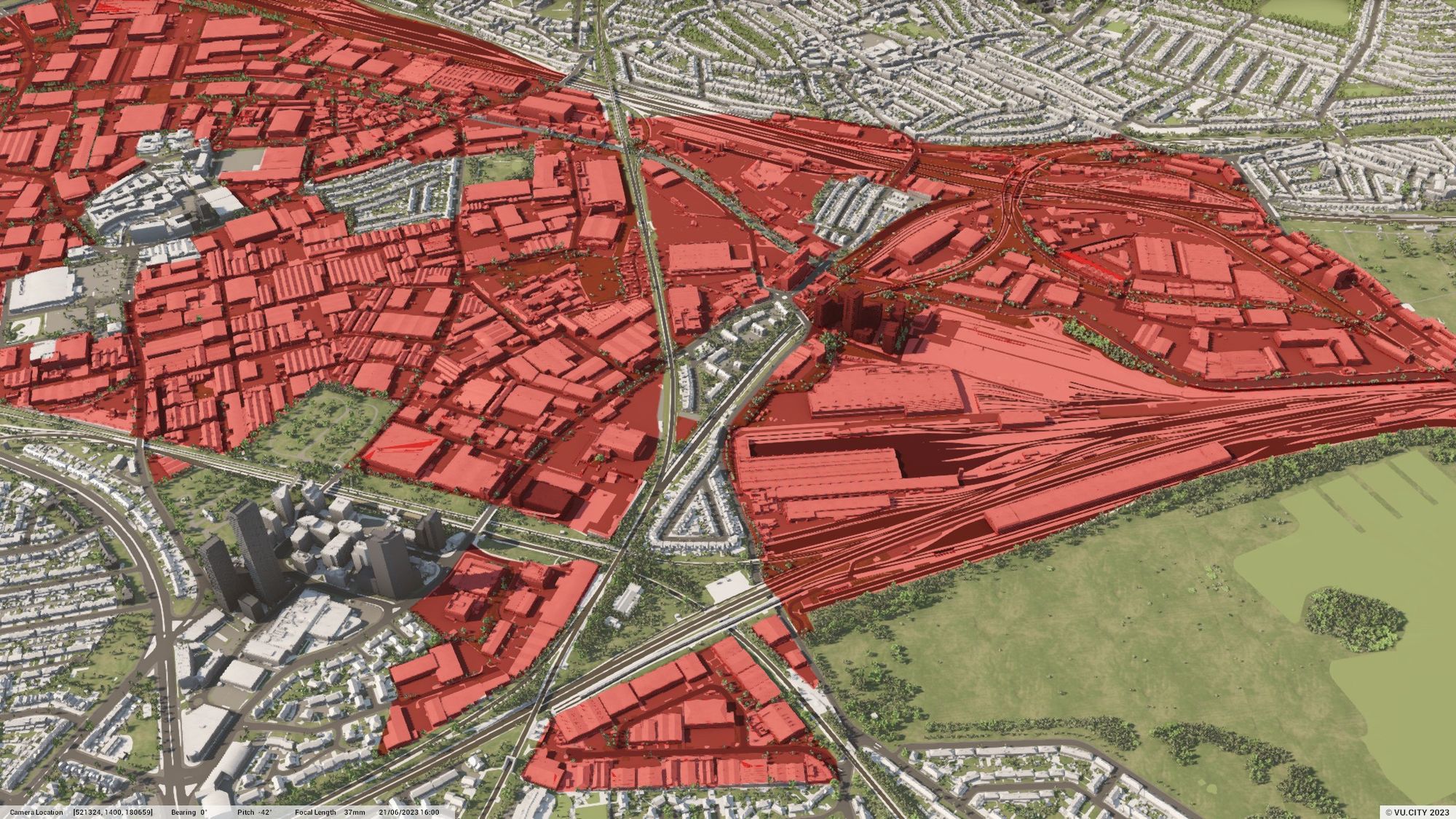
Data Layers

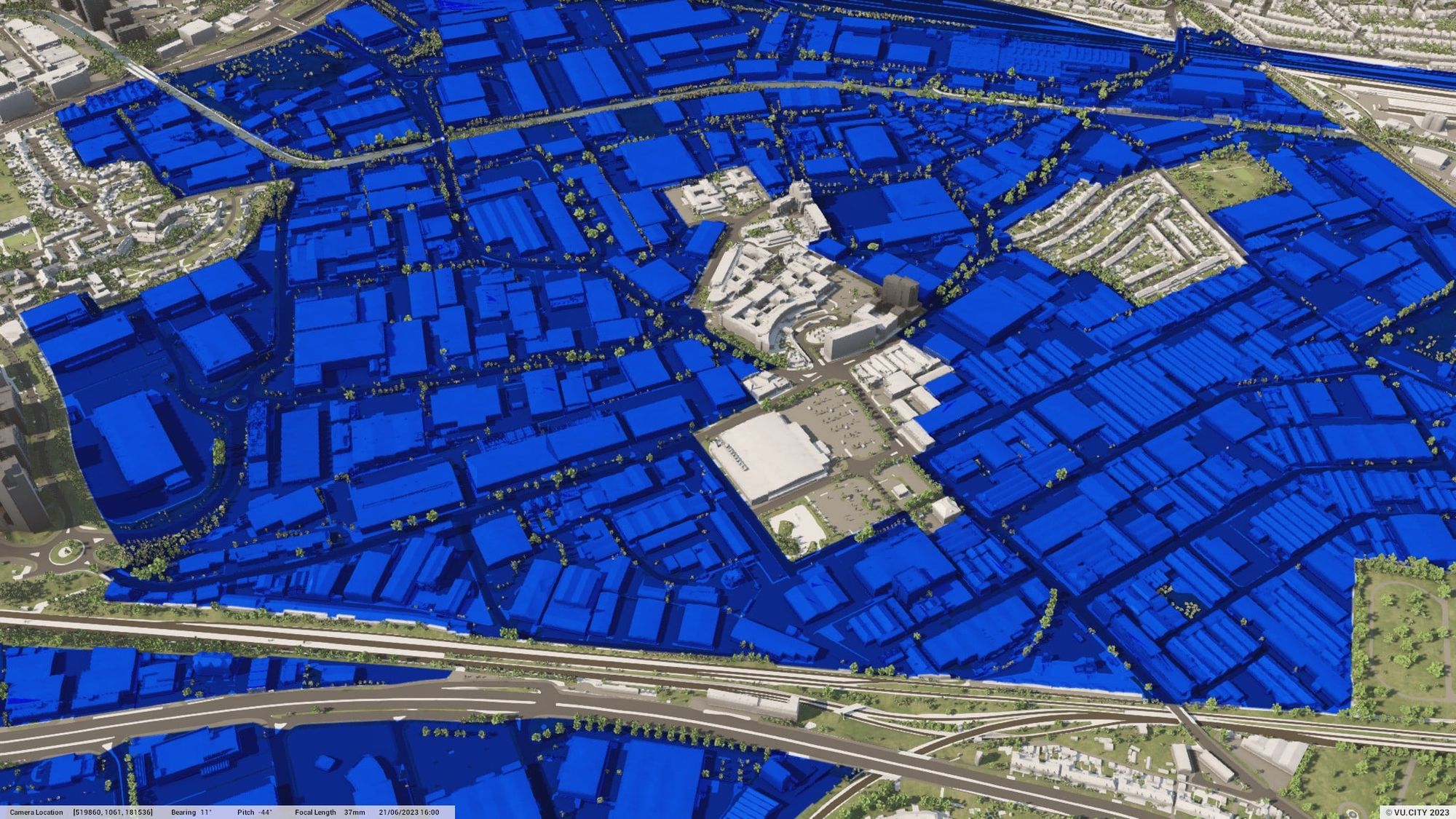
Data Layers

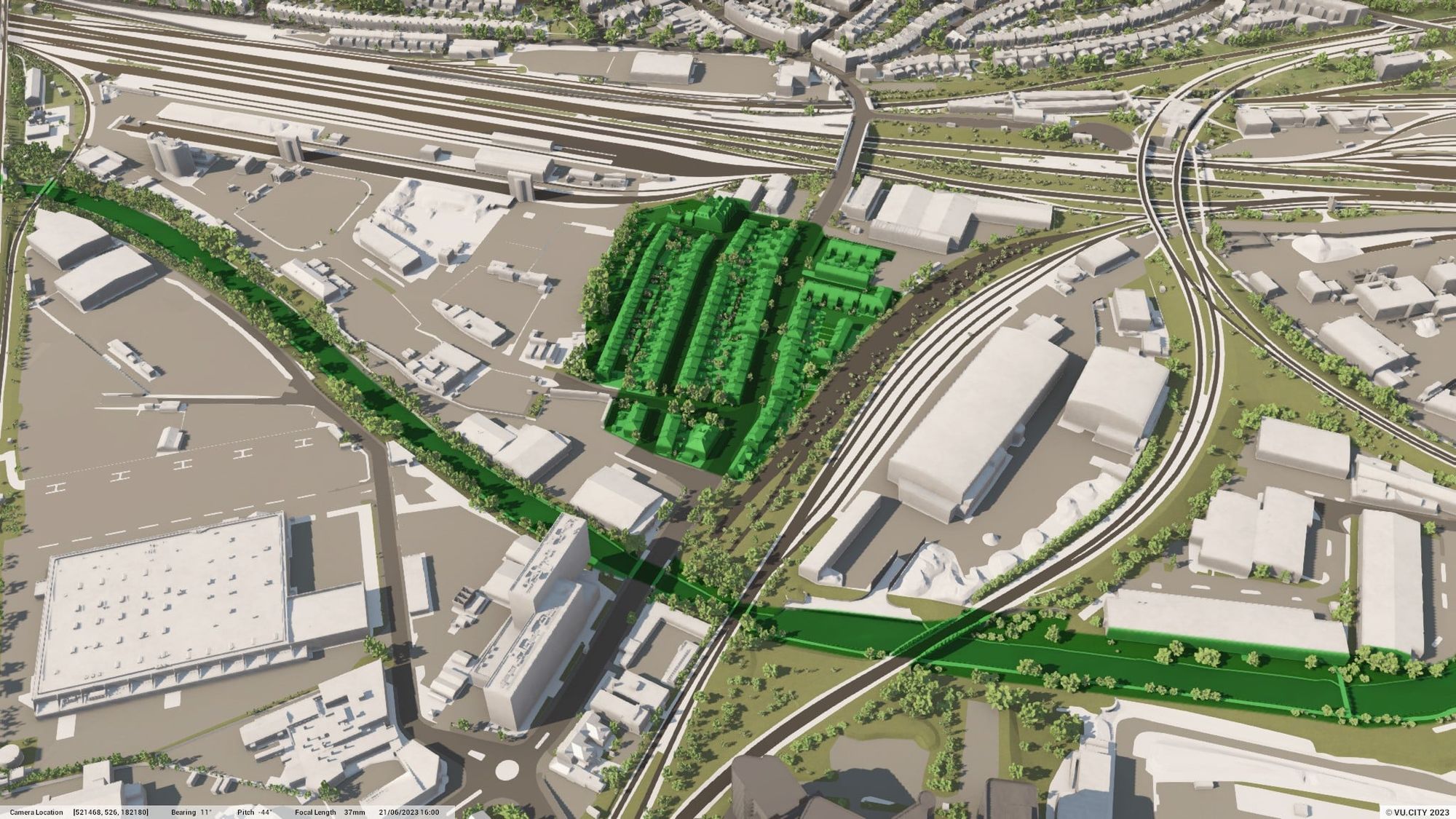
Data Layers

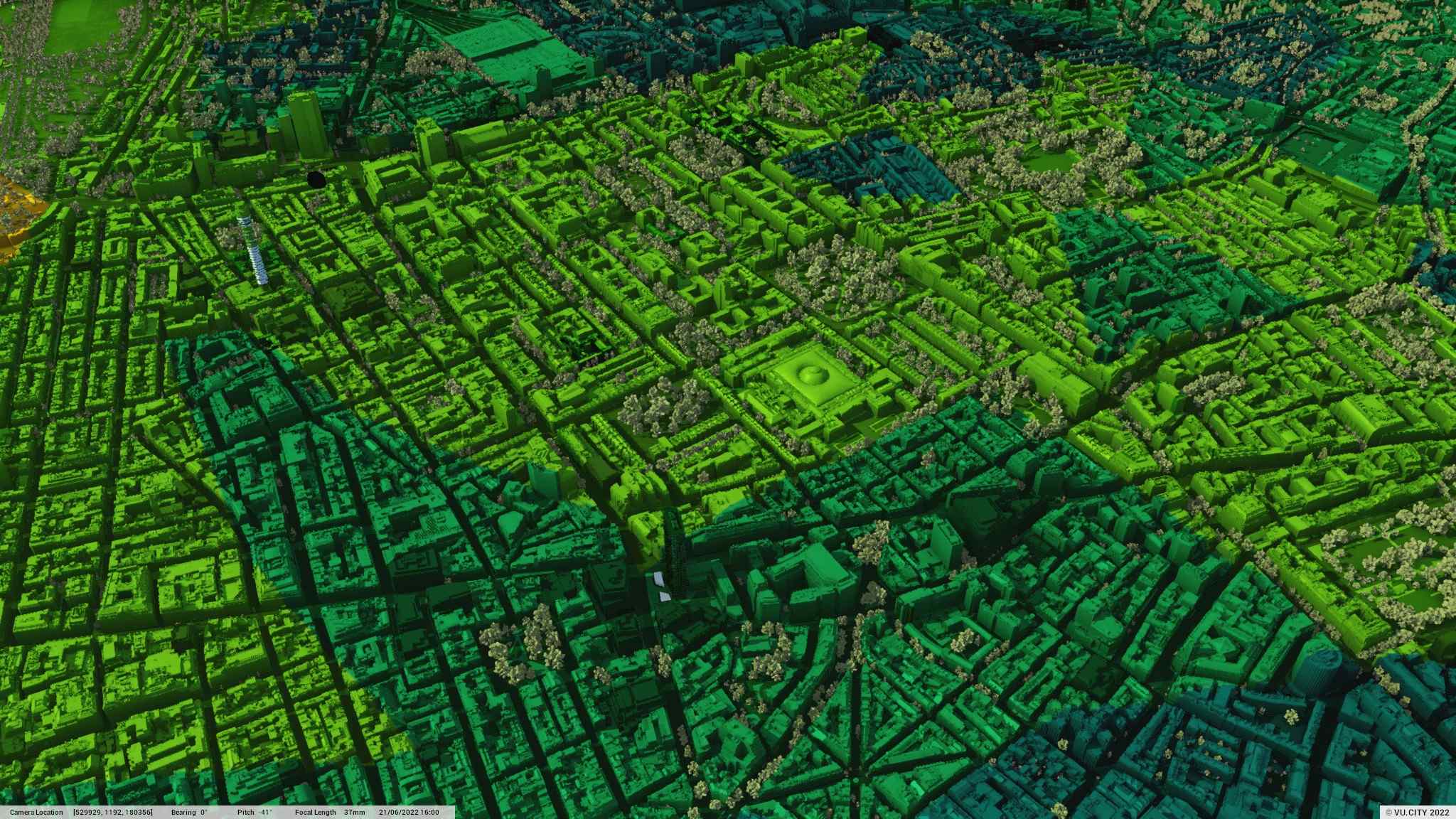
Data Layers

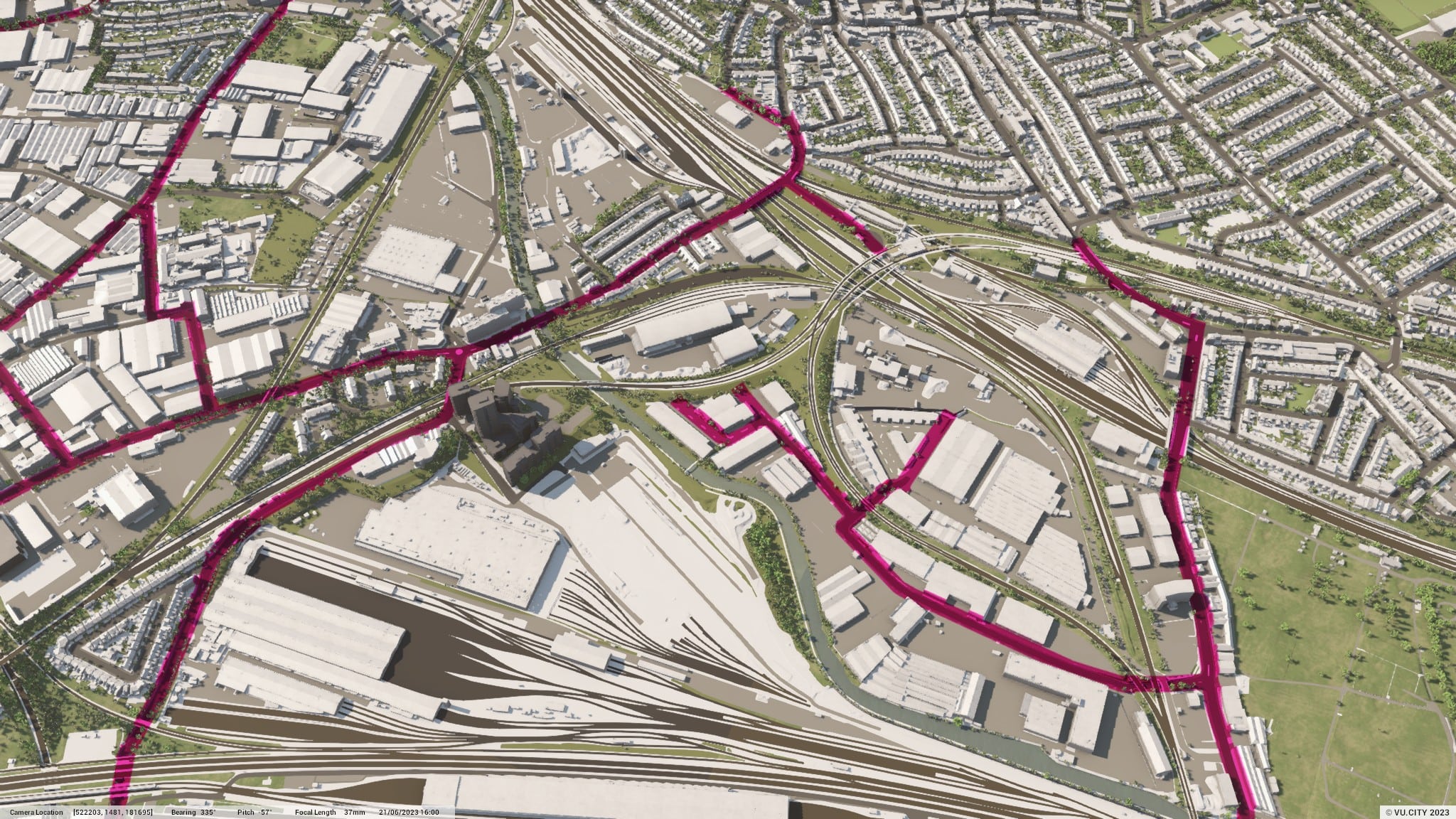
Data Layers

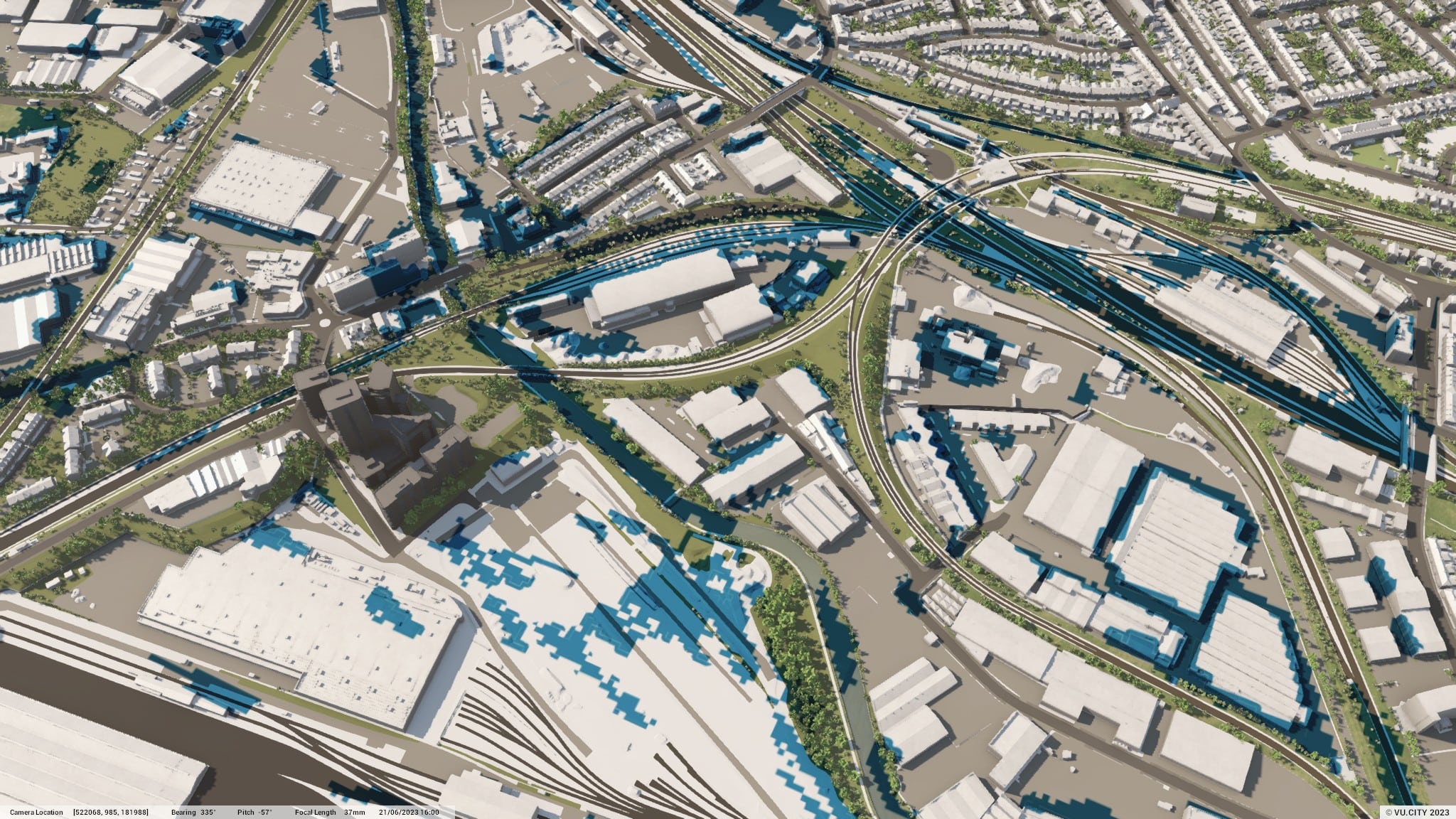
Data Layers

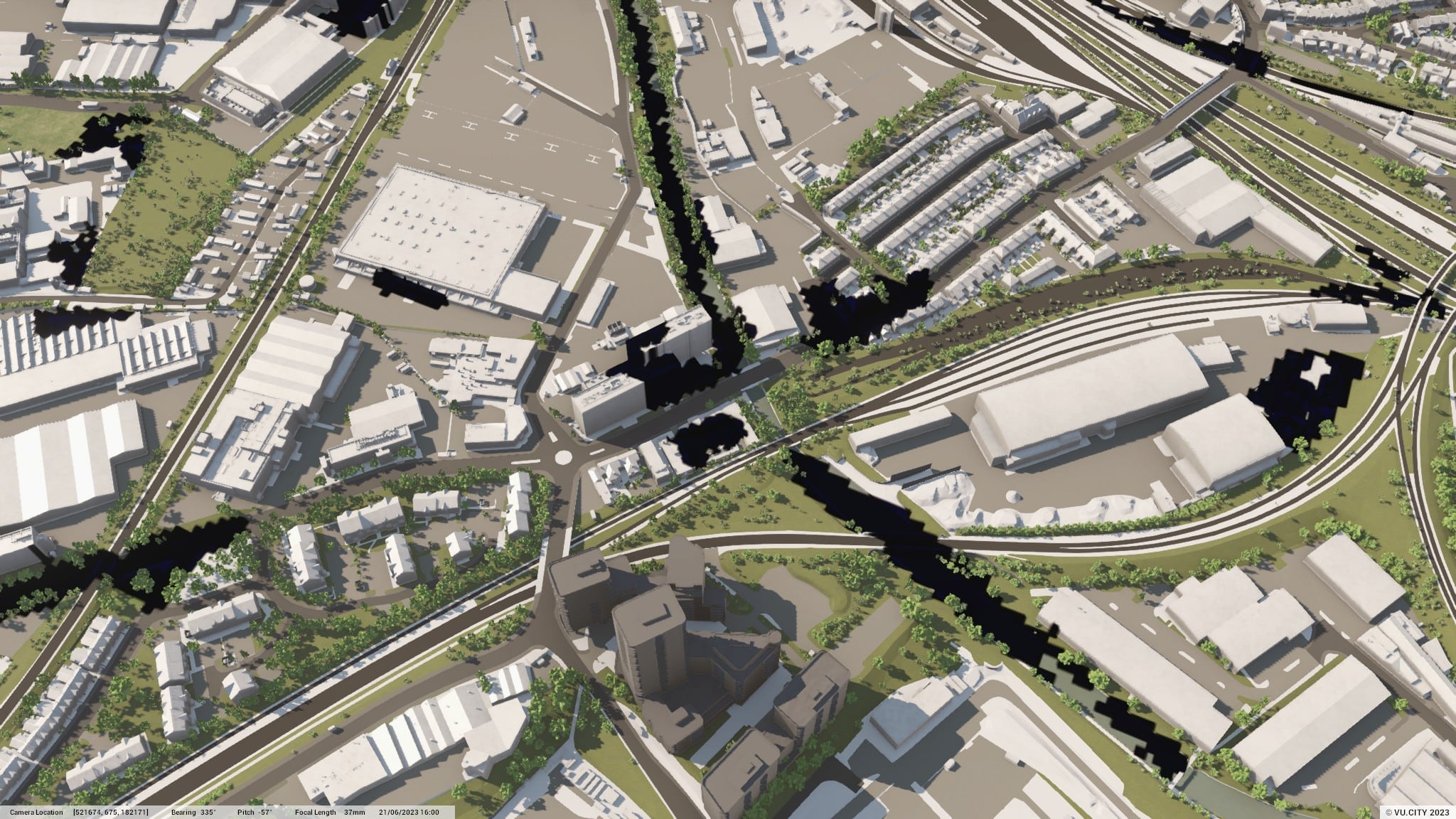
Data Layers

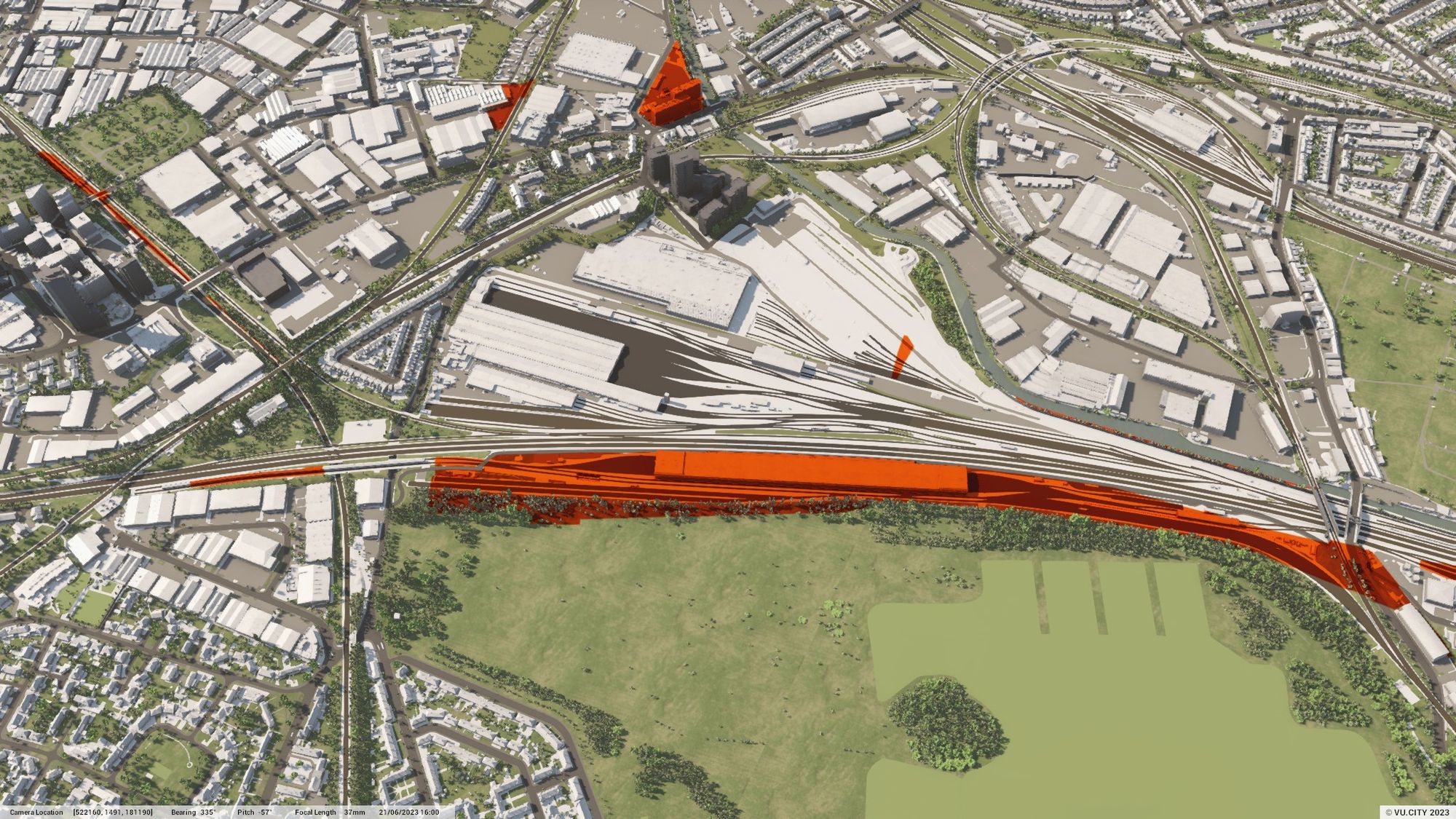
Data Layers

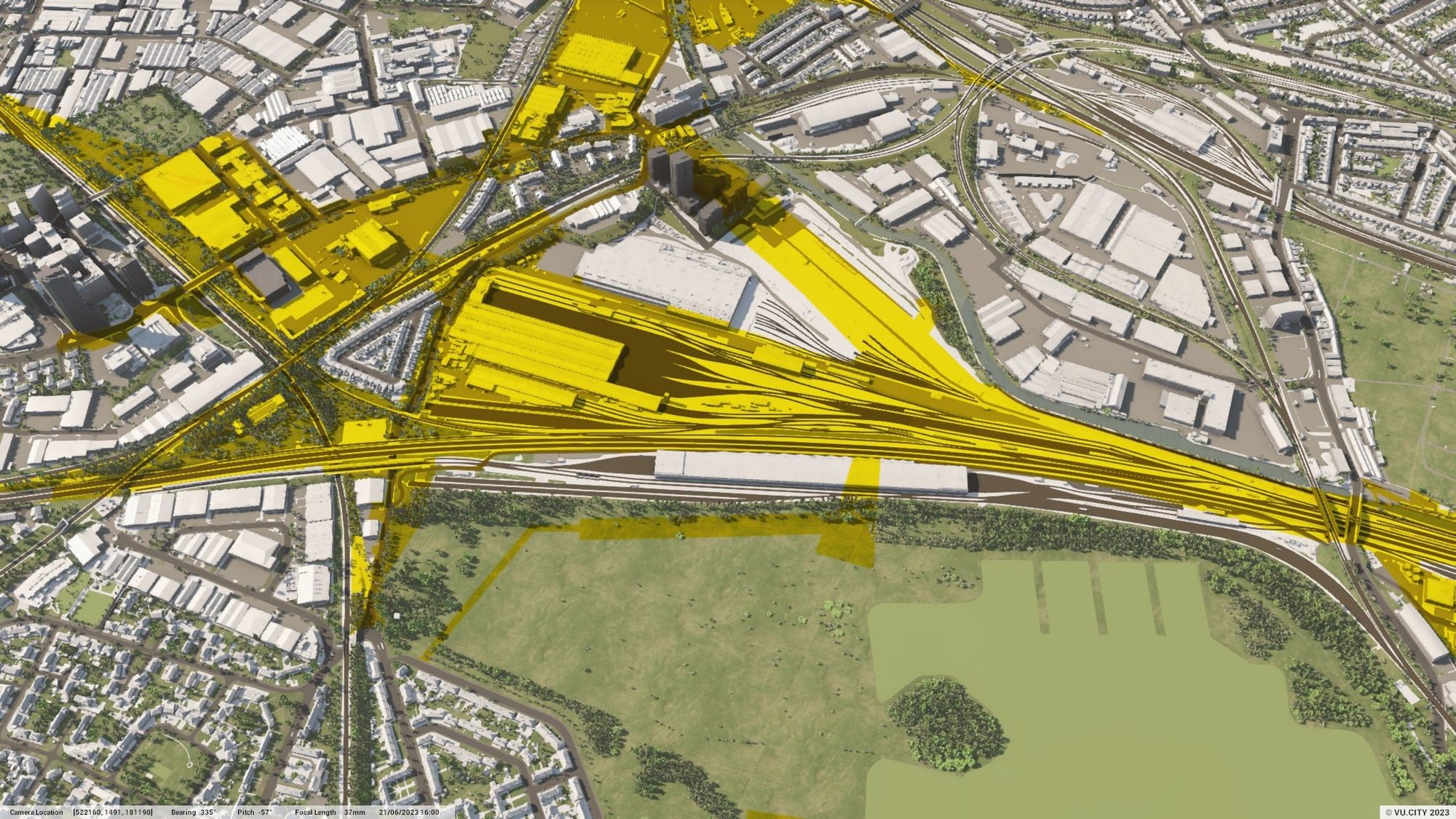
Data Layers

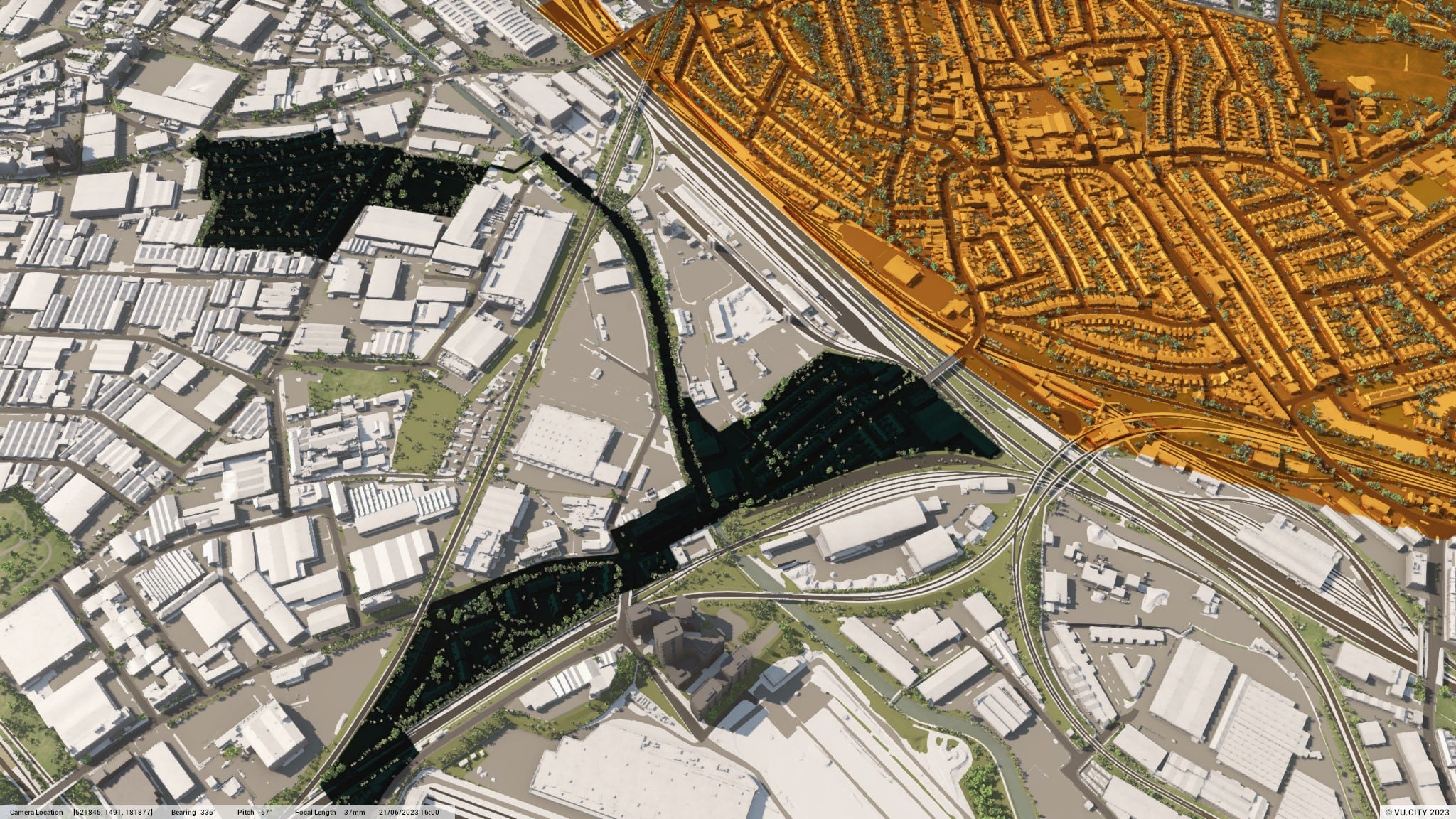
Data Layers

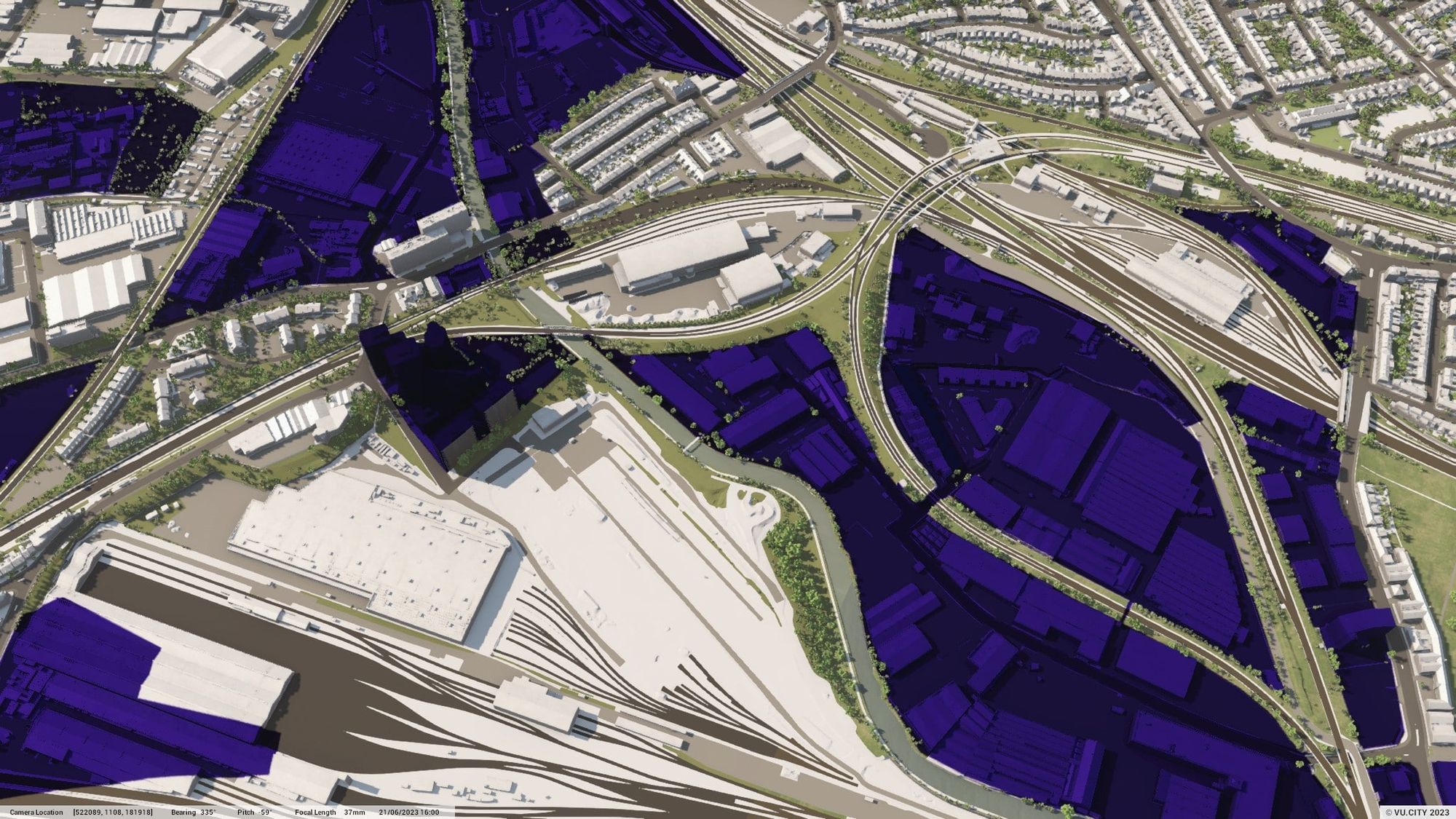
Data Layers

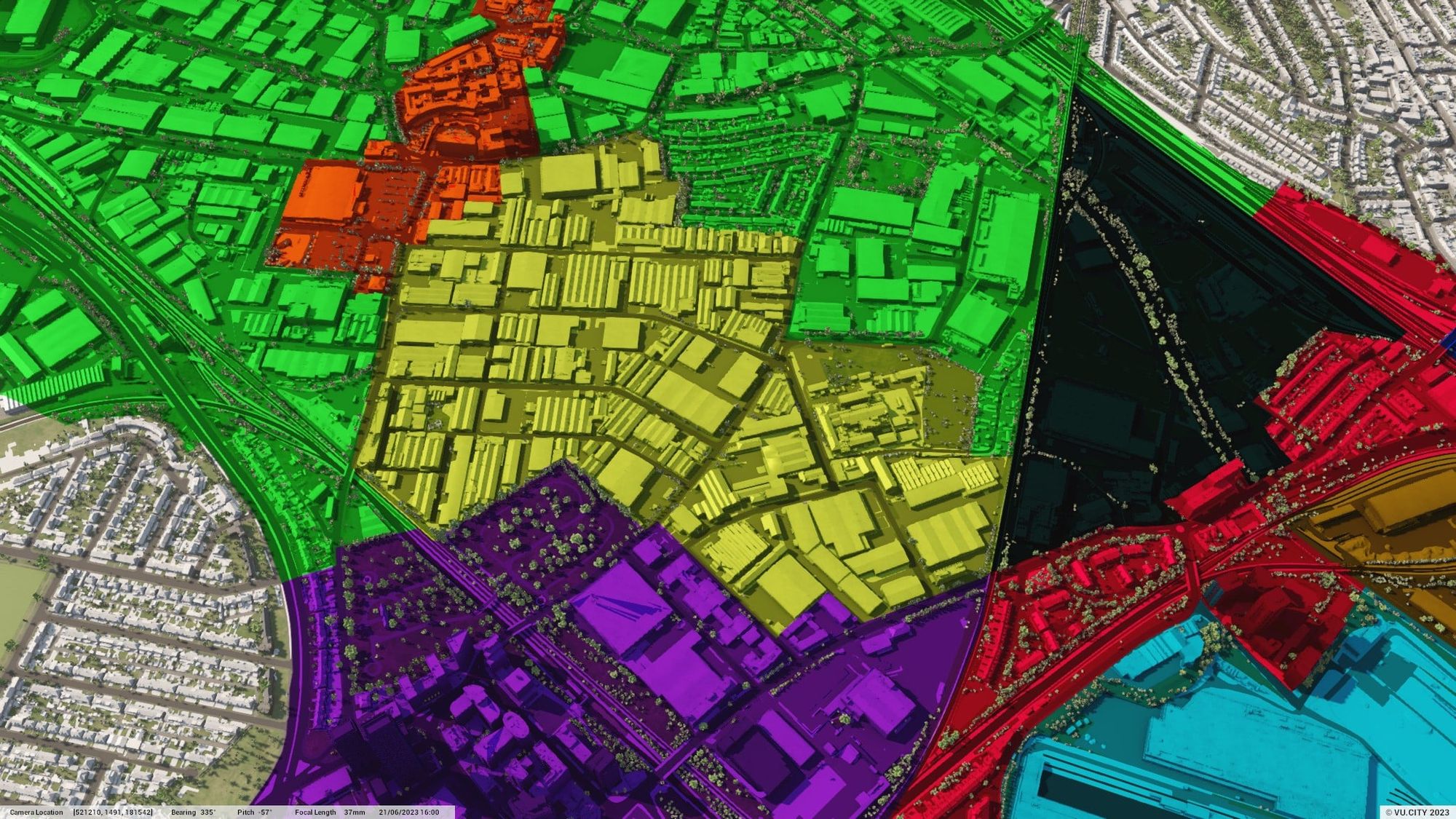
Data Layers

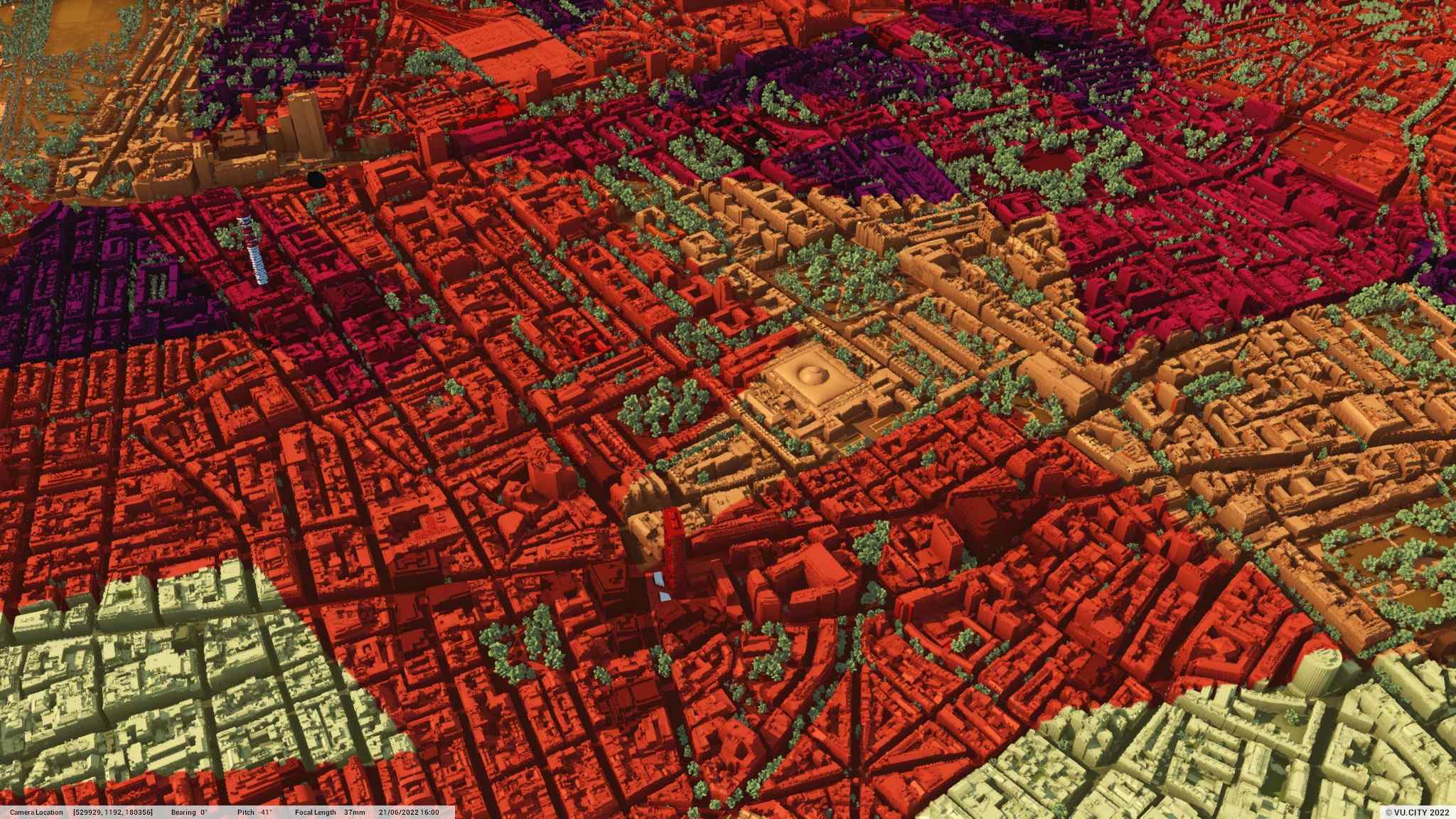
Data Layers

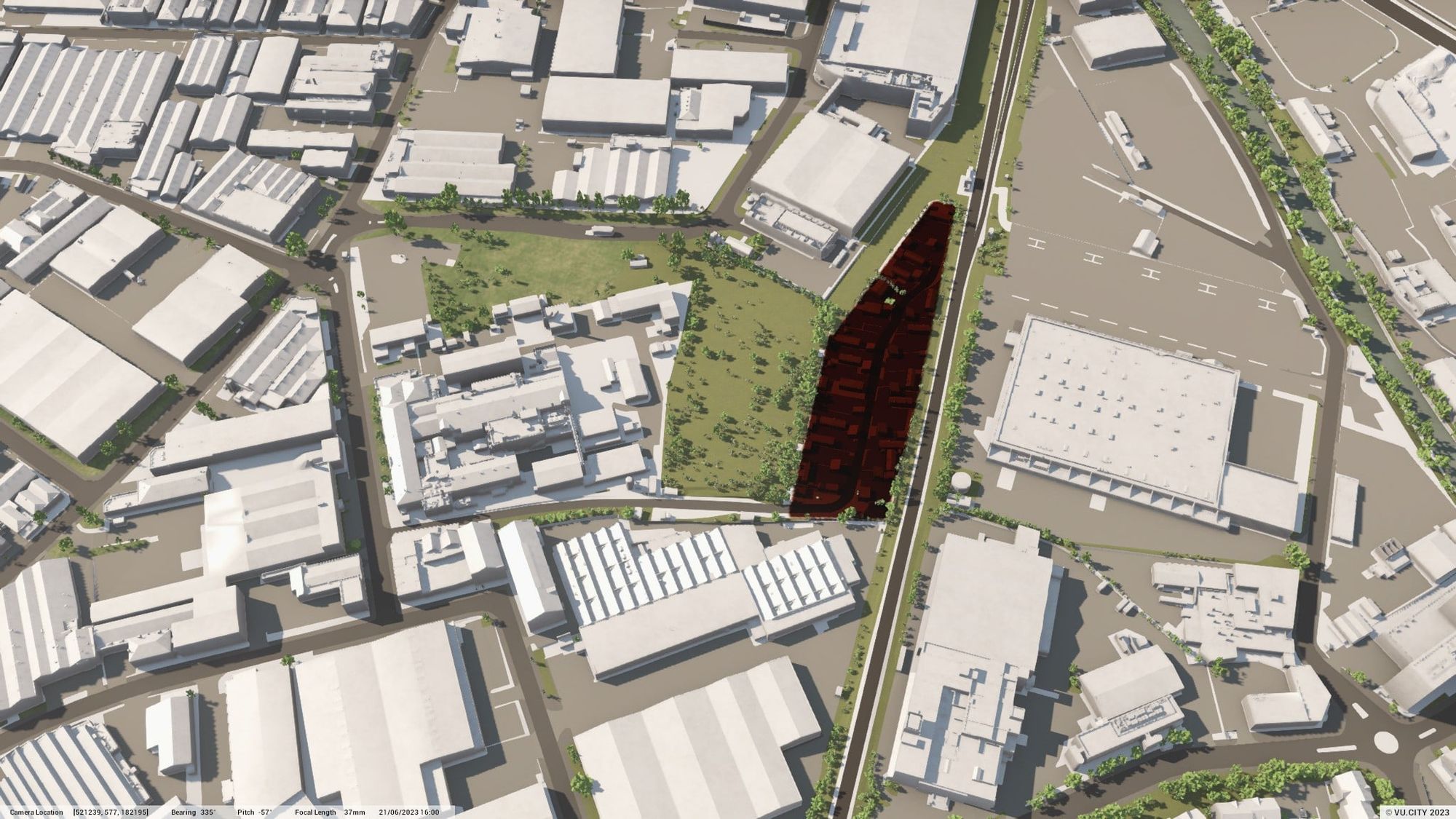
Data Layers

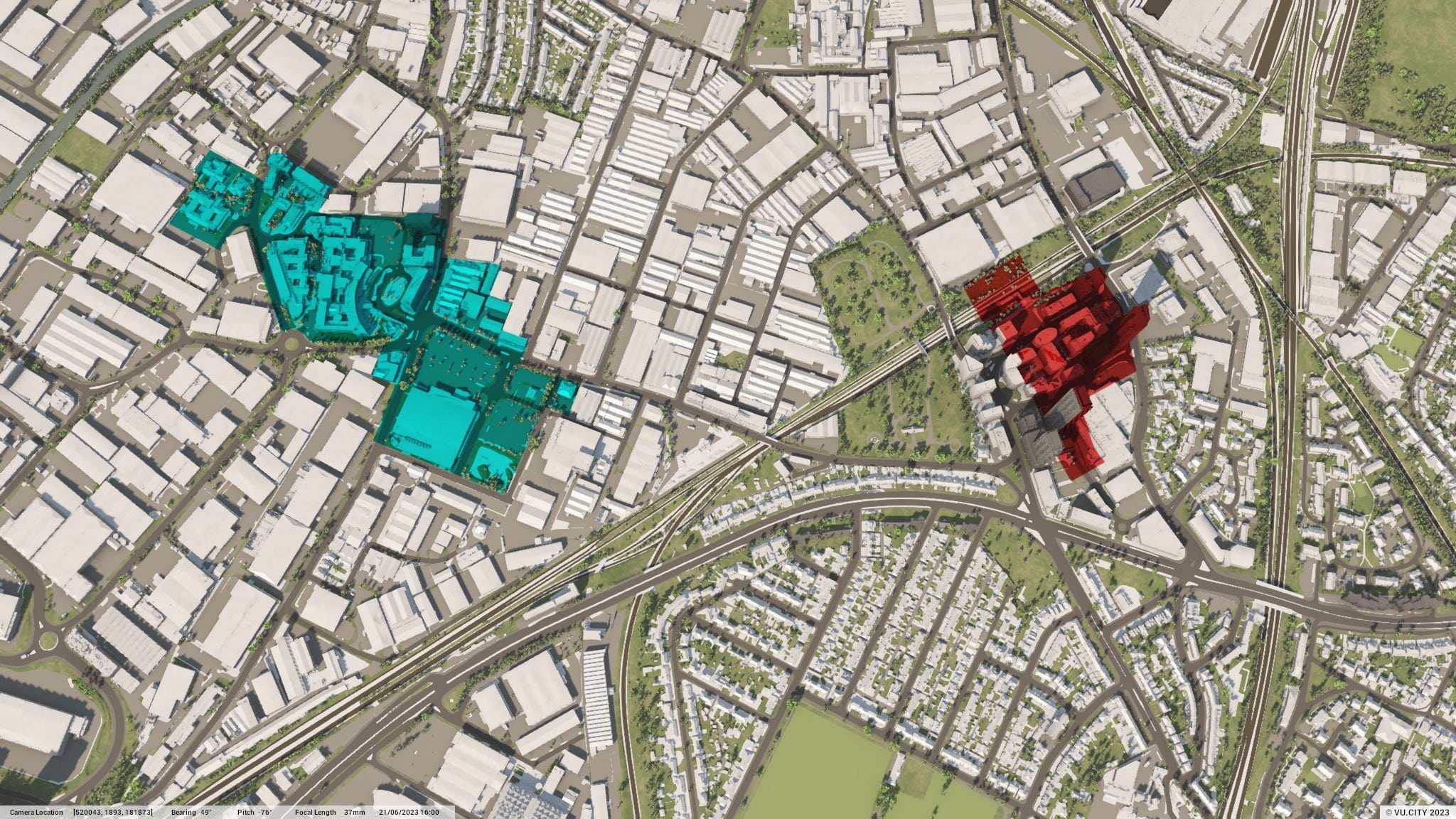
Data Layers

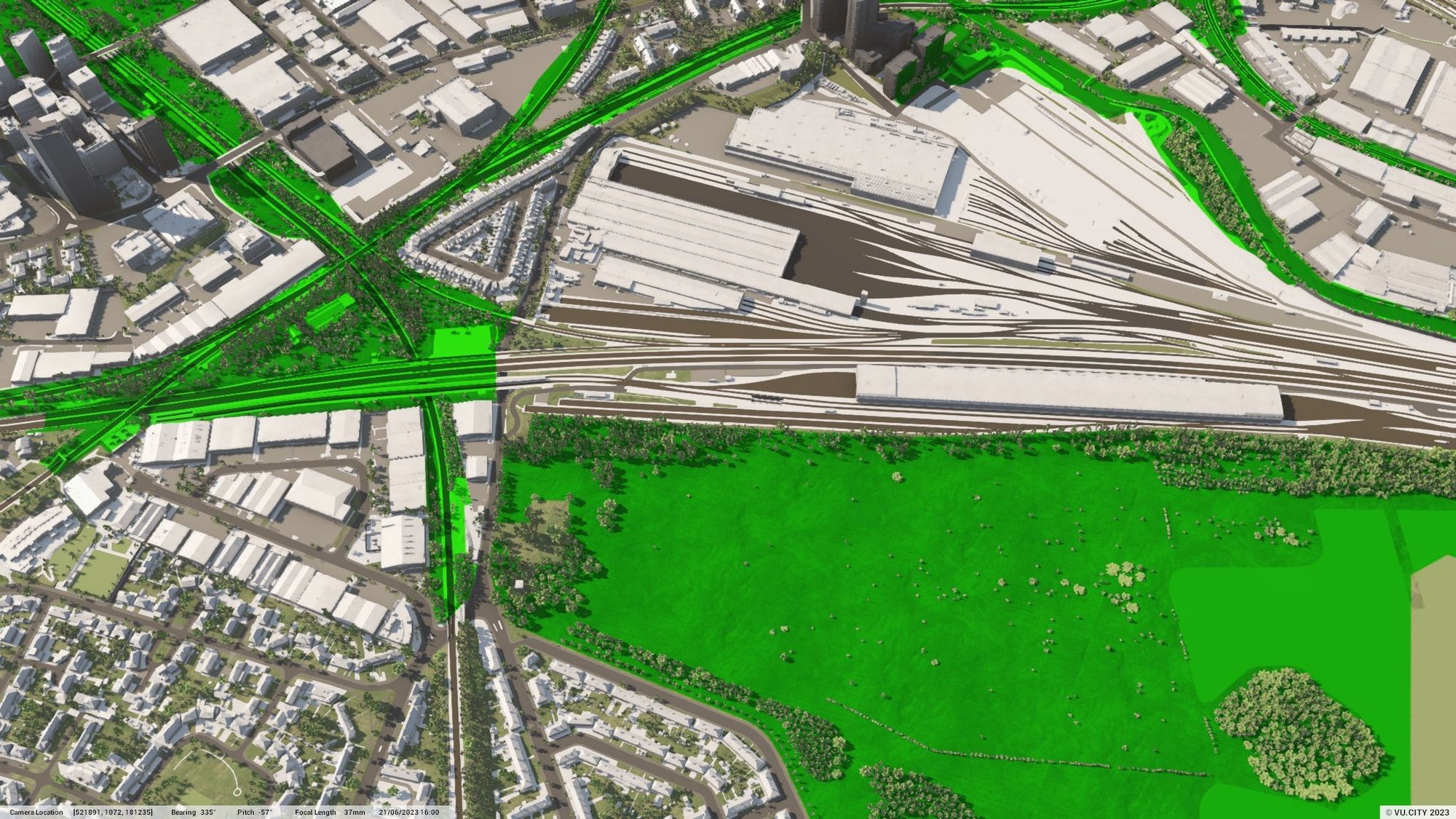
Data Layers

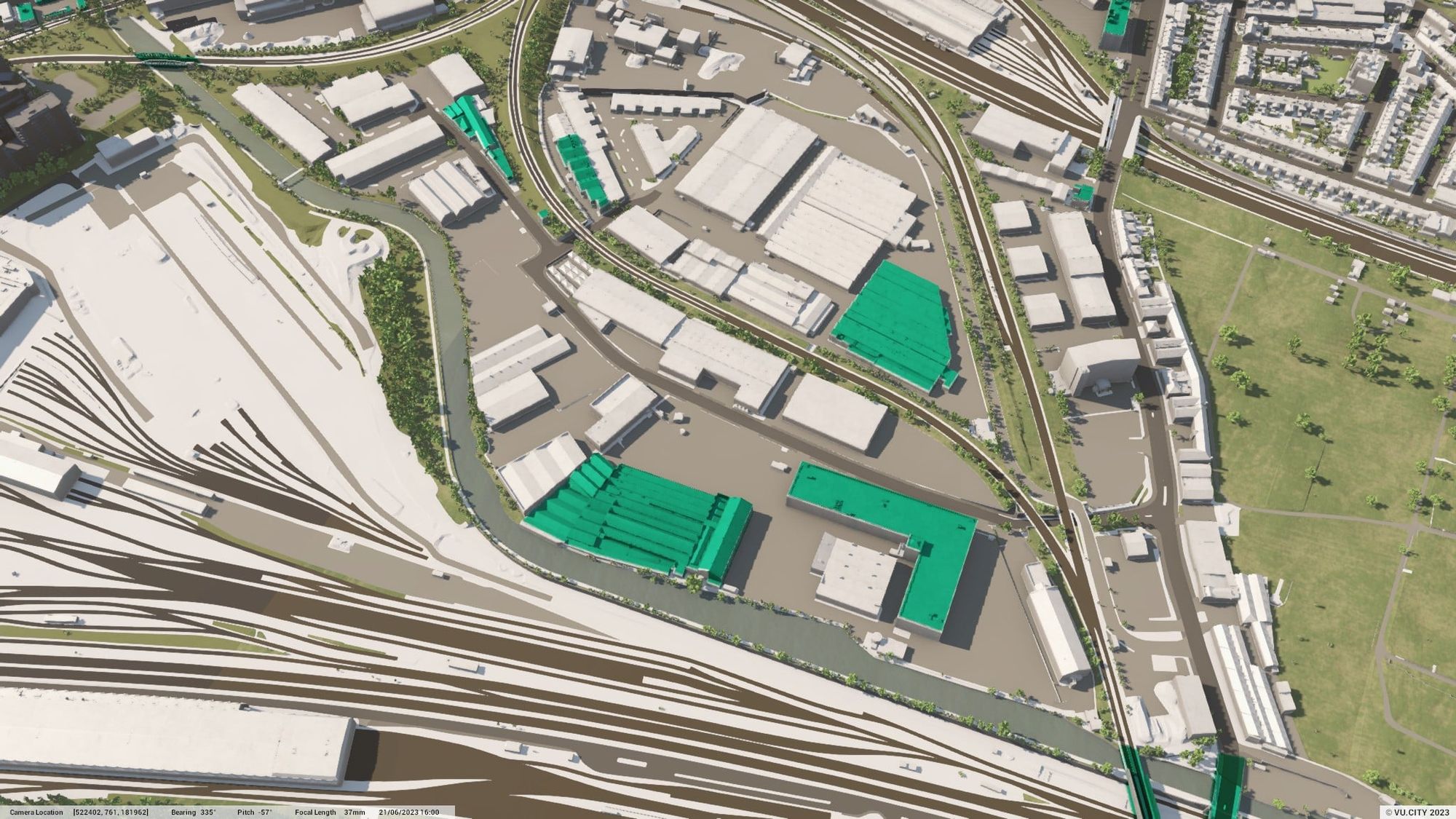
Data Layers

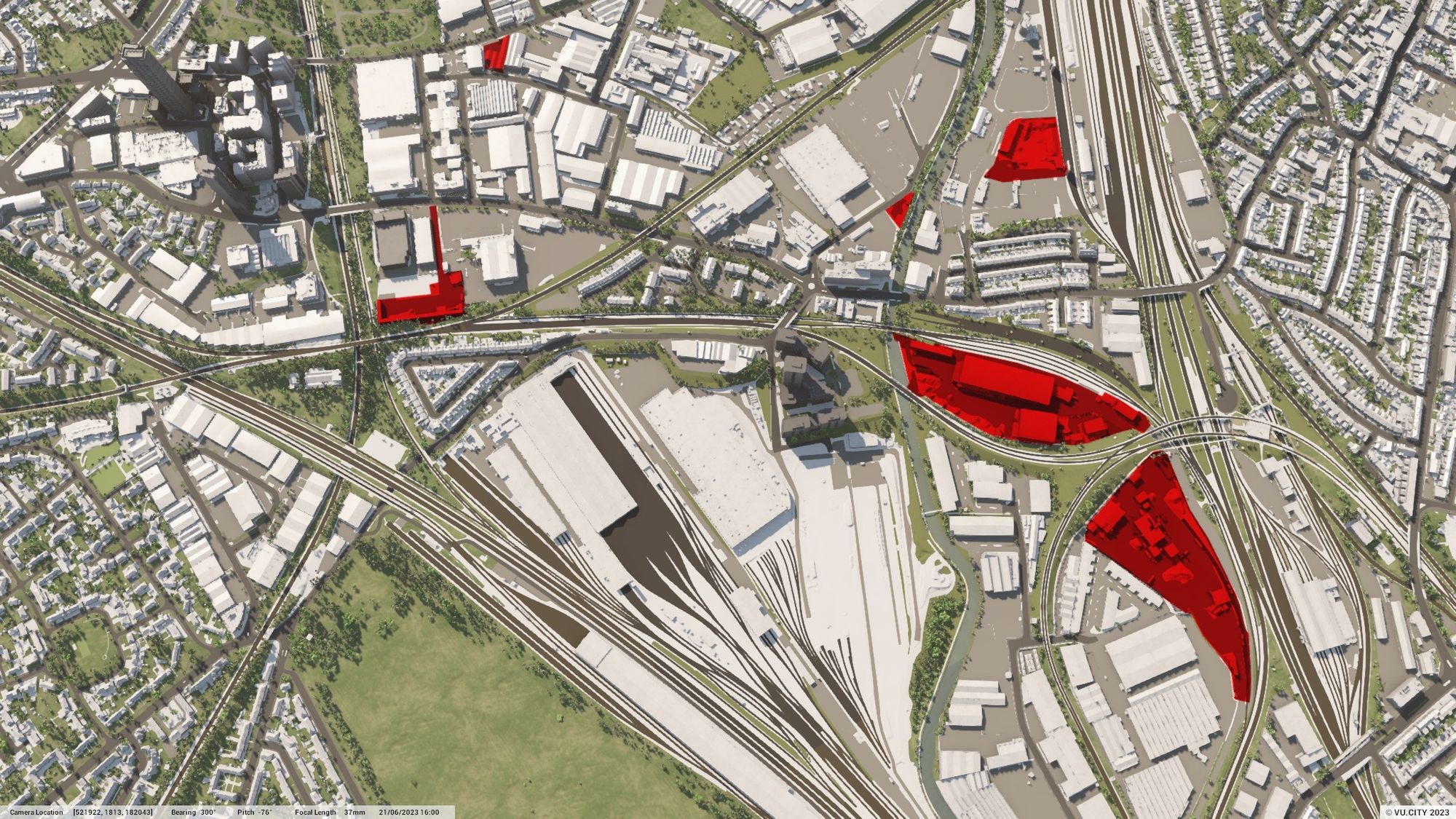
Data Layers

-
Building Age Dates from Colouring London
-
Air Pollution Data from 2013
-
Air Pollution Data from 2016
-
Air Quality Focus Areas
-
London Bedrock
-
London Boroughs Boundaries
-
Conservation Areas
-
London Brownfield Sites
-
London Planning/London Development Database (LDD) points
-
London Flood Risk Areas
-
London Green Belt
-
London Housing Zones 2016
-
London LVMF Extensions
-
London Land Registry Query
-
Listed Buildings
-
London Ofcom Internet speed
-
London Opportunity Areas
-
PTAL - Public Transport Accessibility Levels
-
St Paul's Height Grid
-
TfL network
-
TfL Cameras
-
TfL Emission Zones
-
Wimbledon Masterplan
-
Savills House Prices 2017
-
Barbican and Golden Lane Estate Conservation Area
-
Heritage at Risk
-
Locally Listed Buildings
-
Protected Squares
-
Statutory Listed Buildings
-
Energy Performance Certificates
-
Scheduled Monuments
-
City of London Monument Views Policy Area
-
Drug Crime
-
Robbery
-
Shoplifting crimes
-
Southwark Designated Open Spaces
-
Southwark District Town Centres
-
Southwark Major Town Centres
-
Southwark Opportunity Areas
-
Theft from person
-
Tower of London Local Setting Boundary
-
Vehicle crimes
-
Annual Average Household Income 2021
-
Article 4 Direction 2017
-
Article 4 Direction 2022
-
Conservation Areas
-
Deprivation Index 2021
-
Existing Enhance Routes
-
Flood Risk 0.1m
-
Flood Risk 0.3m
-
HS2 Extended Homeowner Protection Zones
-
HS2 Safeguarding
-
Neighbourhood Areas
-
Neighbourhood Town Centres
-
Places of Local Distinctiveness
-
Population Density 2021
-
Safeguarded Gypsy and Traveller Sites
-
Site Allocations
-
Sites of Importance for Nature Conservation
-
Statutory and Local Heritage Listings
-
Waste Sites
LONDON COVERAGE
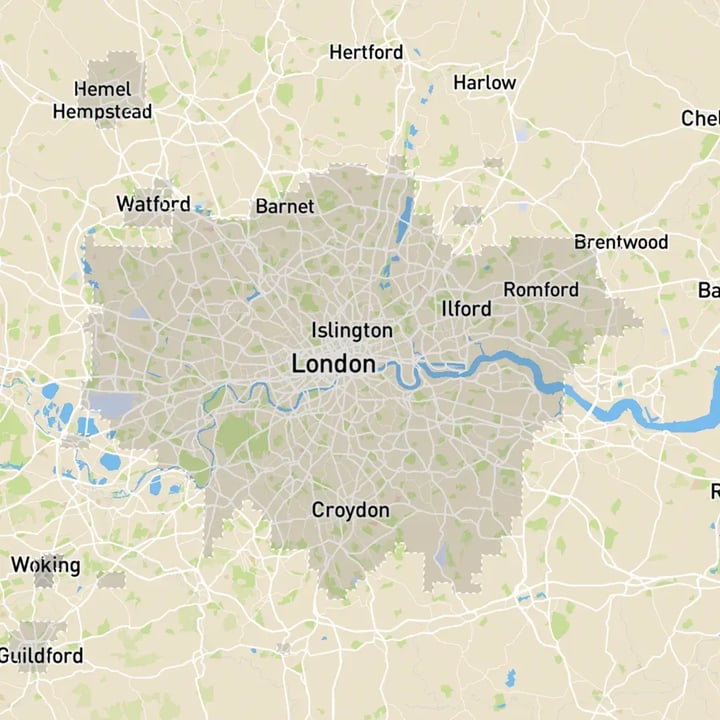
Can't see your area? Get in touch.
VU.CITY is constantly expanding in coverage.

Create smart cities the smart way
VU.CITY helps organise, visualise, and analyse city data in the clearest and most accessible way to make better decisions.
VU.CITY covers the whole of London and 25 major UK and international cities.
Transform design and planning
Quickly identify and appraise sites. VU.CITY's visualization, design functionality and planning data, allow you to optimise your designs.

Build trust and collaboration
Now everyone involved can have a clear, universal understanding of what’s proposed and why, in a single, secure place. VU.CITY makes decision-making democratic and fair.

Improve
outcomes
Remove barriers and minimise risks early. Have confidence in your designs and plans. Increase buy-in for project success.

Test out ideas in situ, from one building to a masterplan. Create your vision and submissions with confidence.
Collate site information in one place

Communicate complex spatial arrangements

Make documentation stand up and stand out

Speed up planning conversations

Strengthen relationships

Create winning submissions

Discover where there is potential for change, and help everyone easily understand what’s involved and why.
Collate site information in one place

Communicate complex spatial arrangements

Speed up the planning process

Speed up planning conversations

Strengthen relationships

Create winning submissions

Reduce guesswork and unwanted costs – make the right decisions for the right outcomes, faster.
Appraise site capacity and viability, faster

Save time and costs through collaboration

Reduce planning uncertainties; increase buy-in

Speed up the planning process with better informed decisions

Sell or lease earlier to realise profits sooner

Understand designs and plans with ease, and make decisions with clarity to benefit your city and your communities.
Make the best possible decisions, quicker

Collate site, scheme and planning information in one place

Standardise decision-making

Have informed and transparent conversations

Improve how you consult on policies and plans

Understand the cumulative effects of planning changes




.png)
